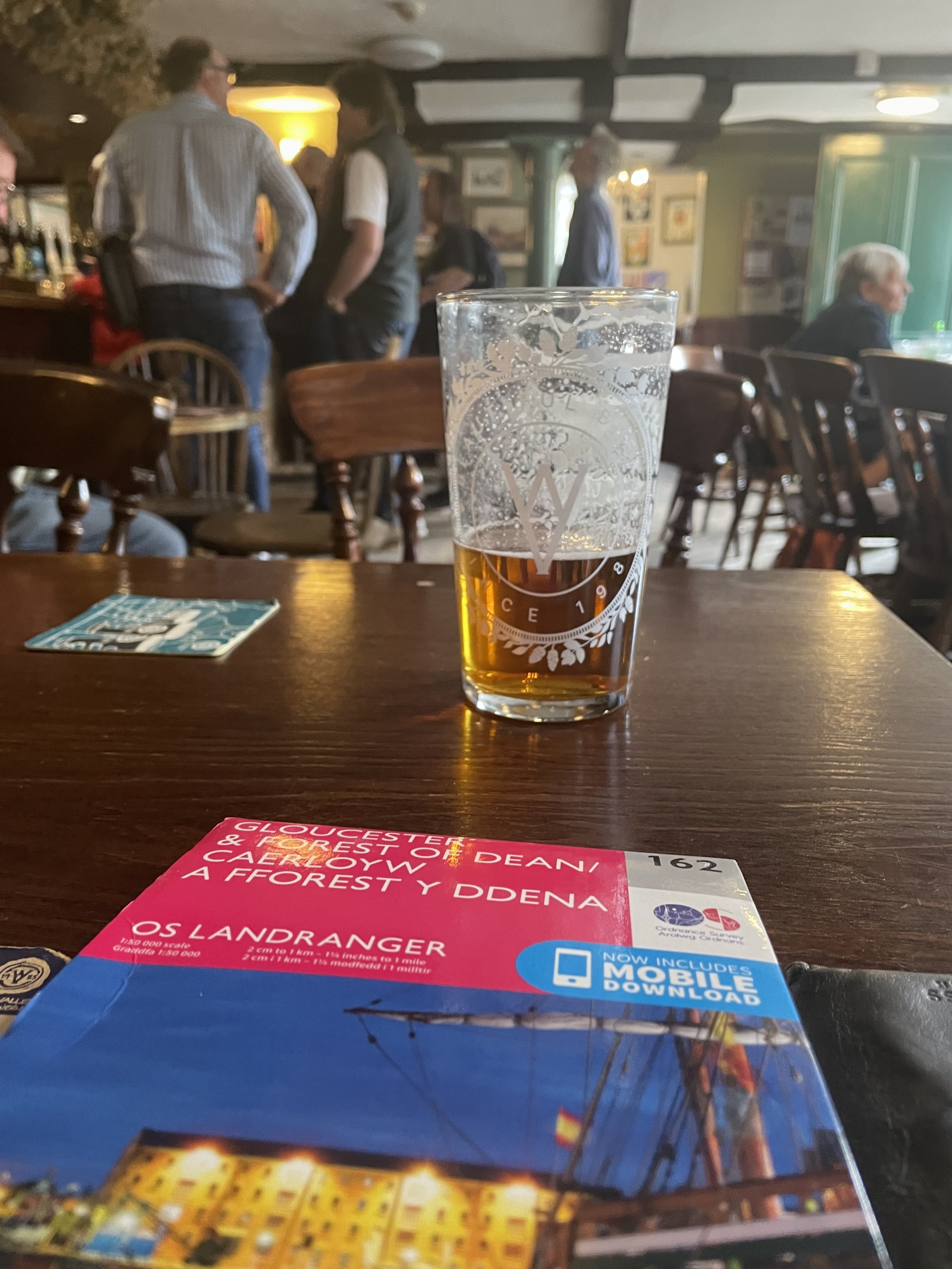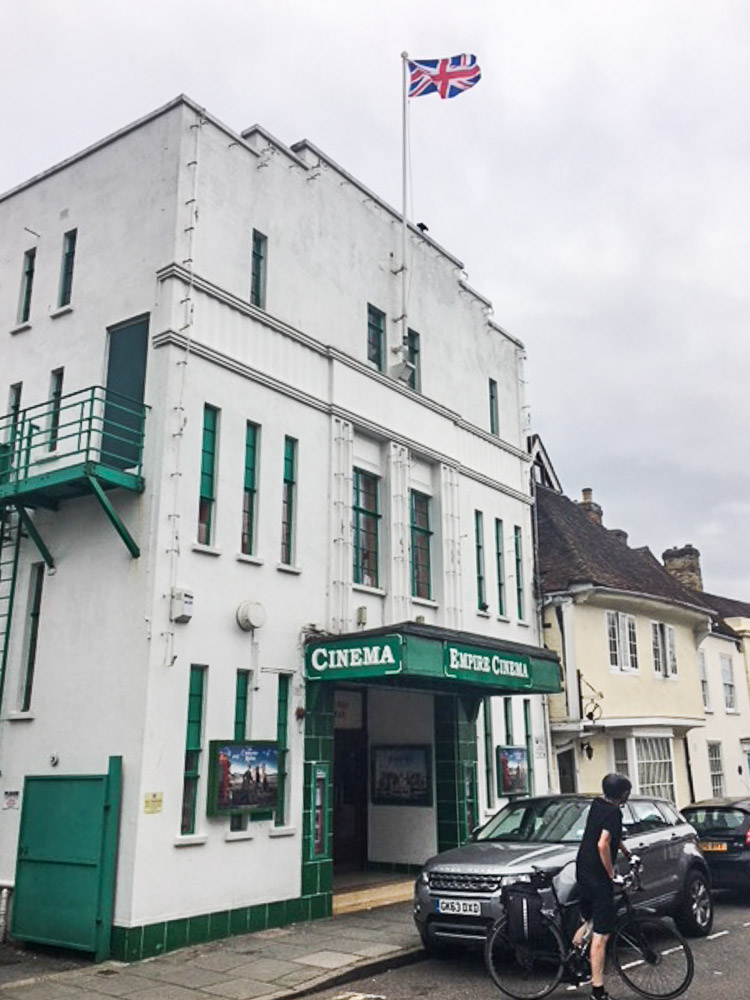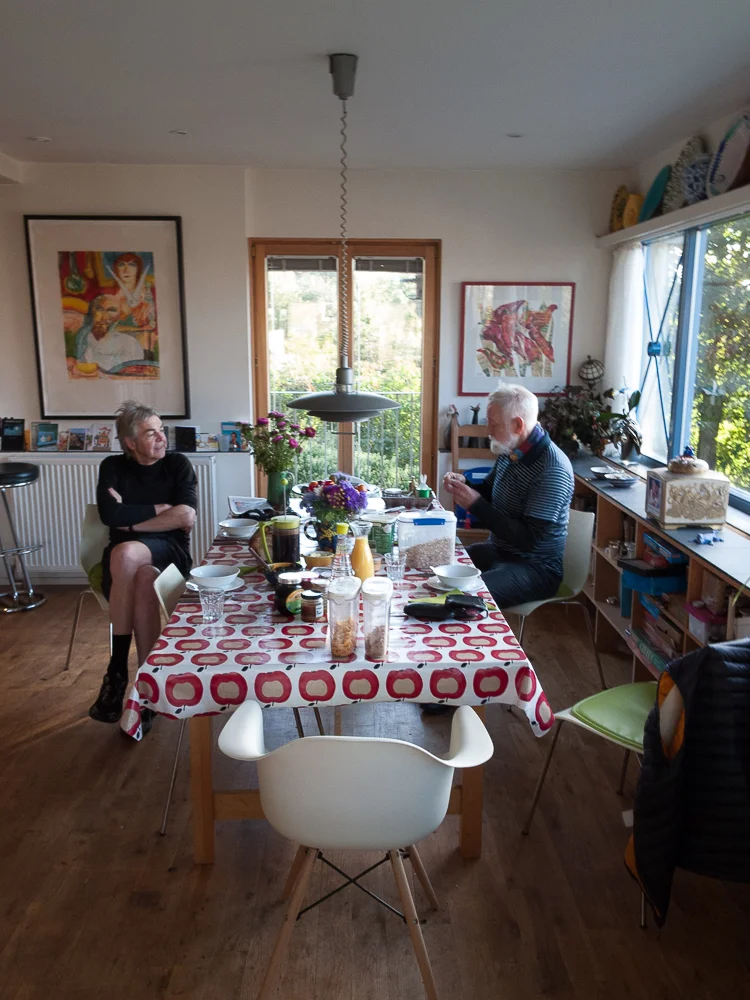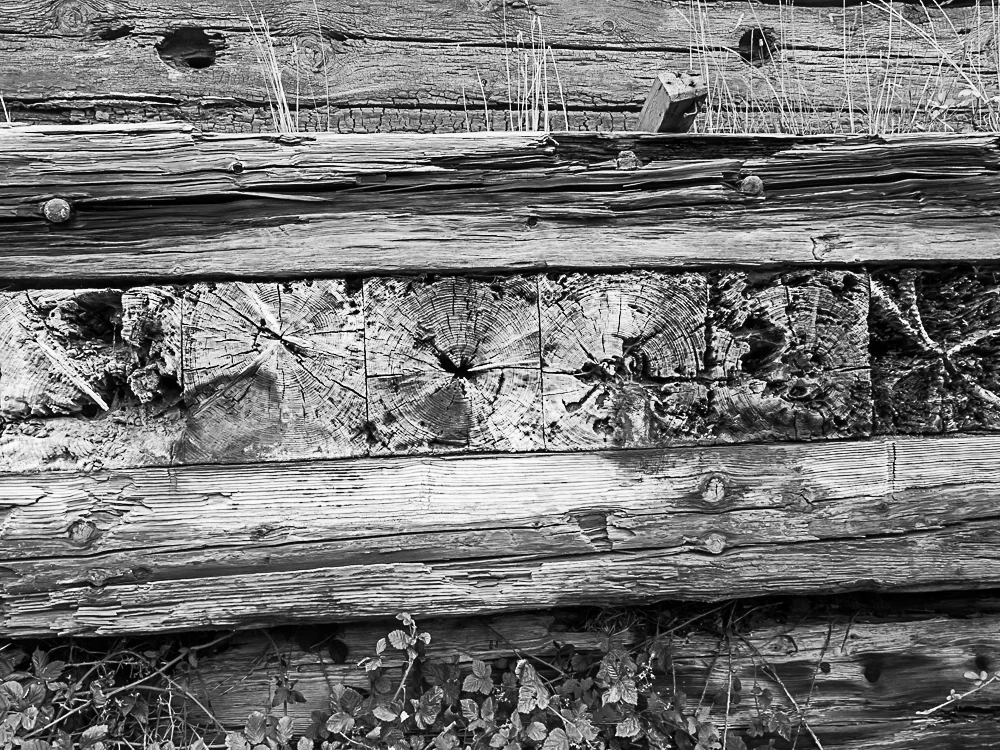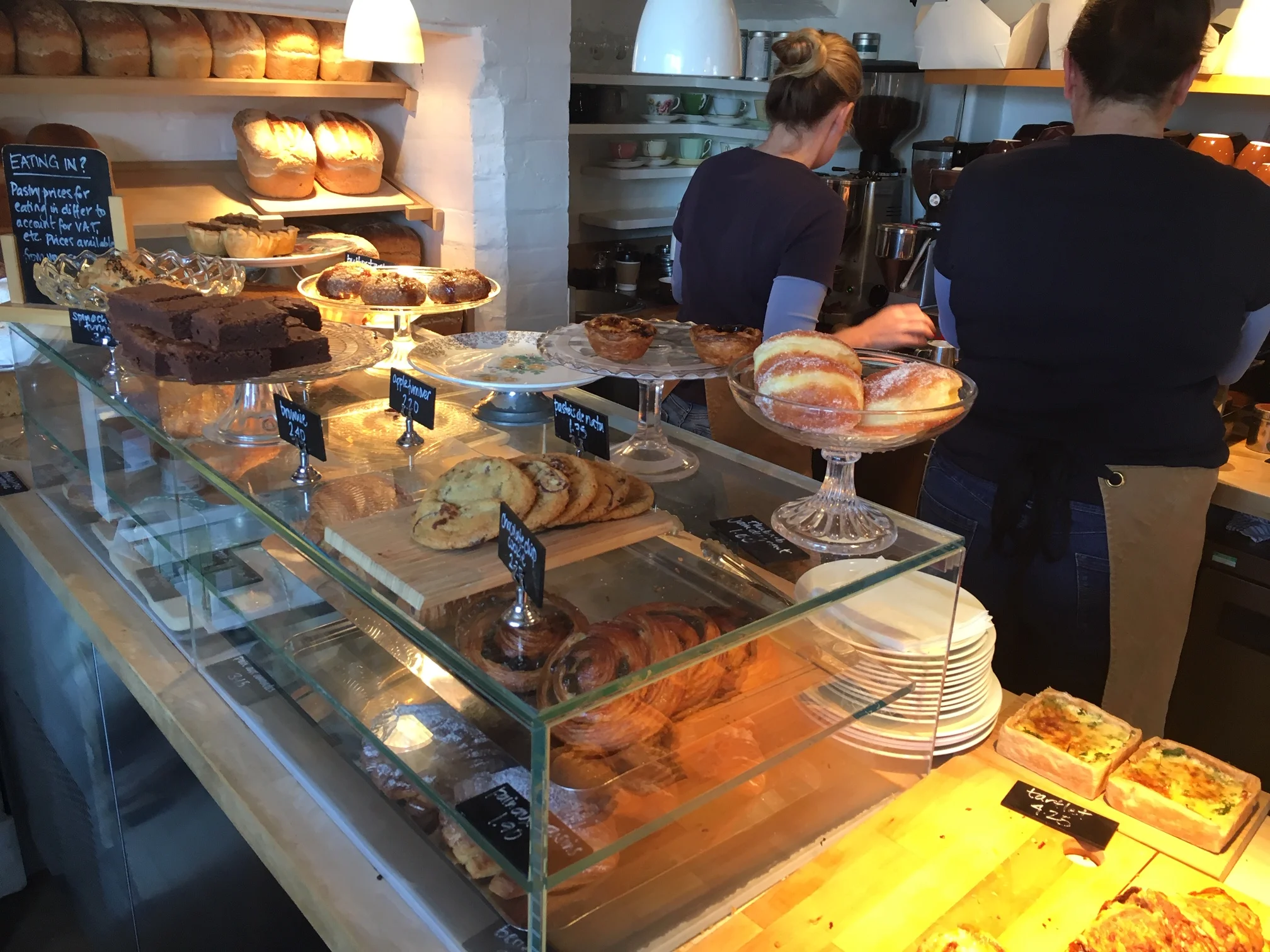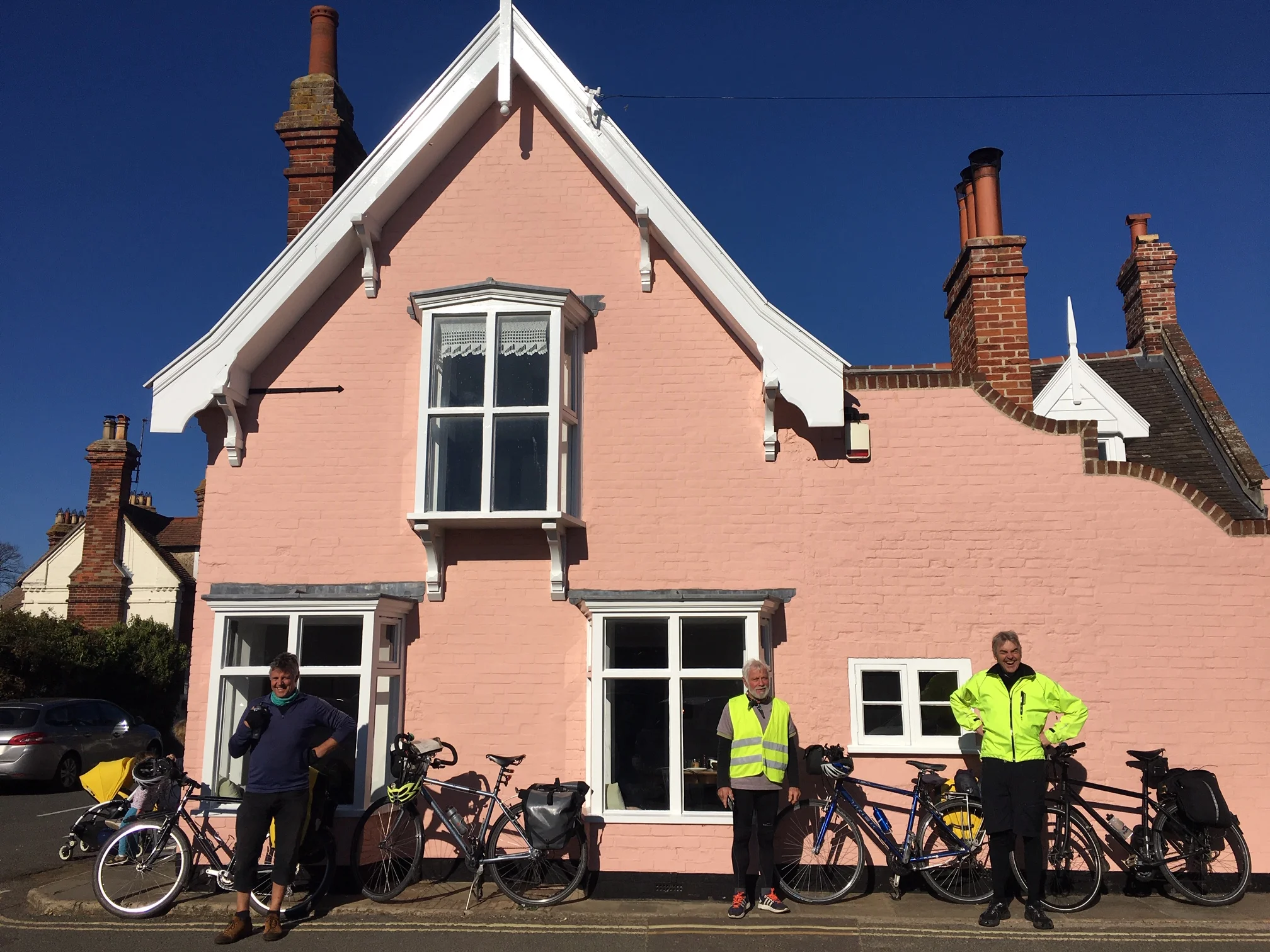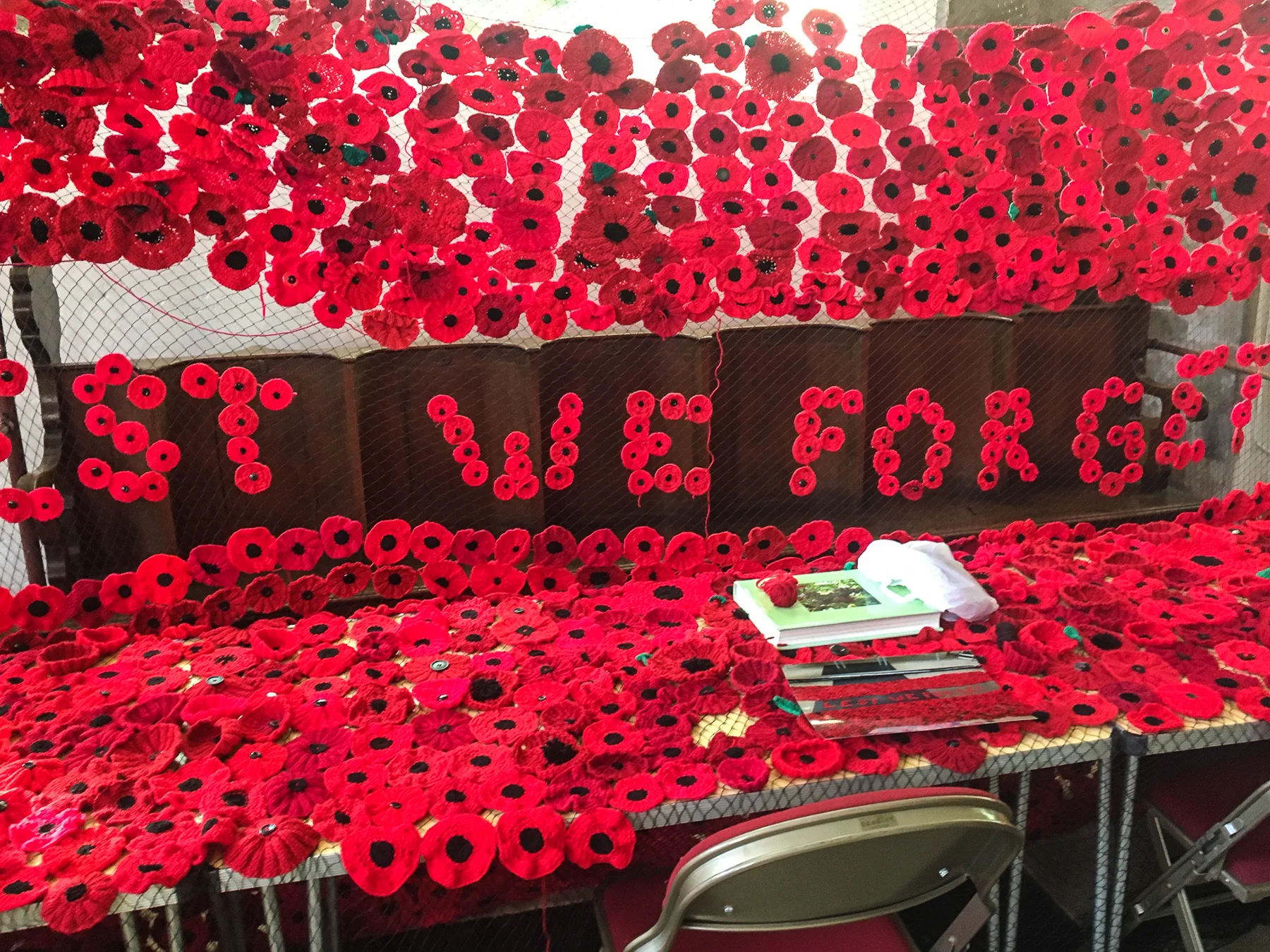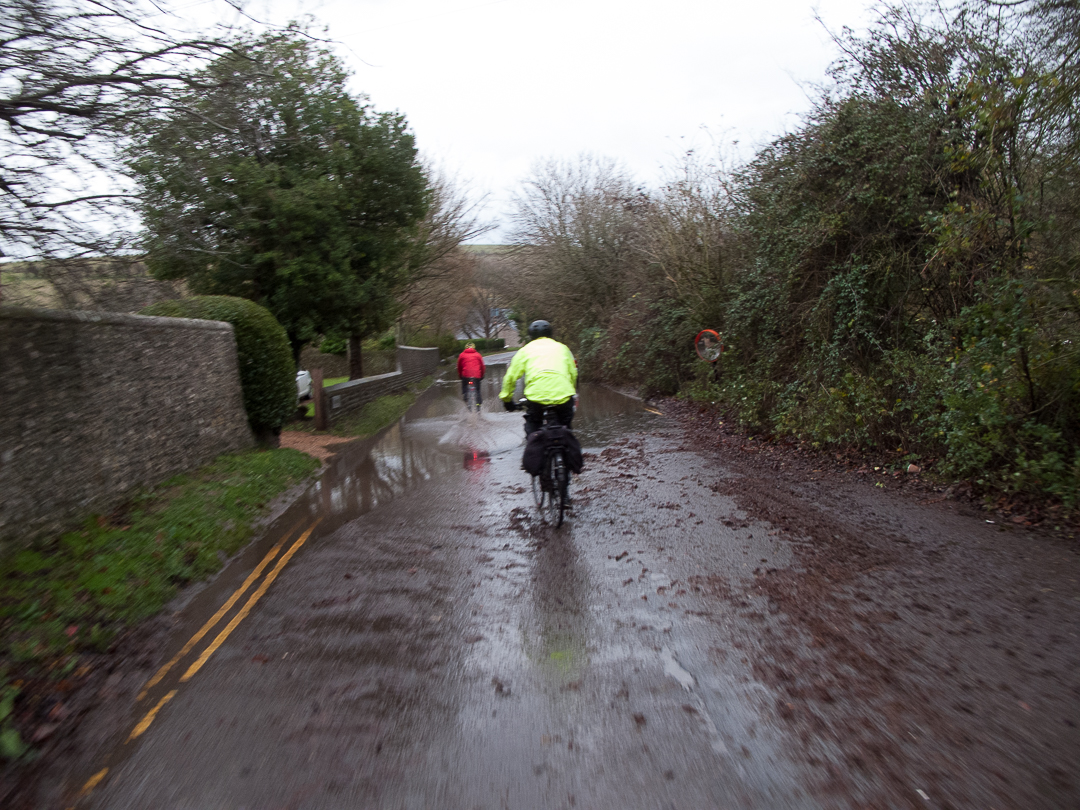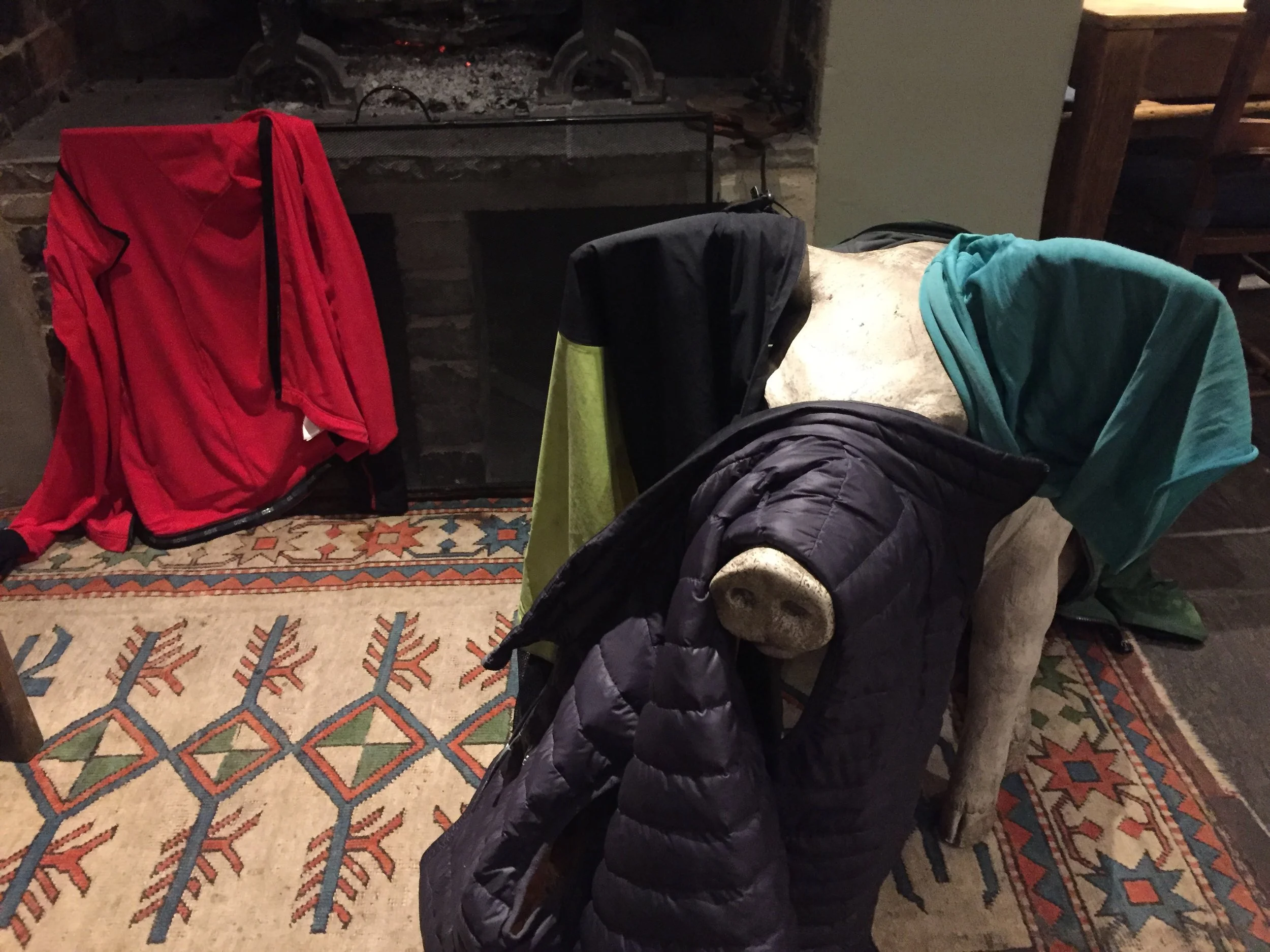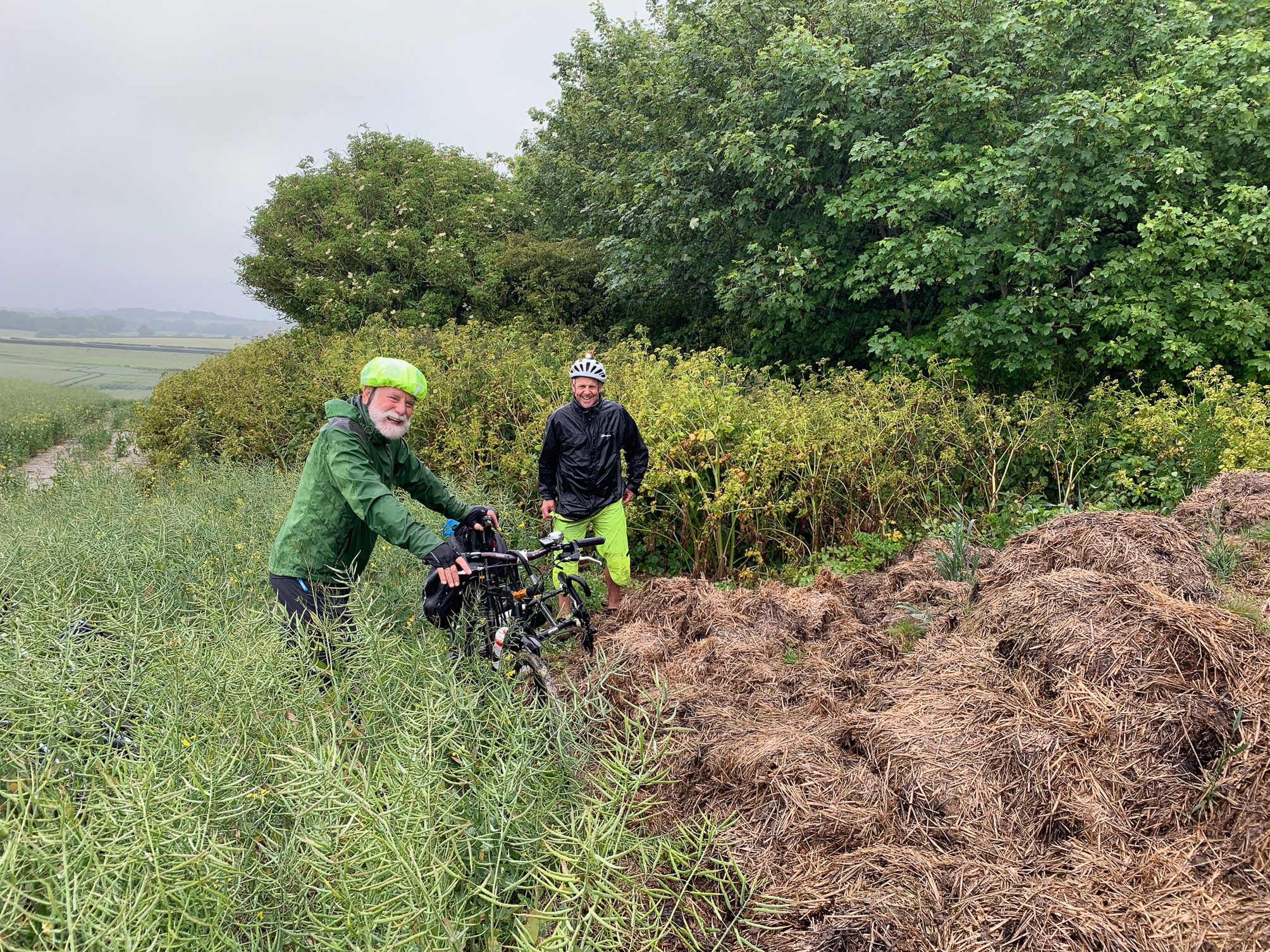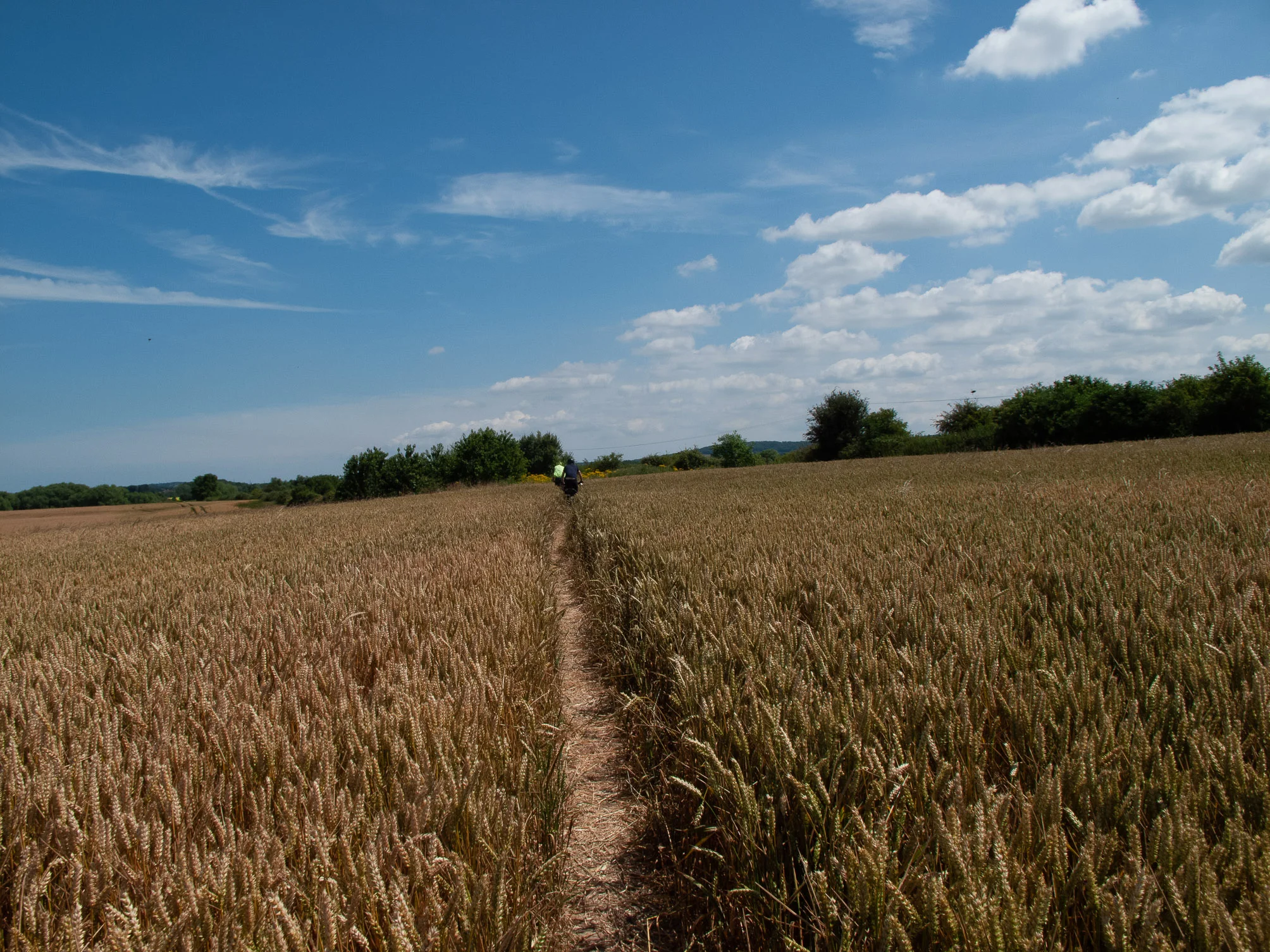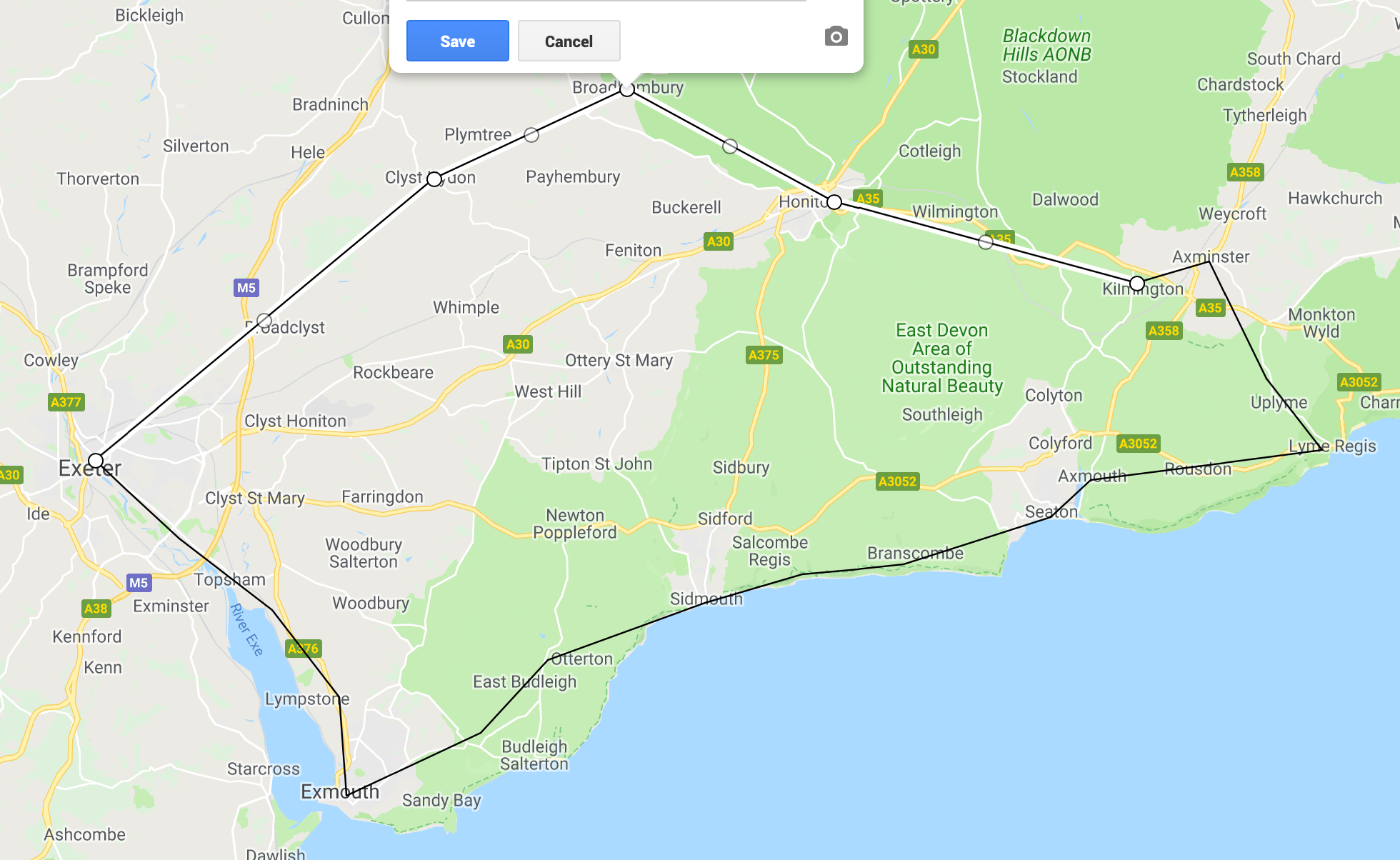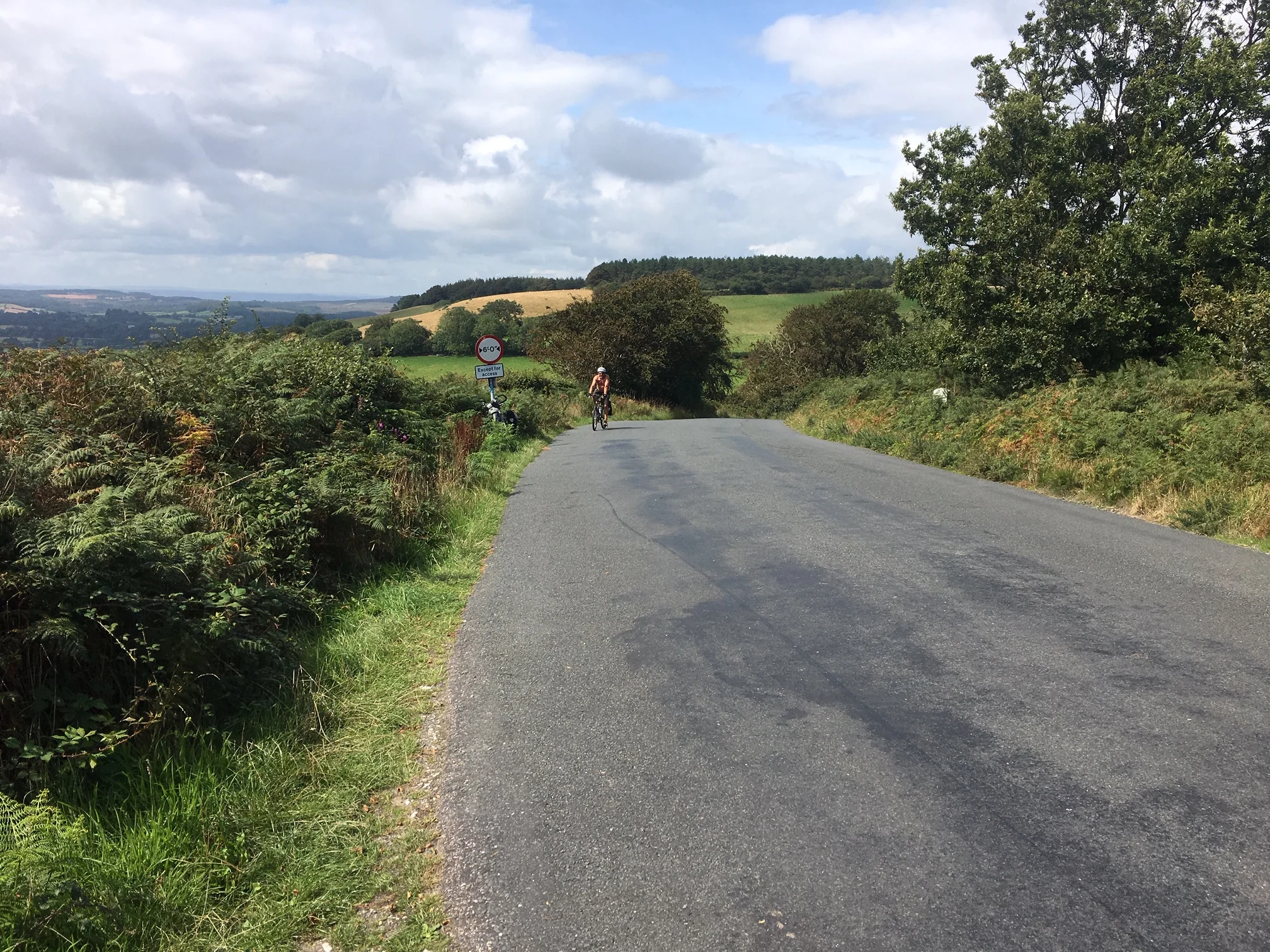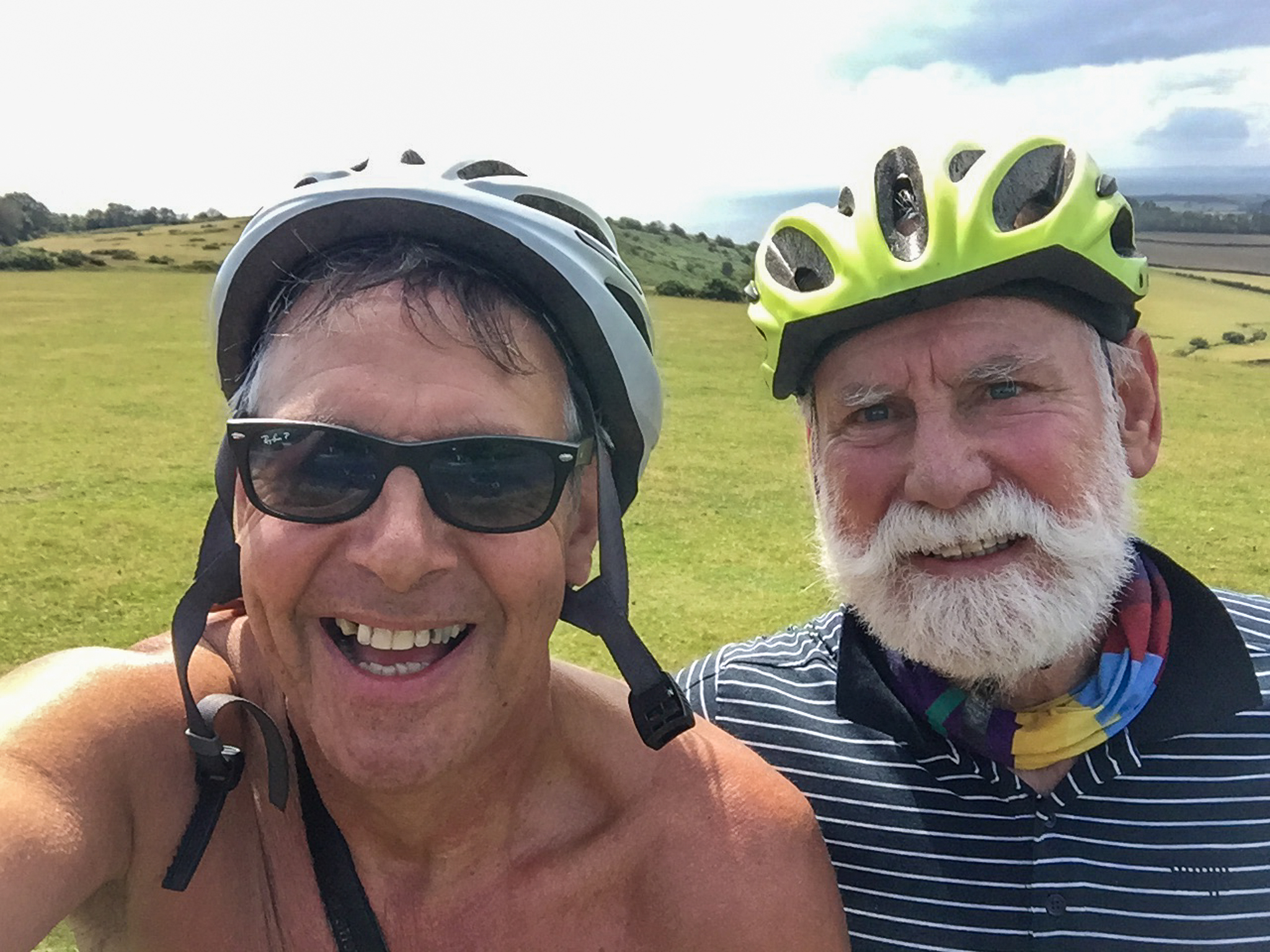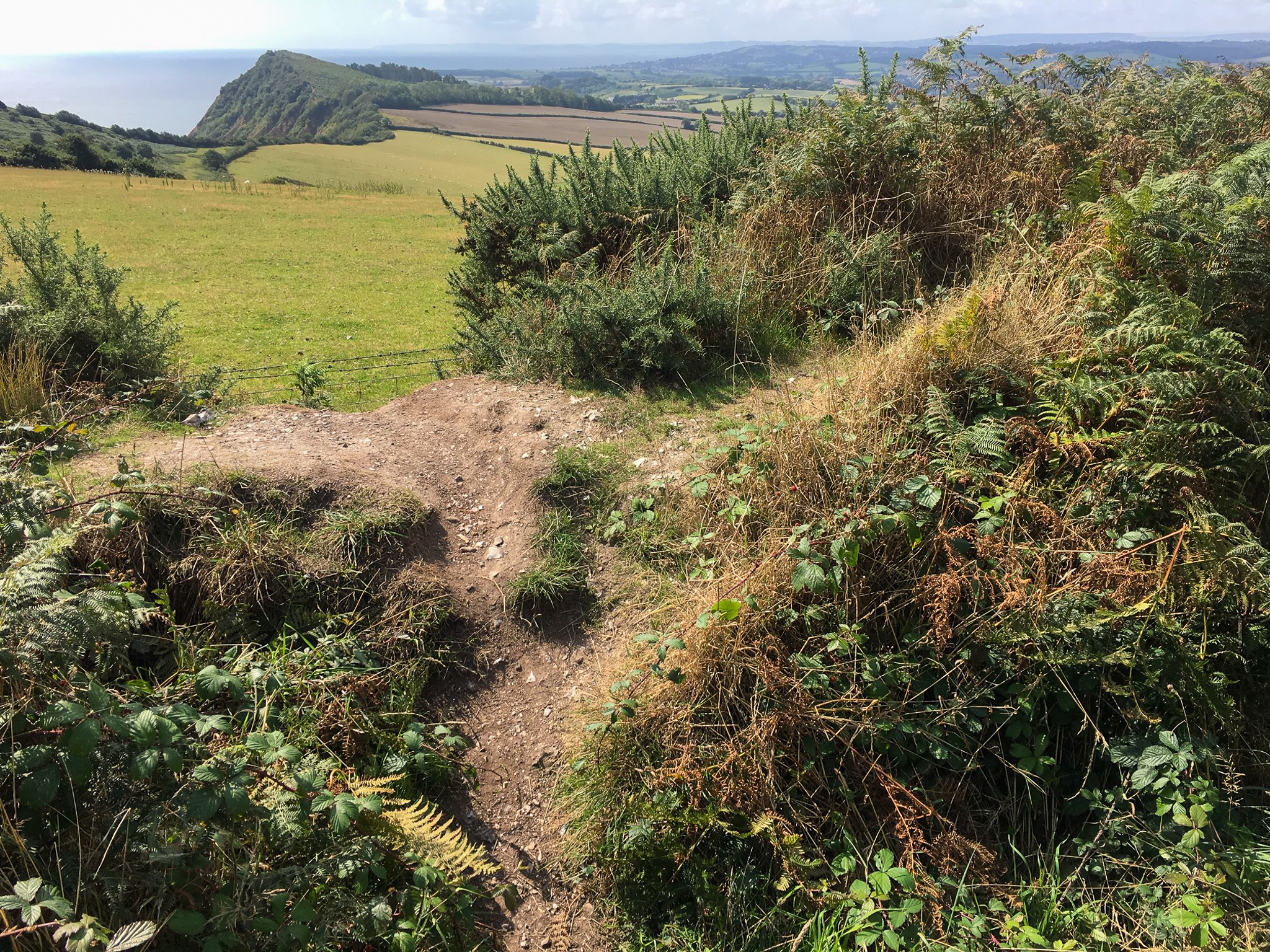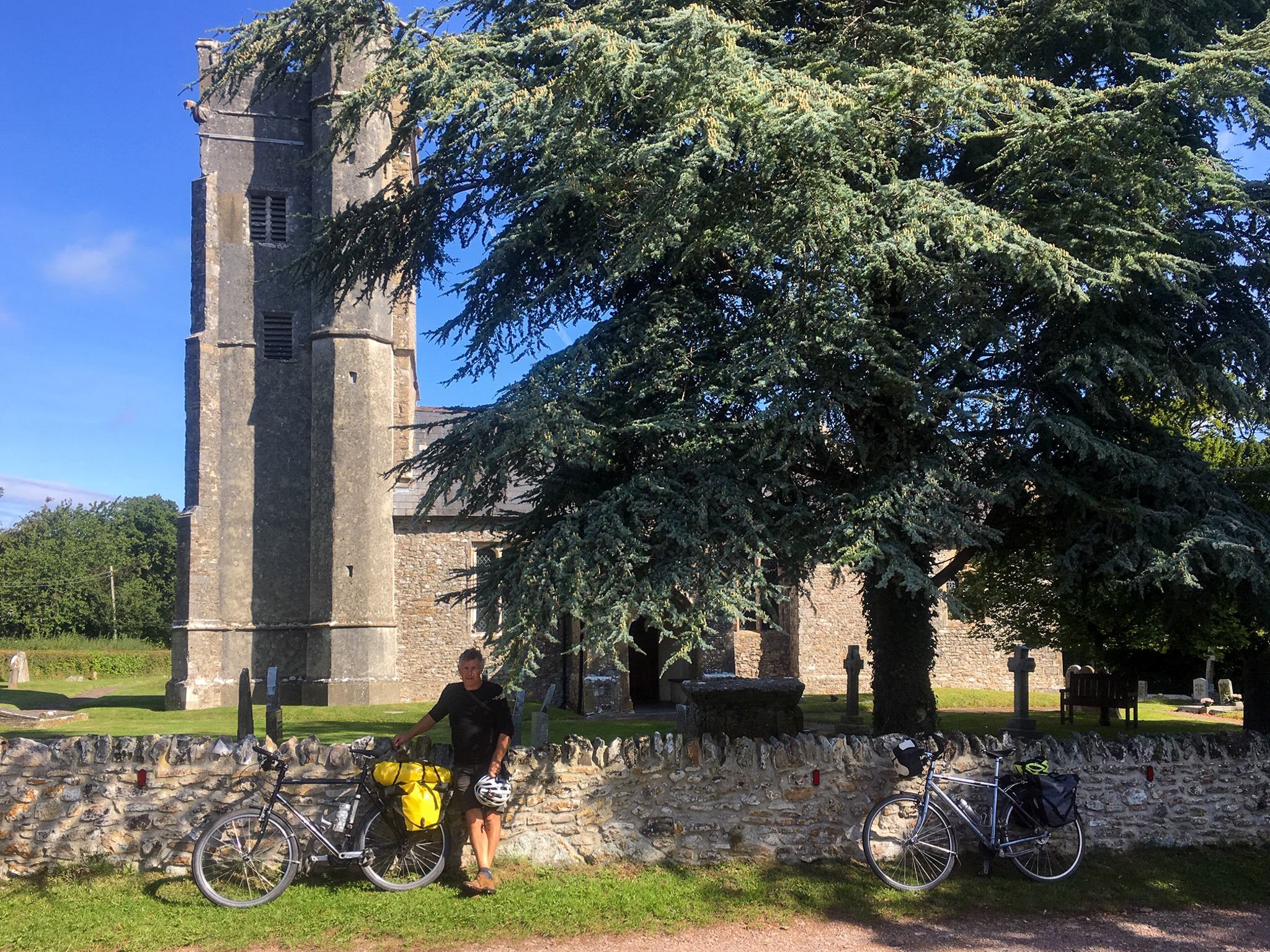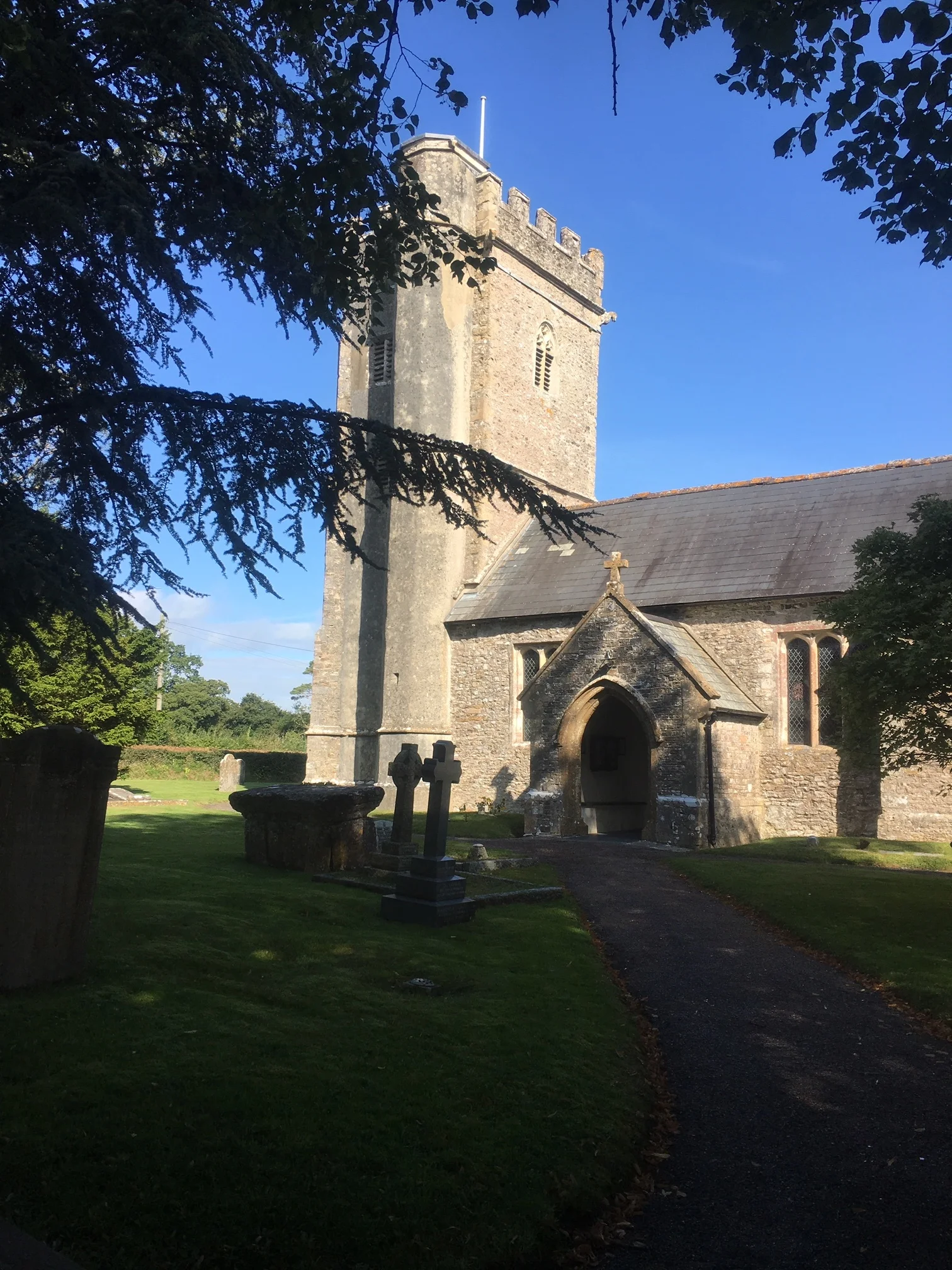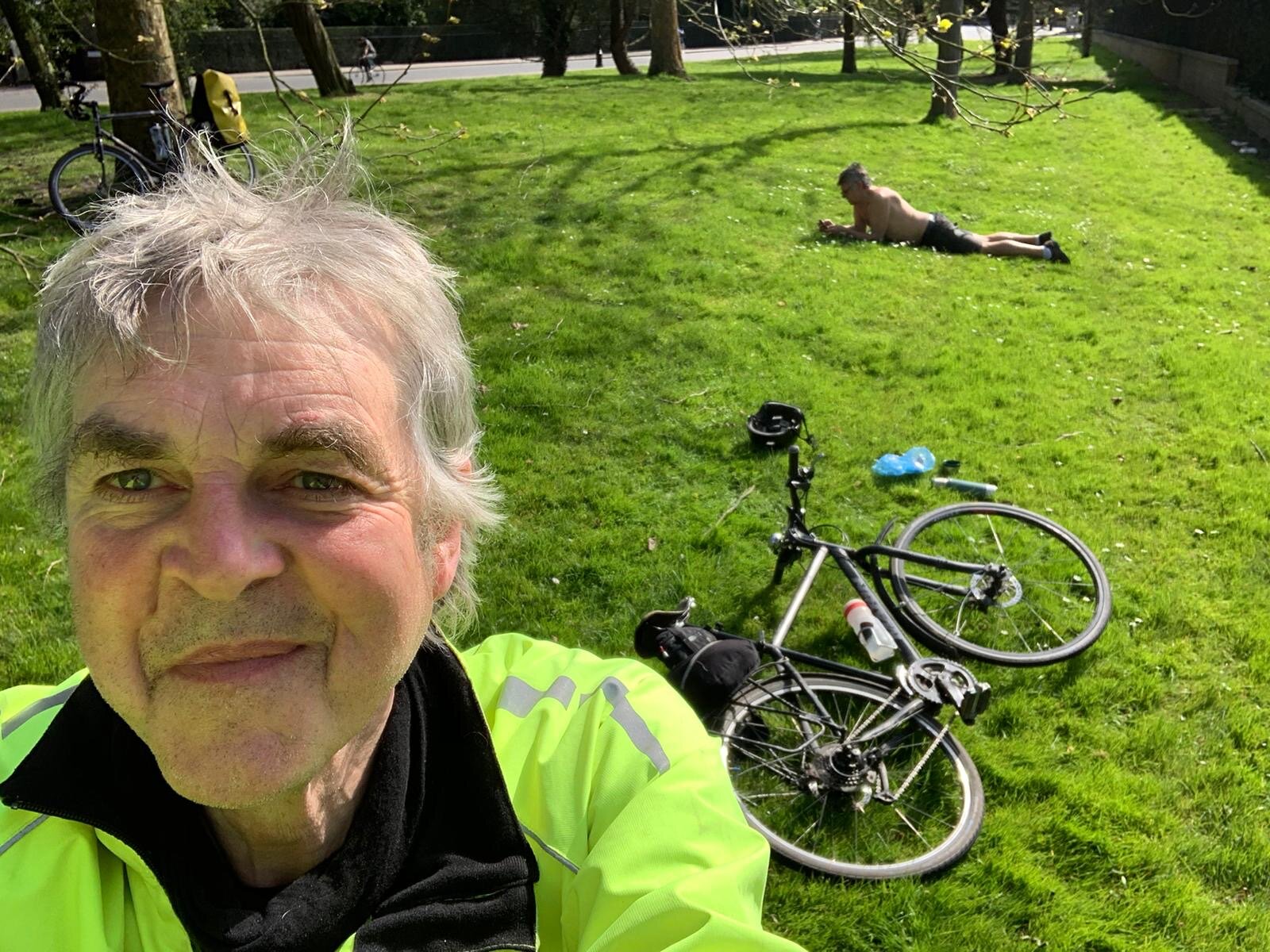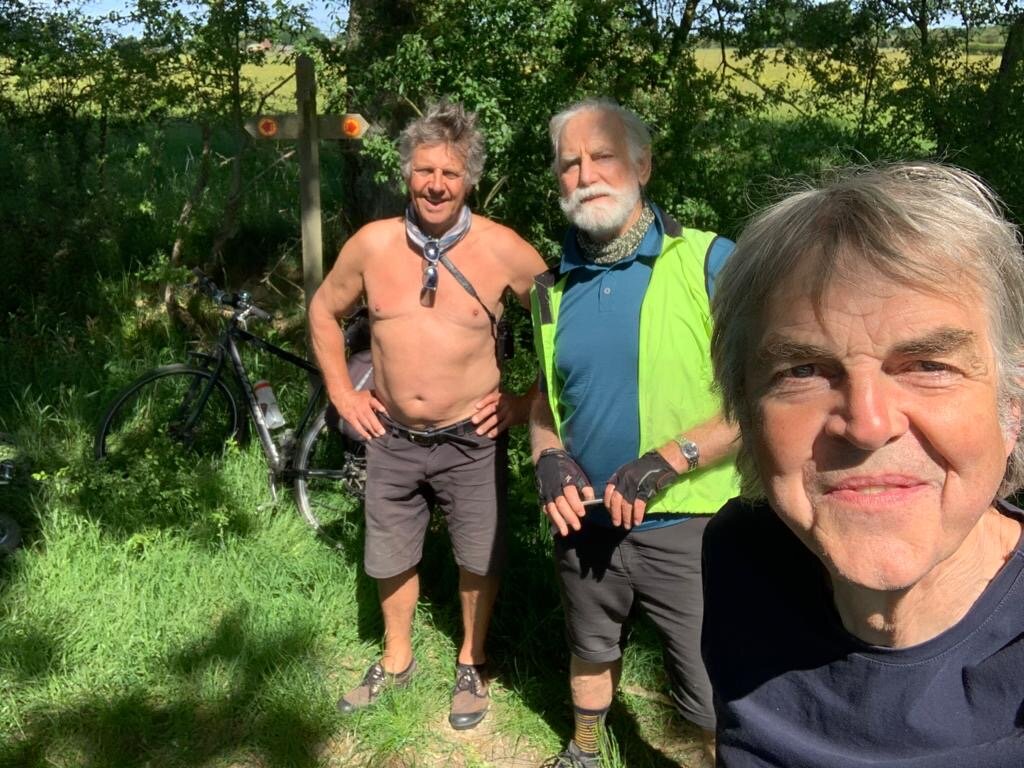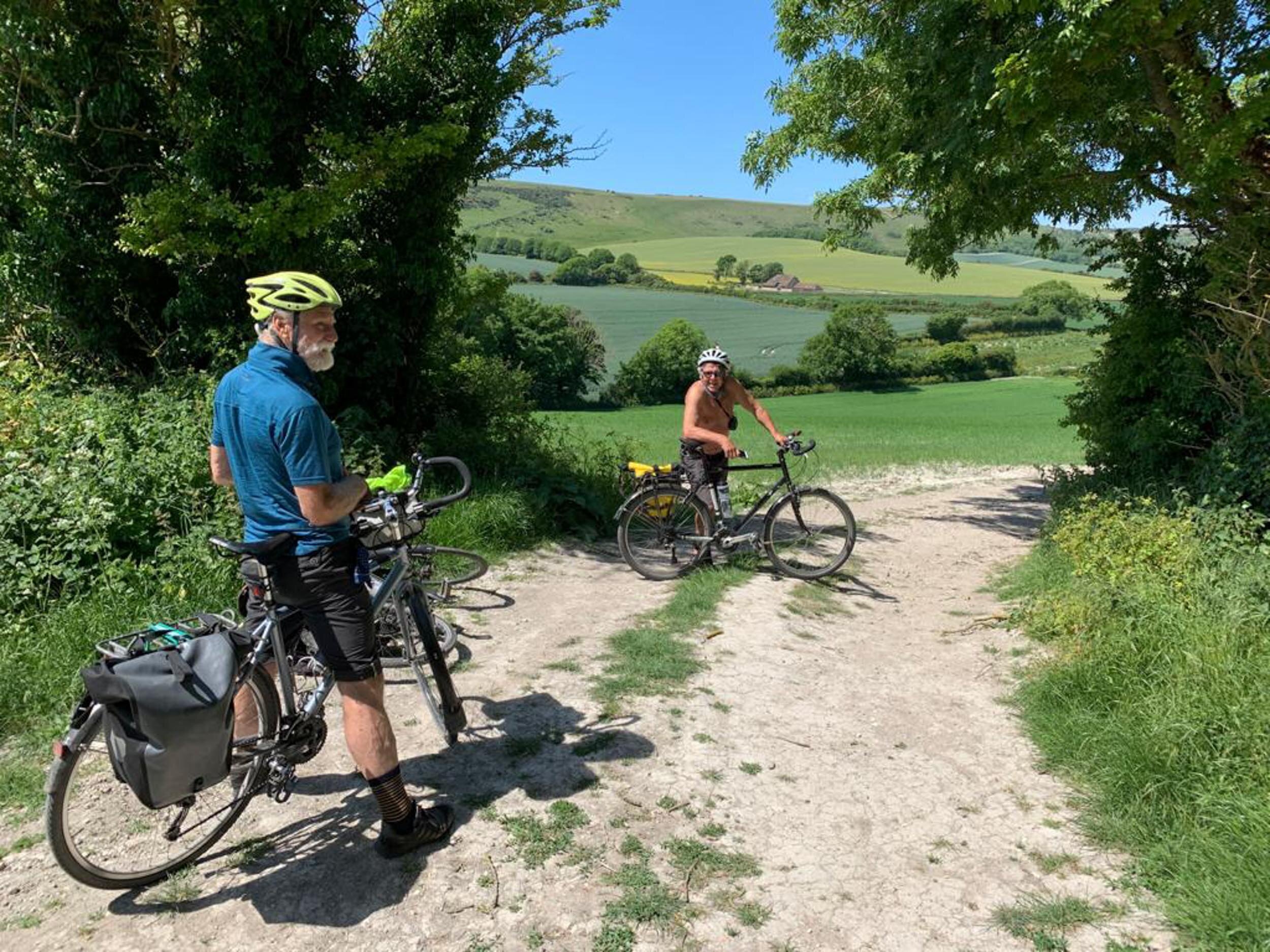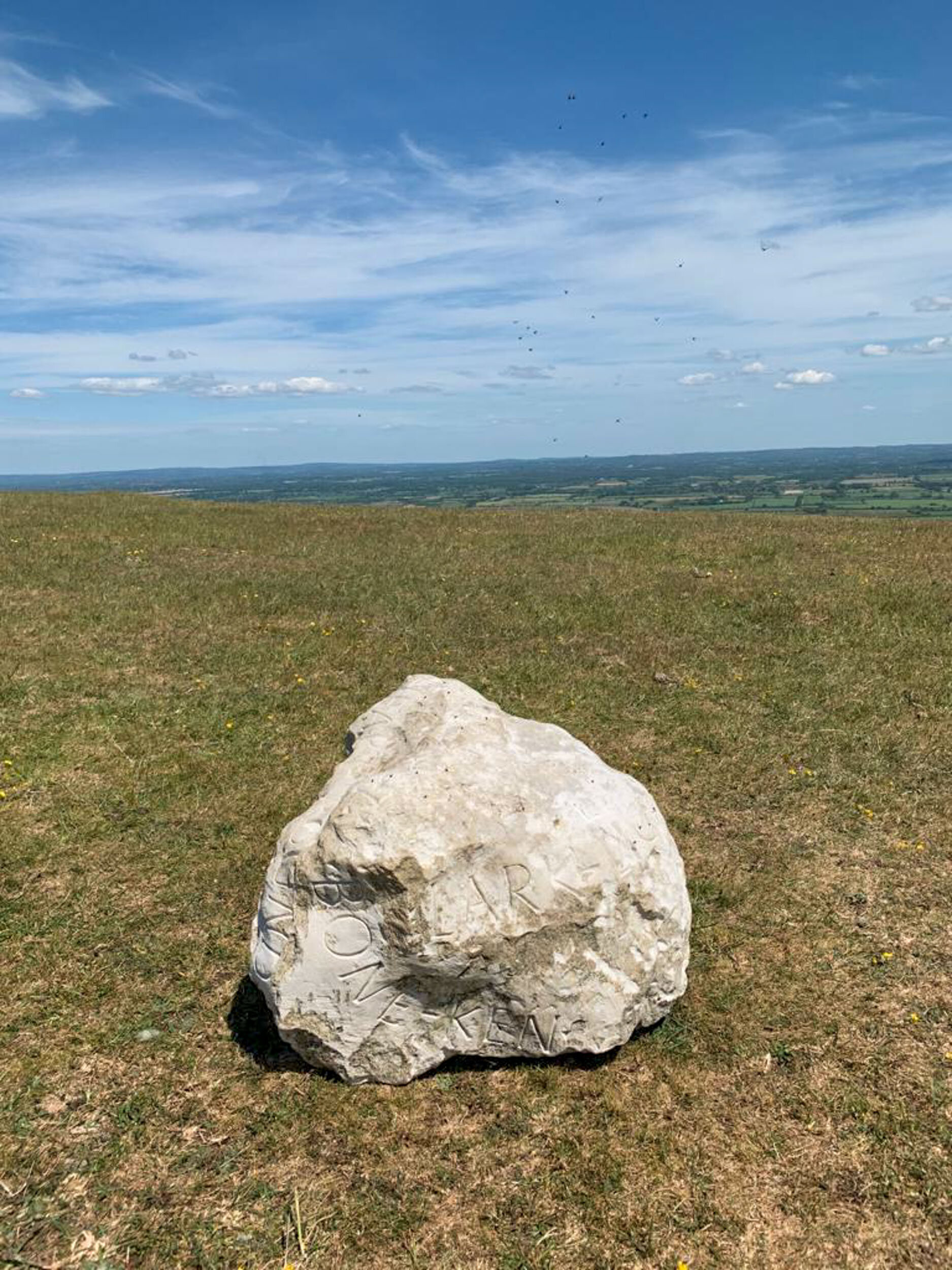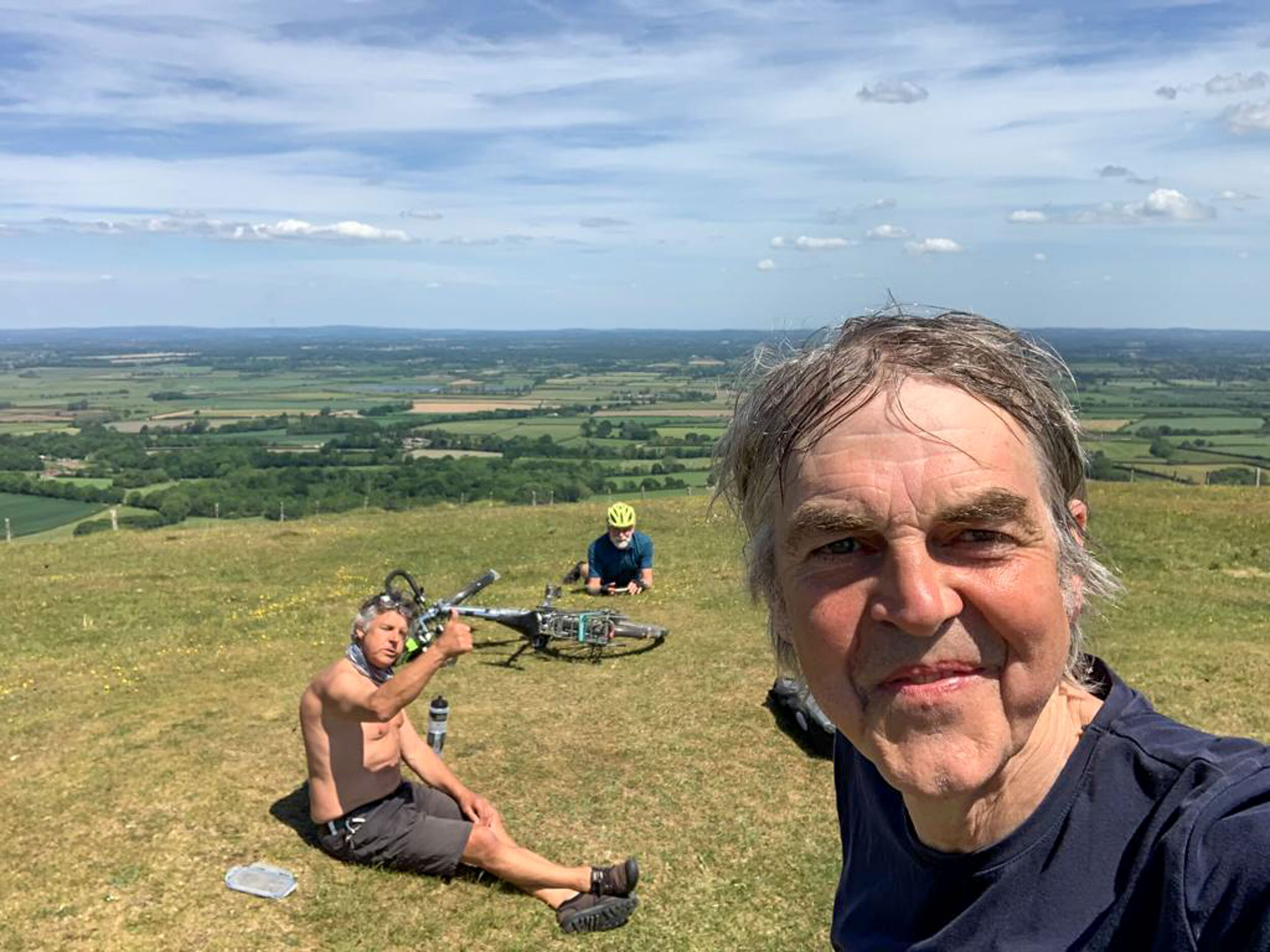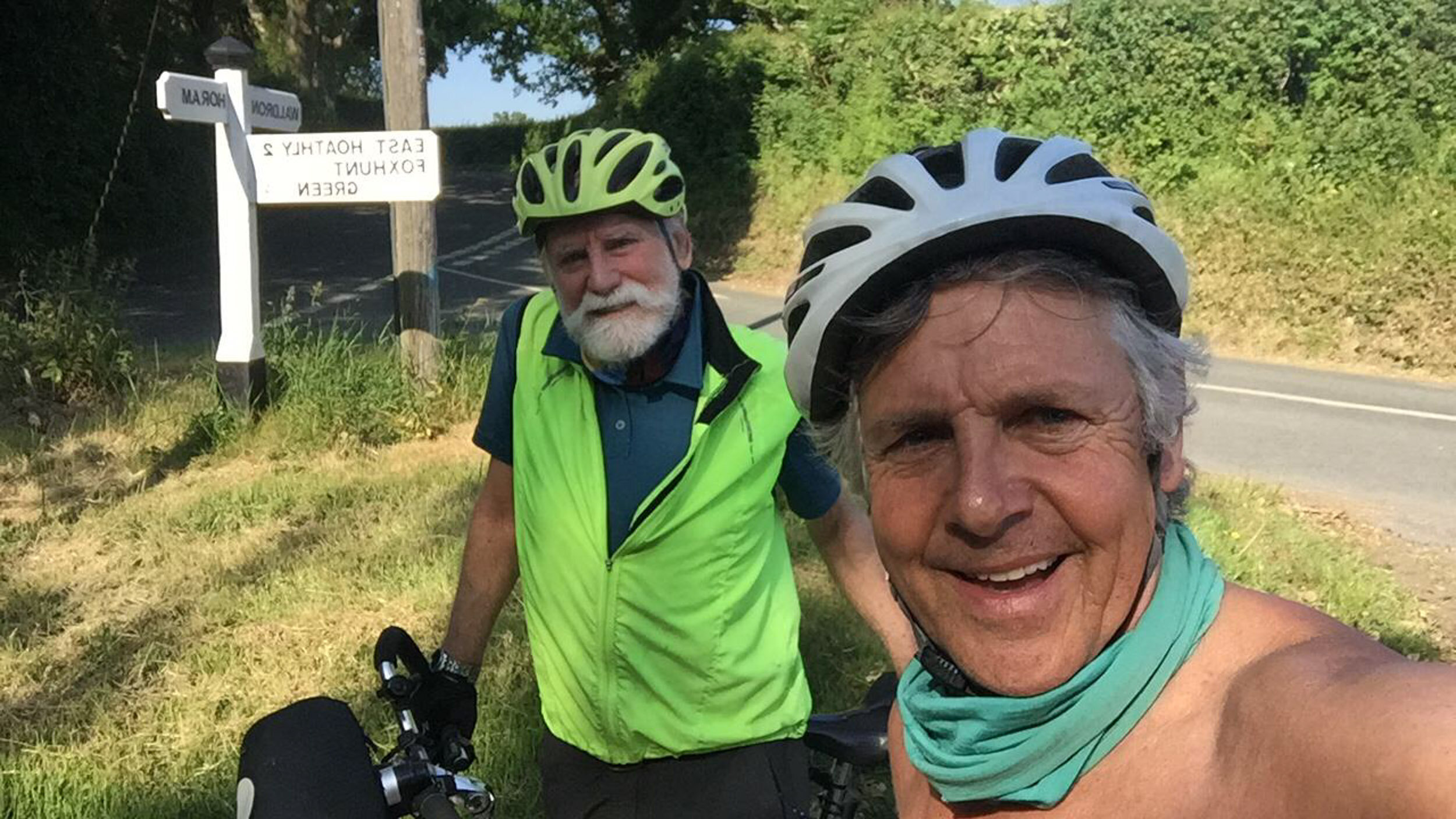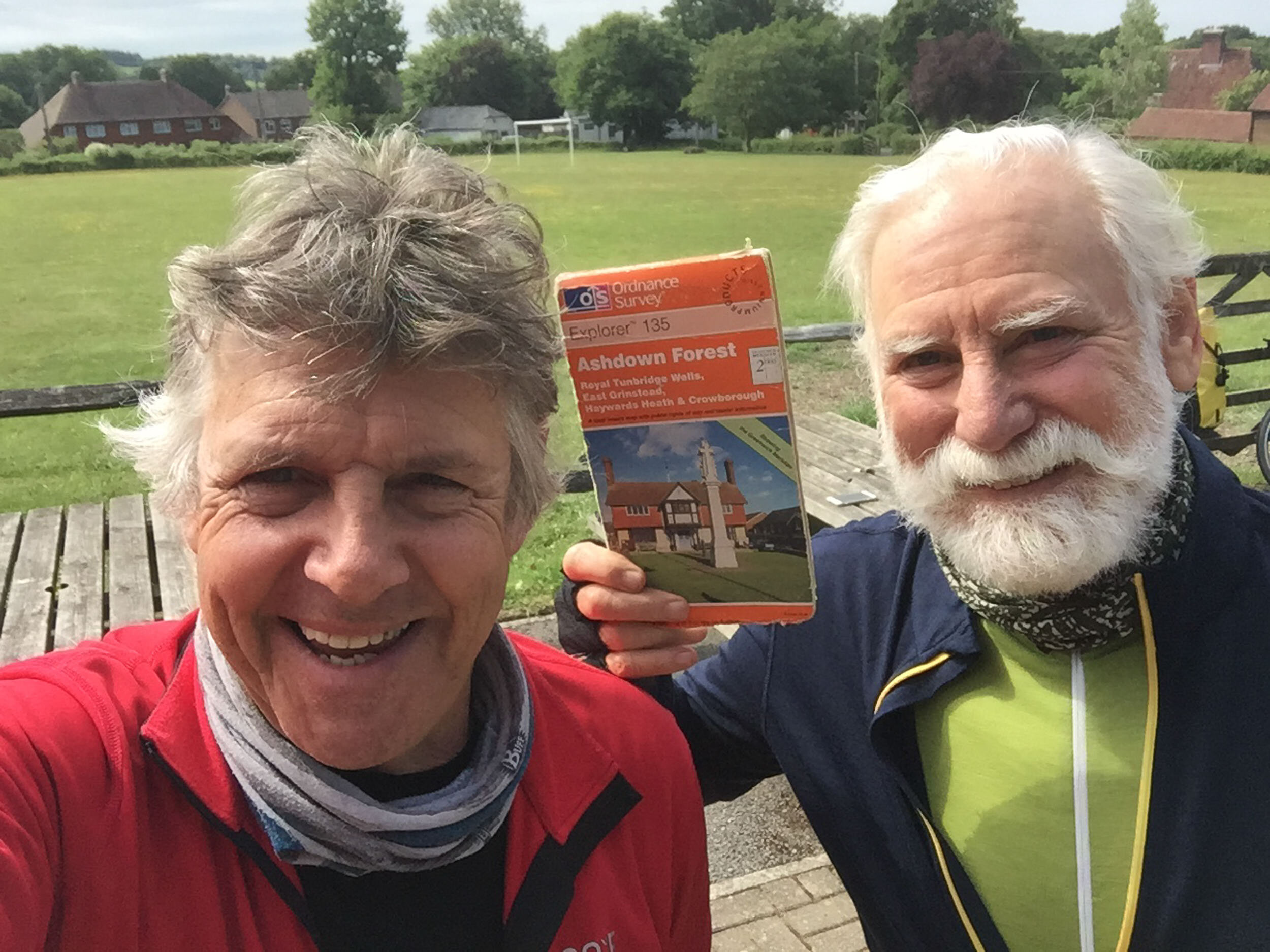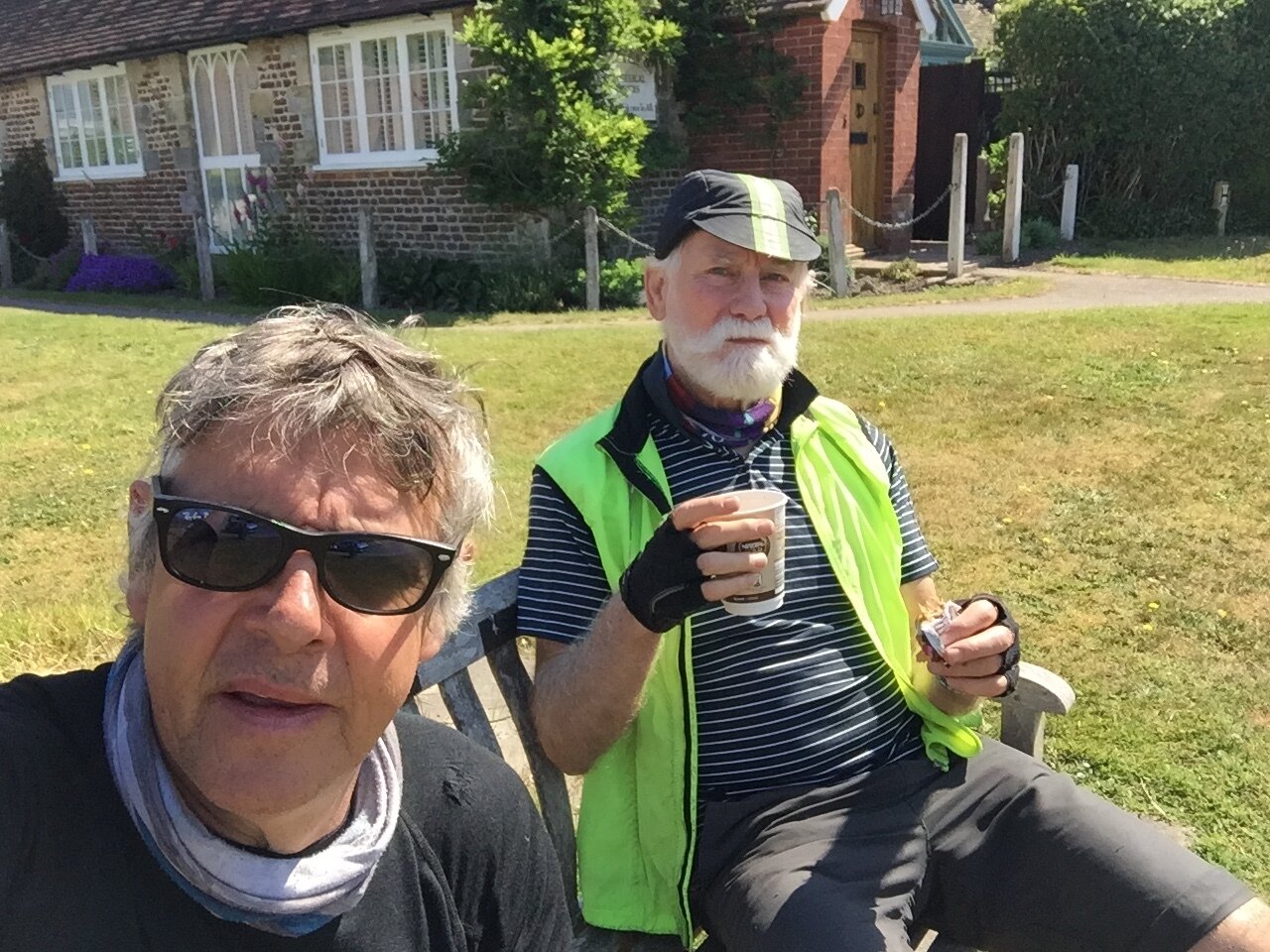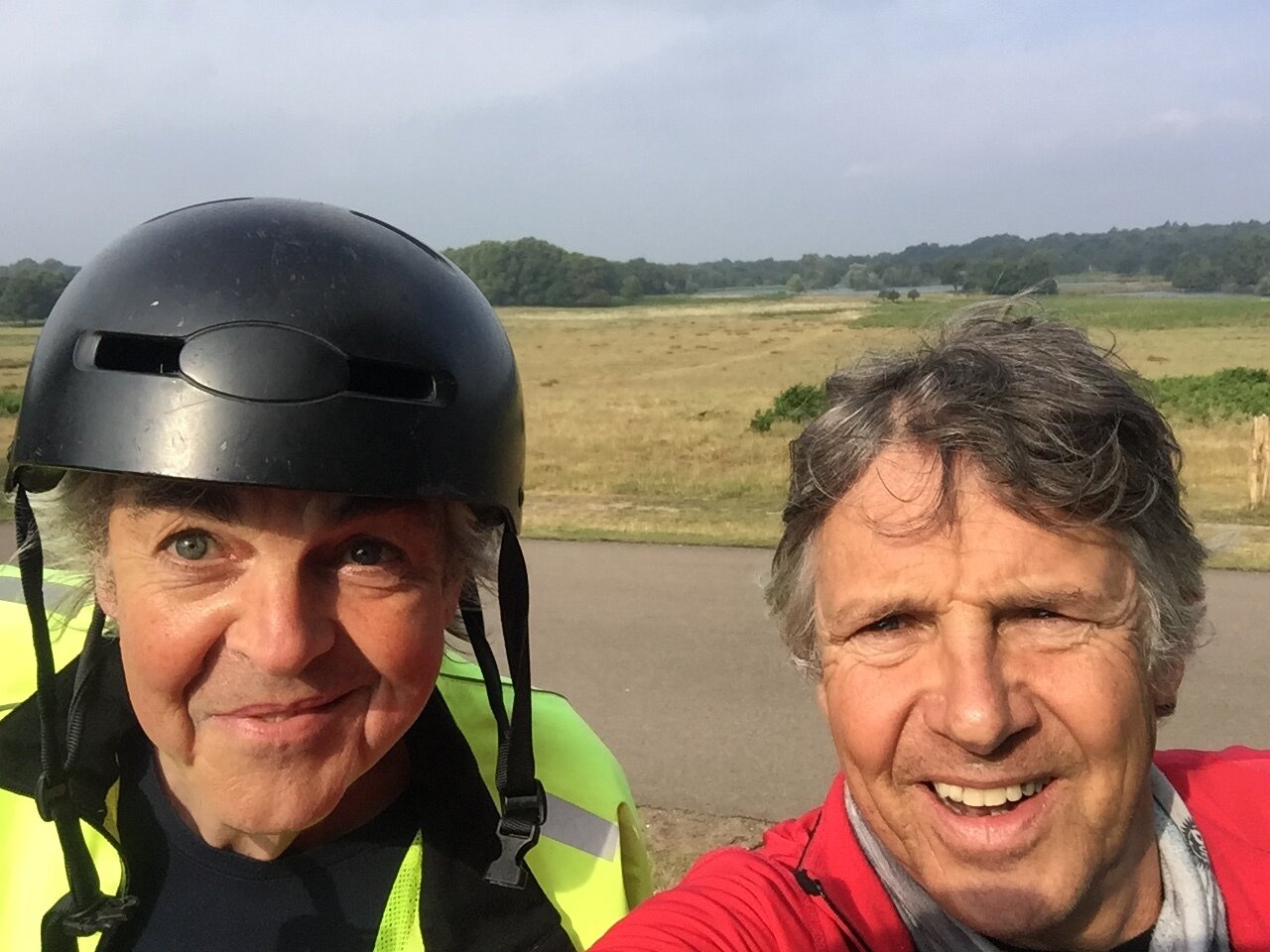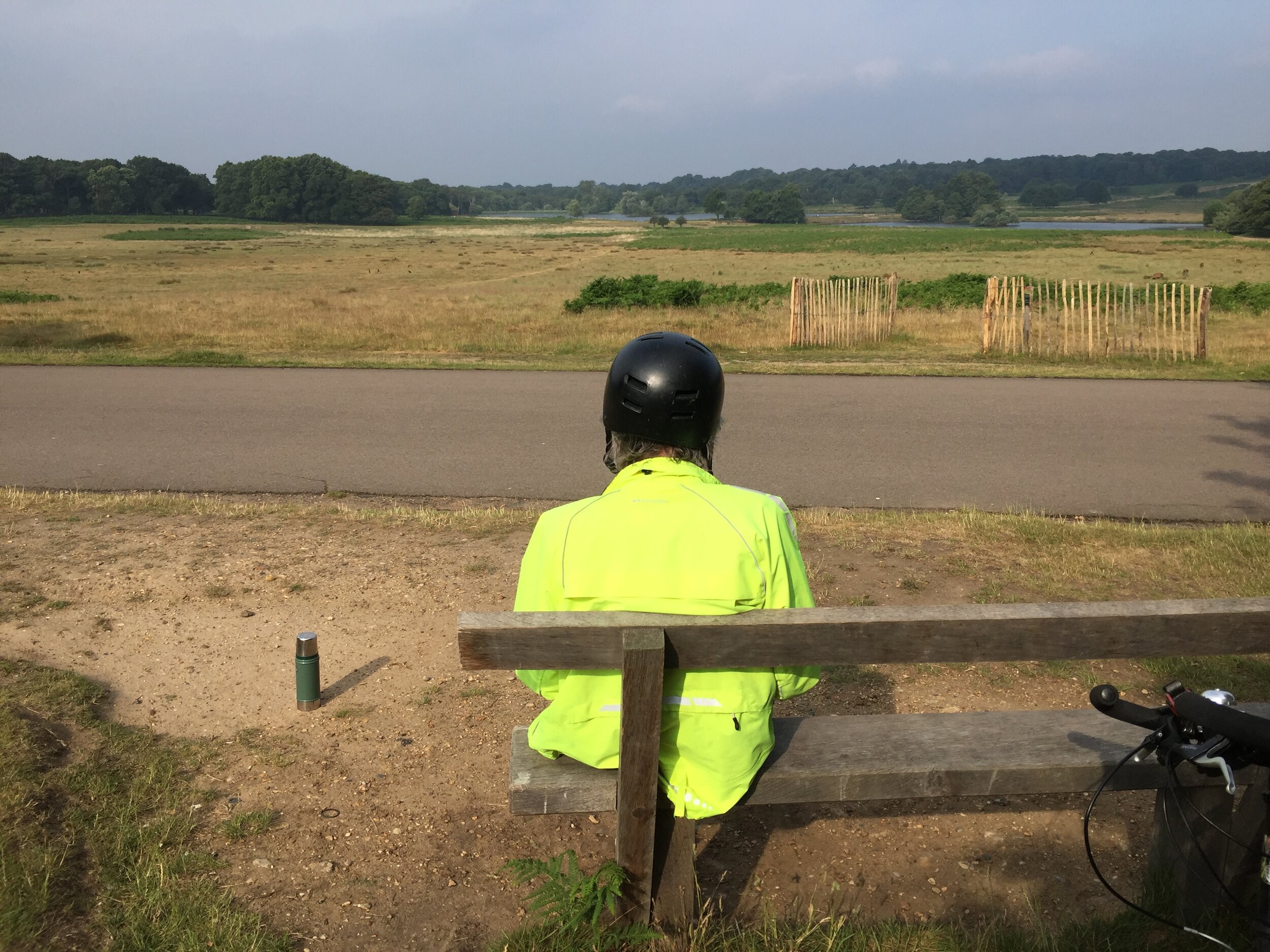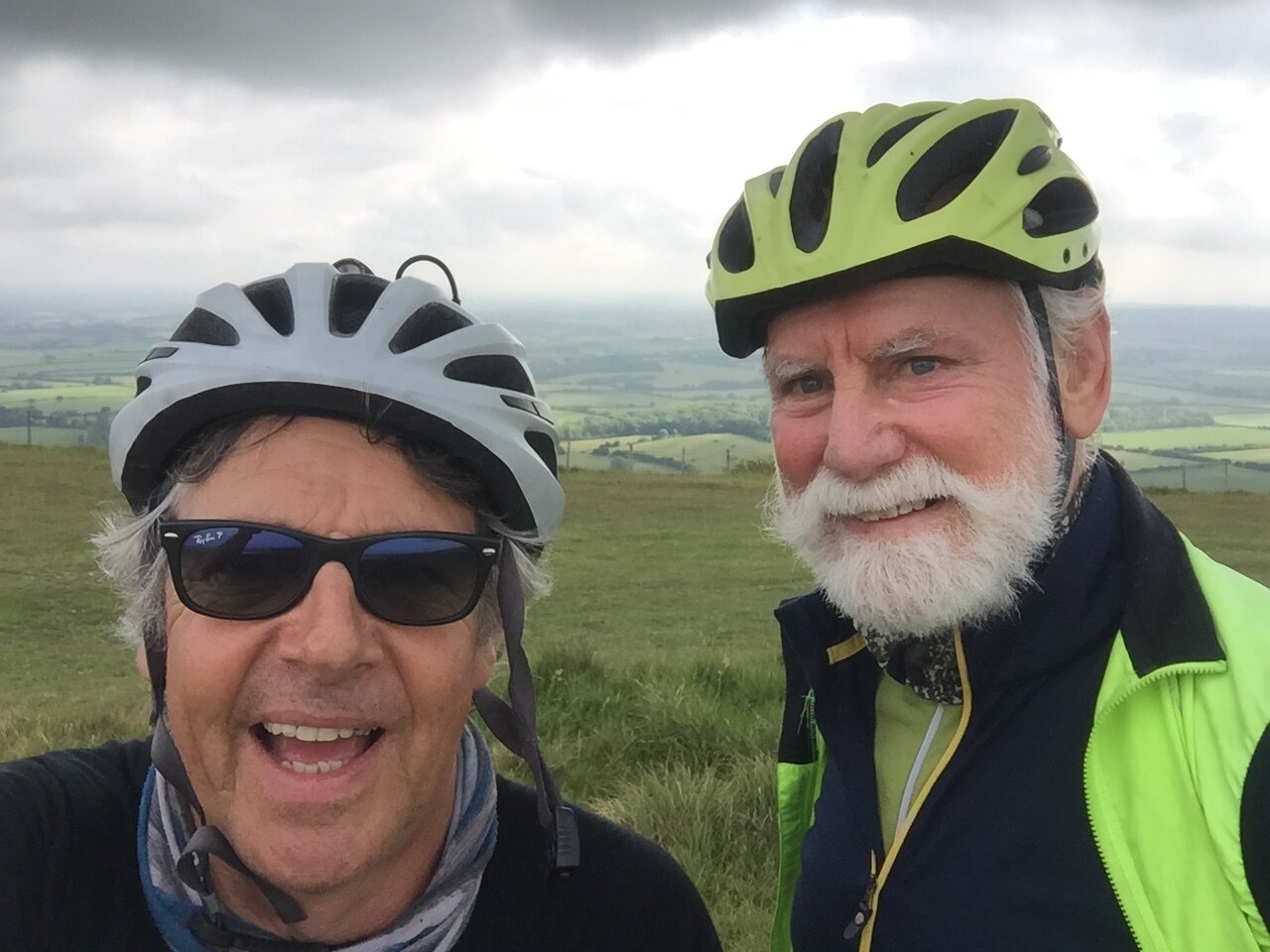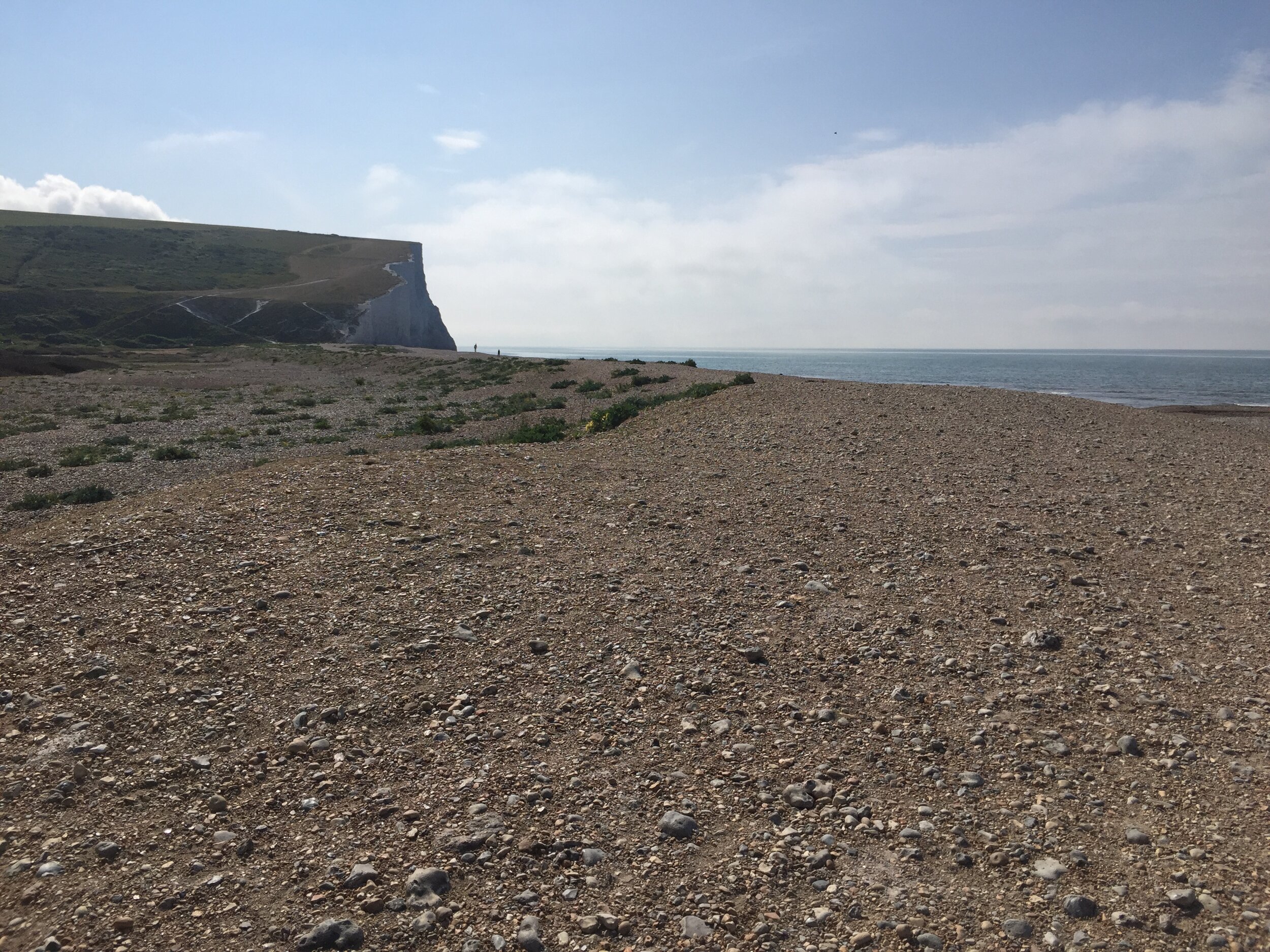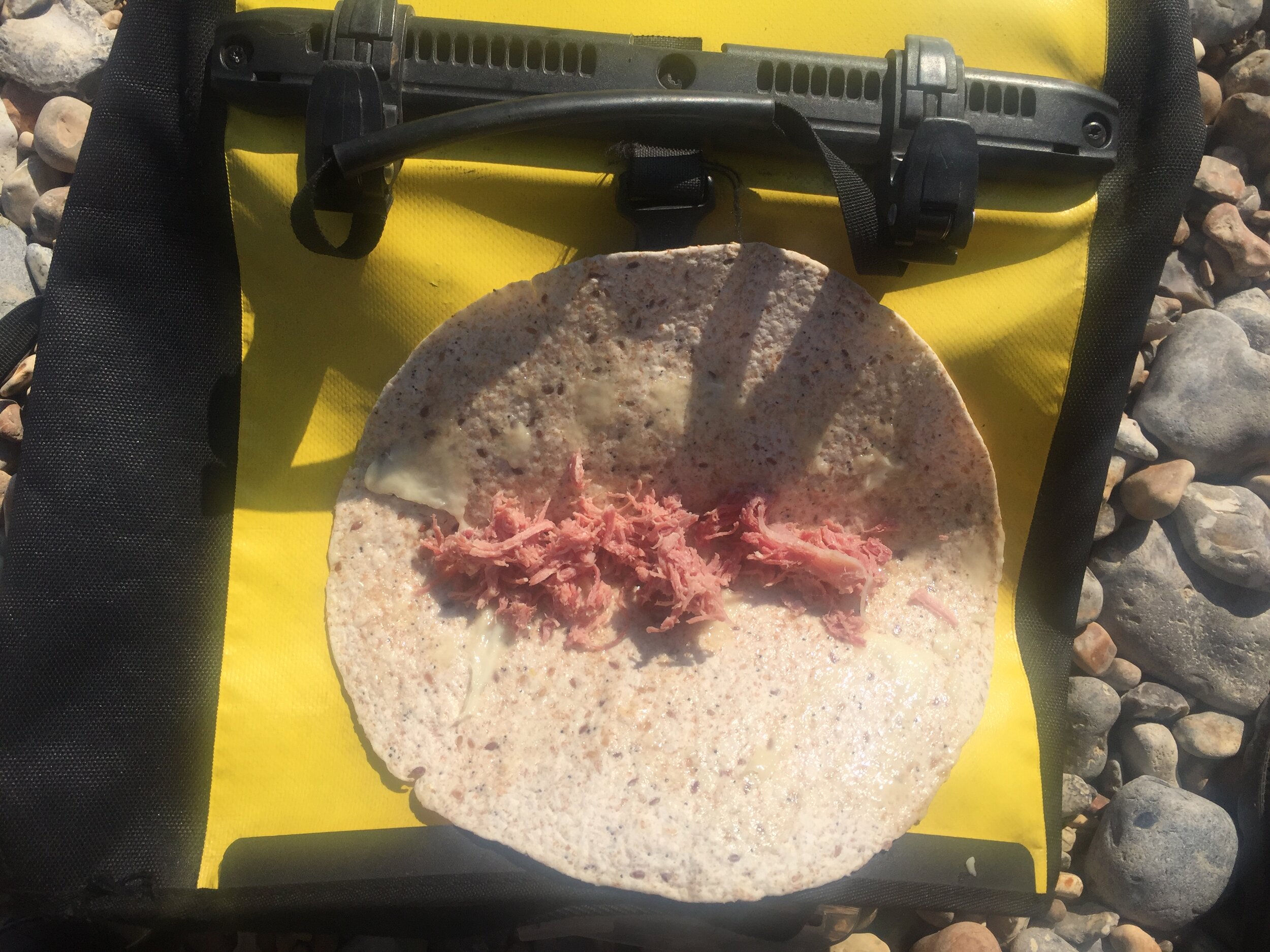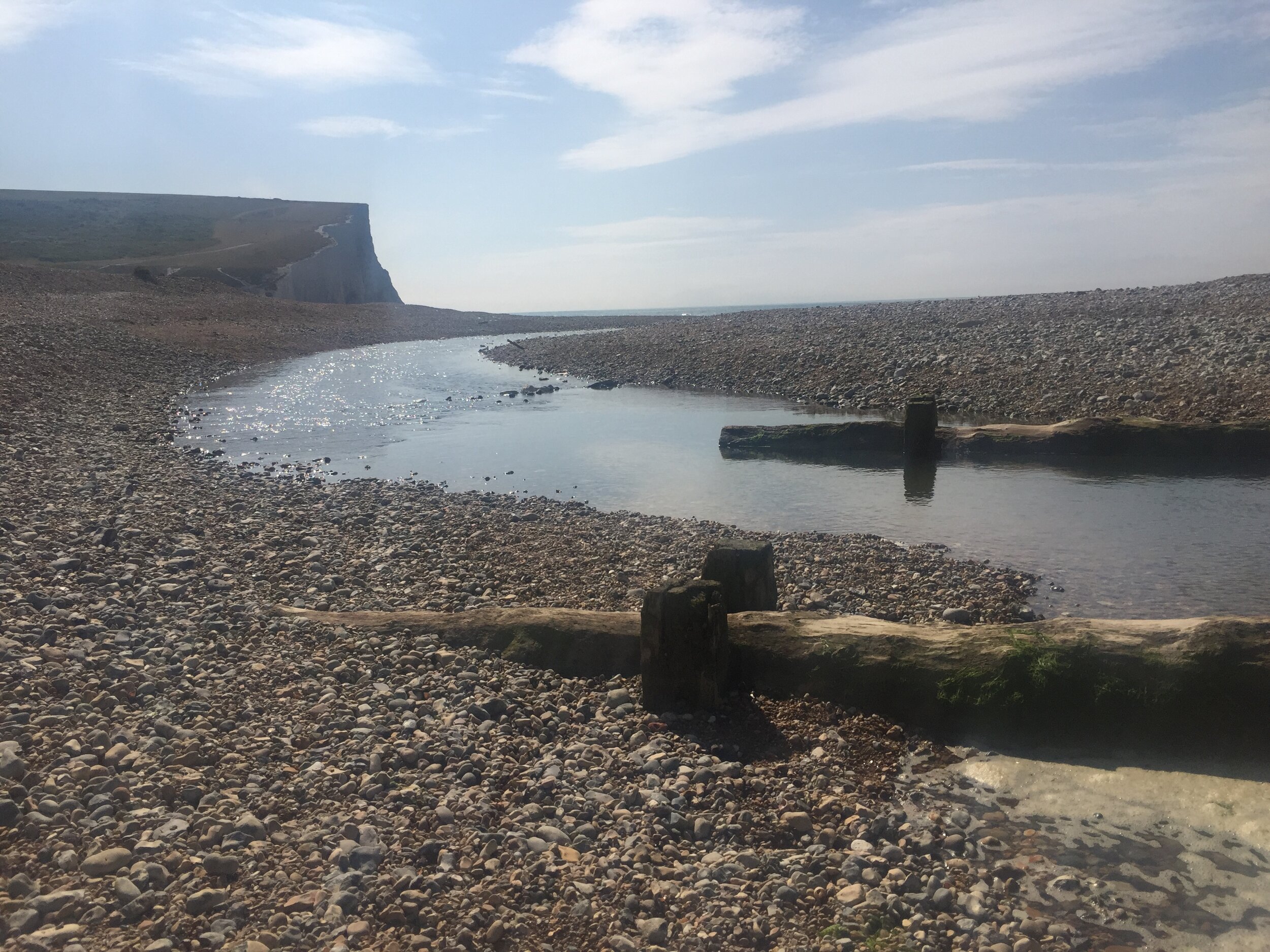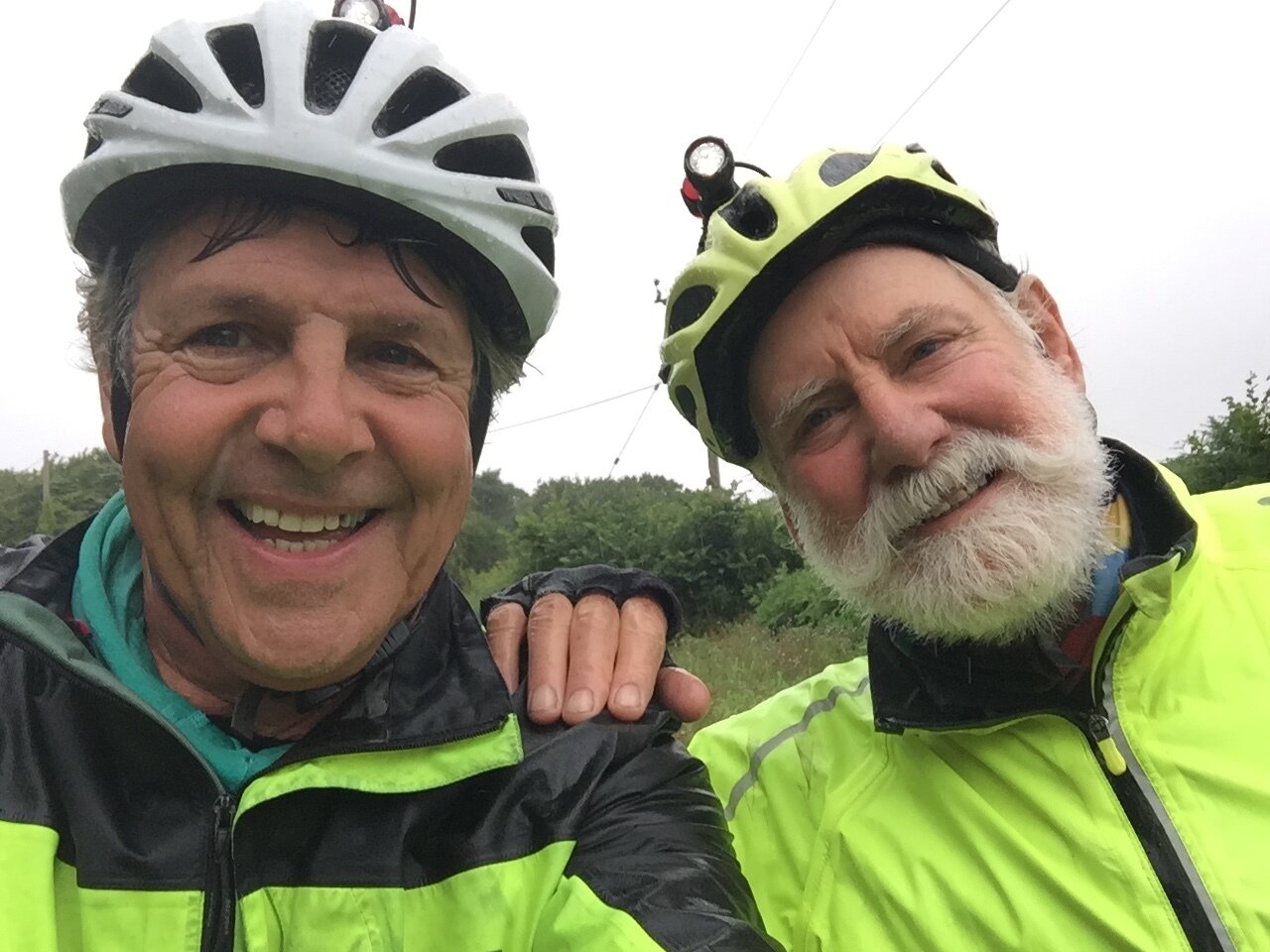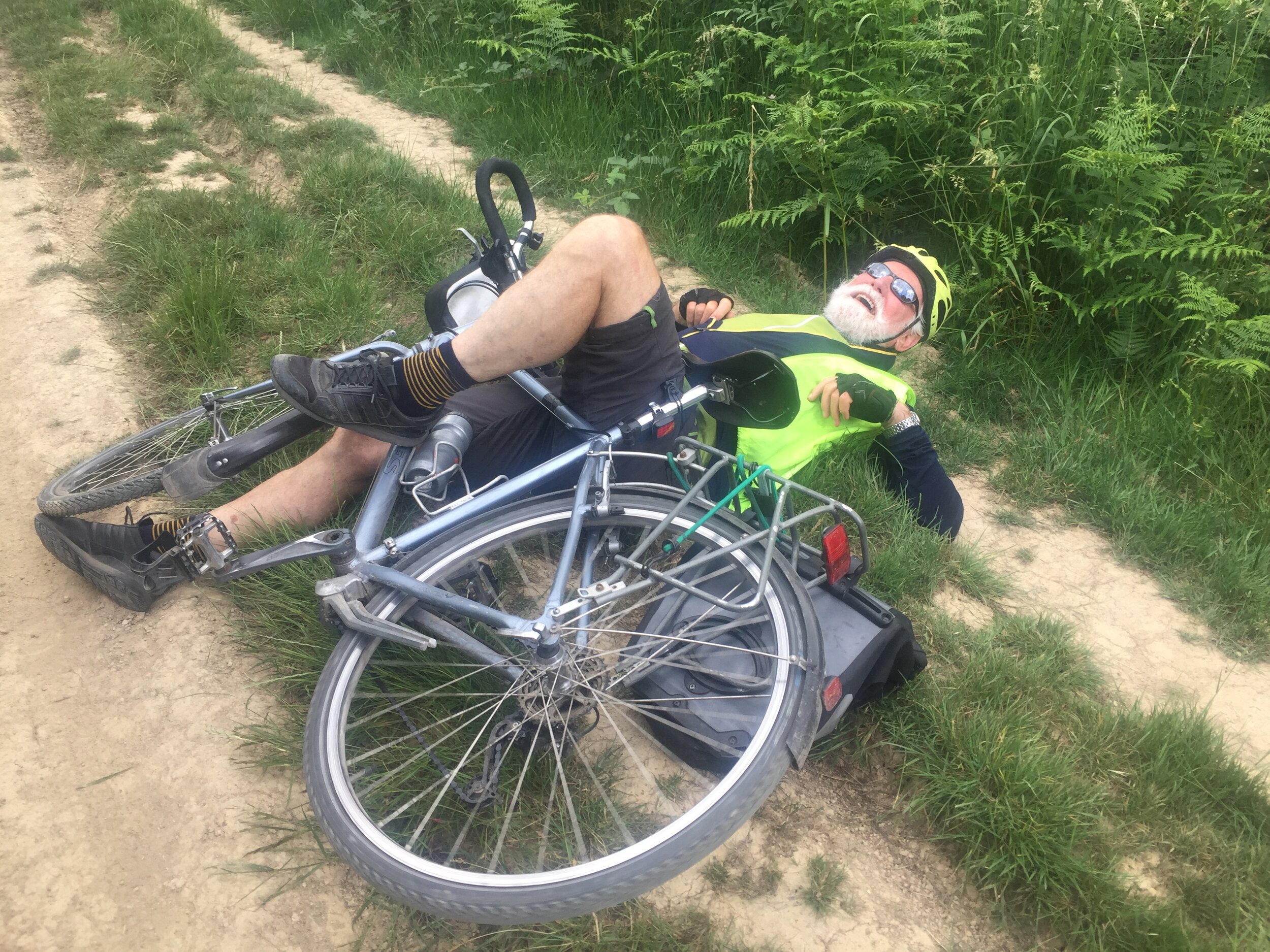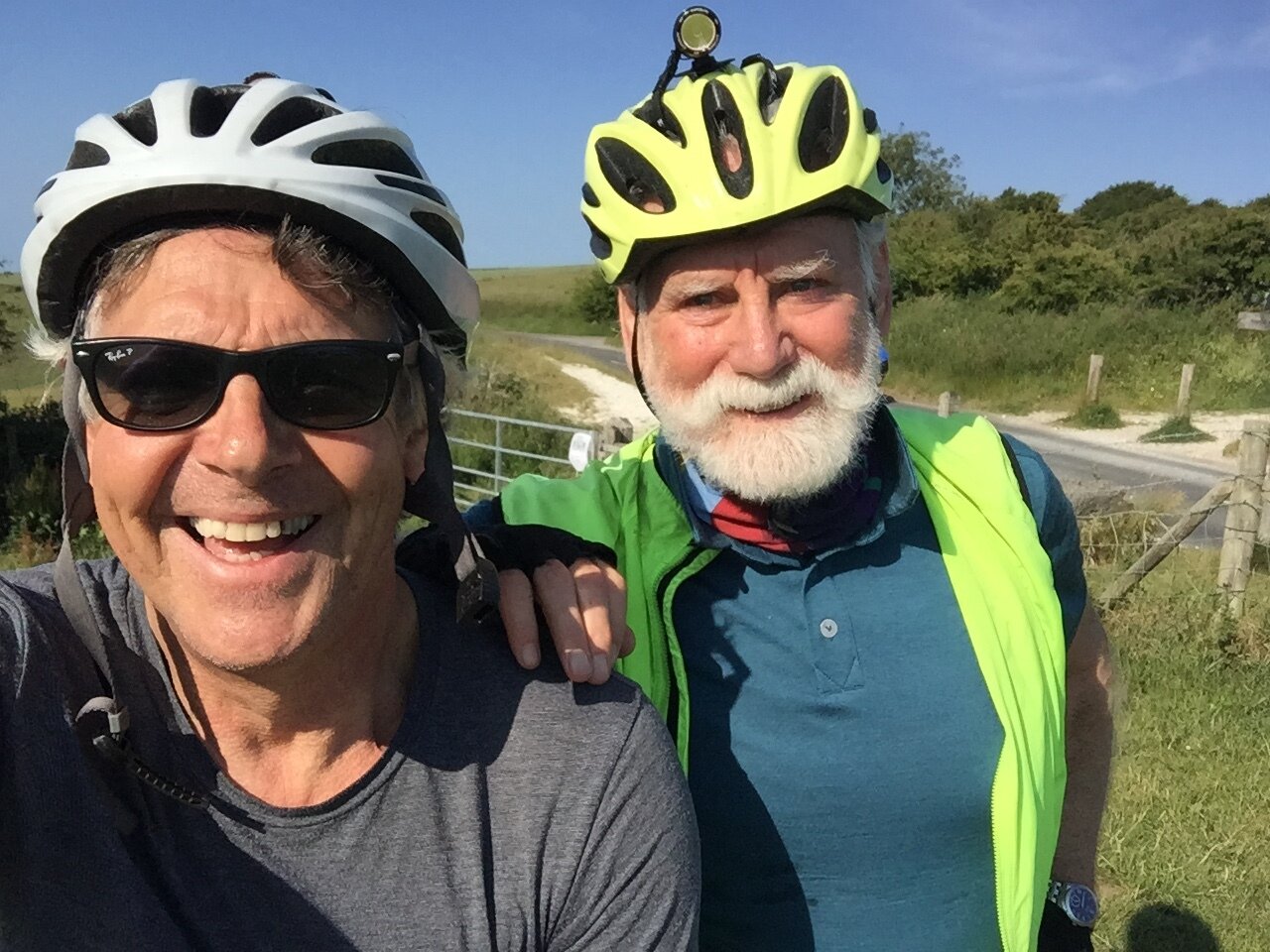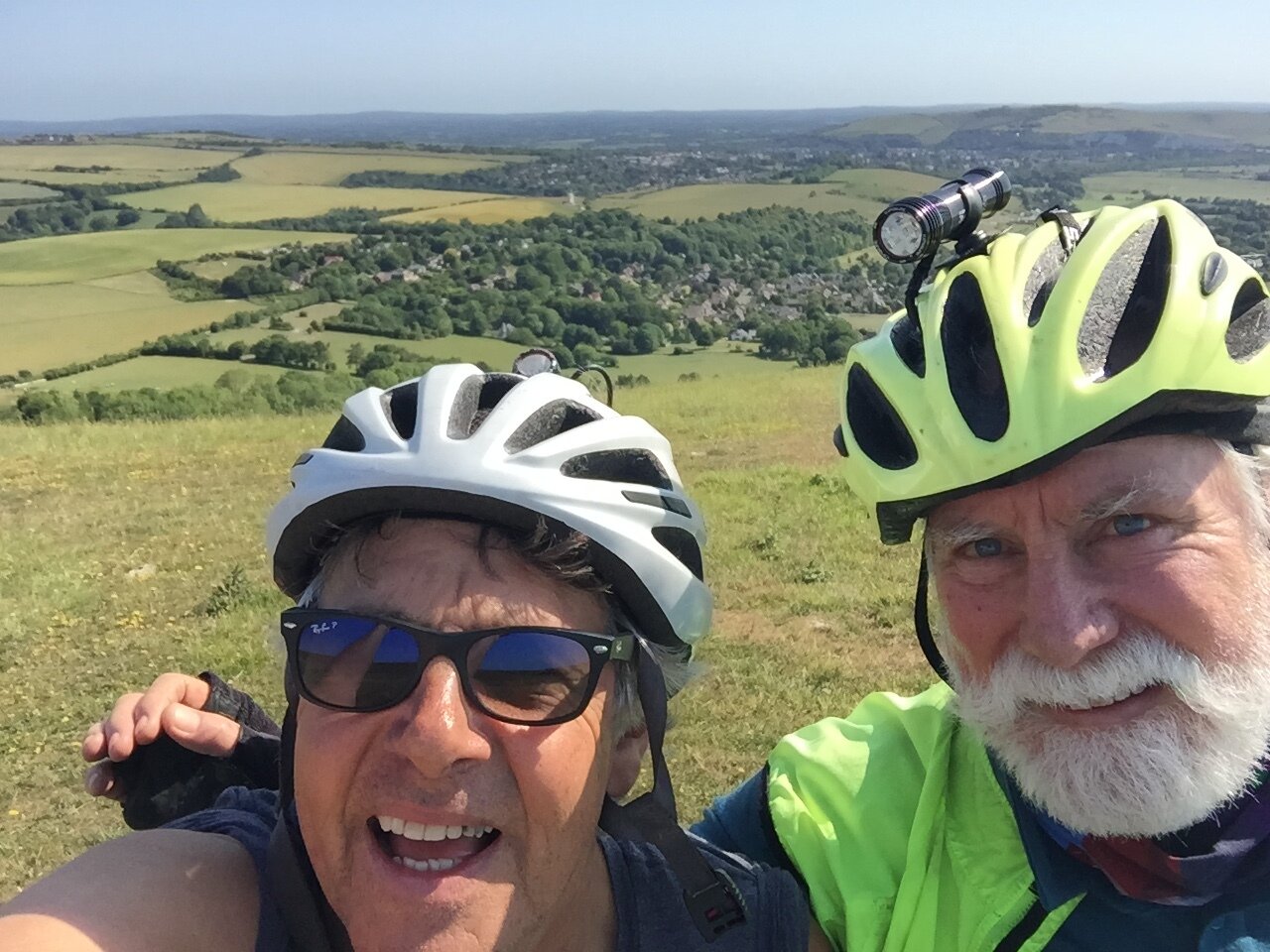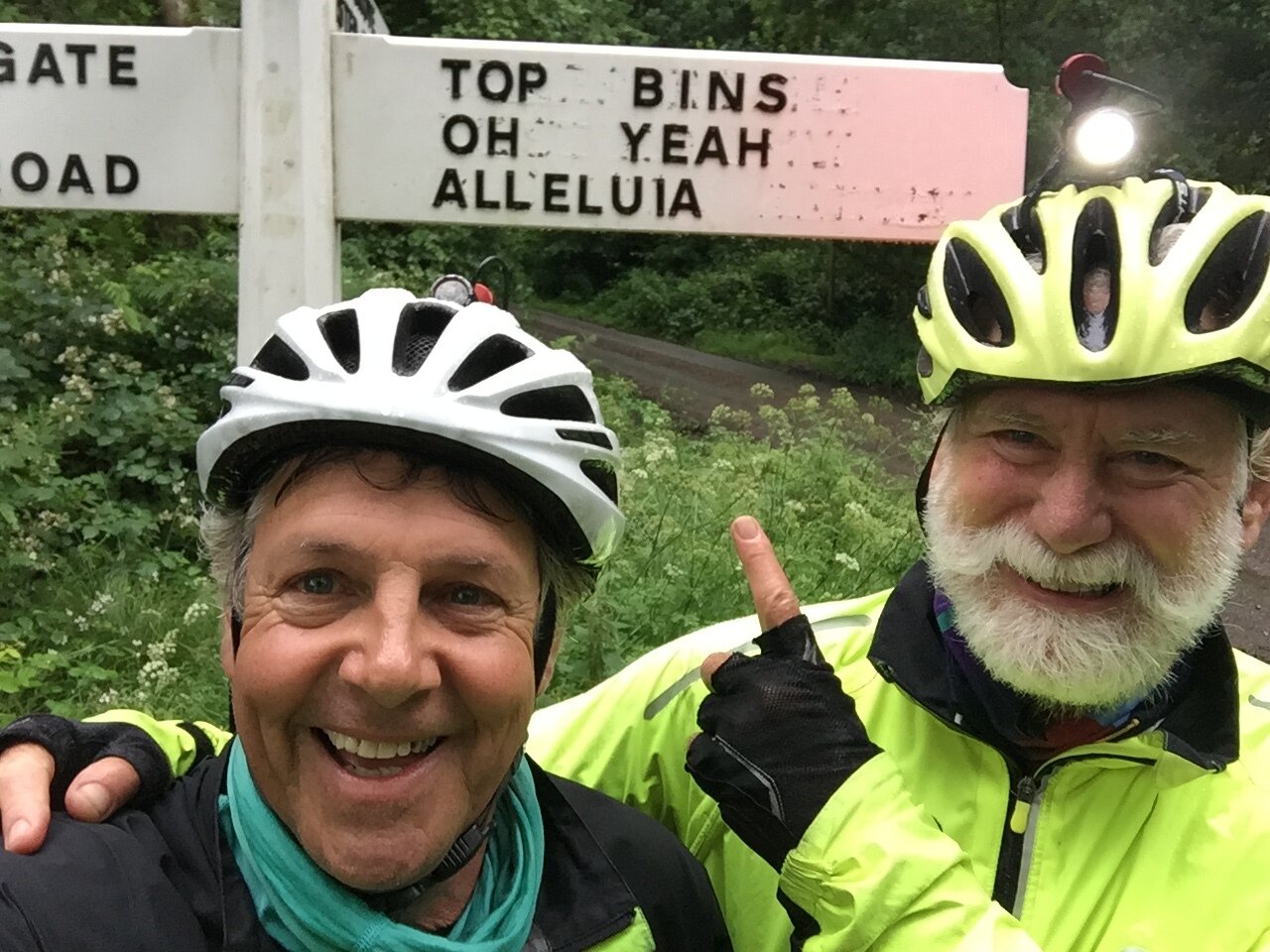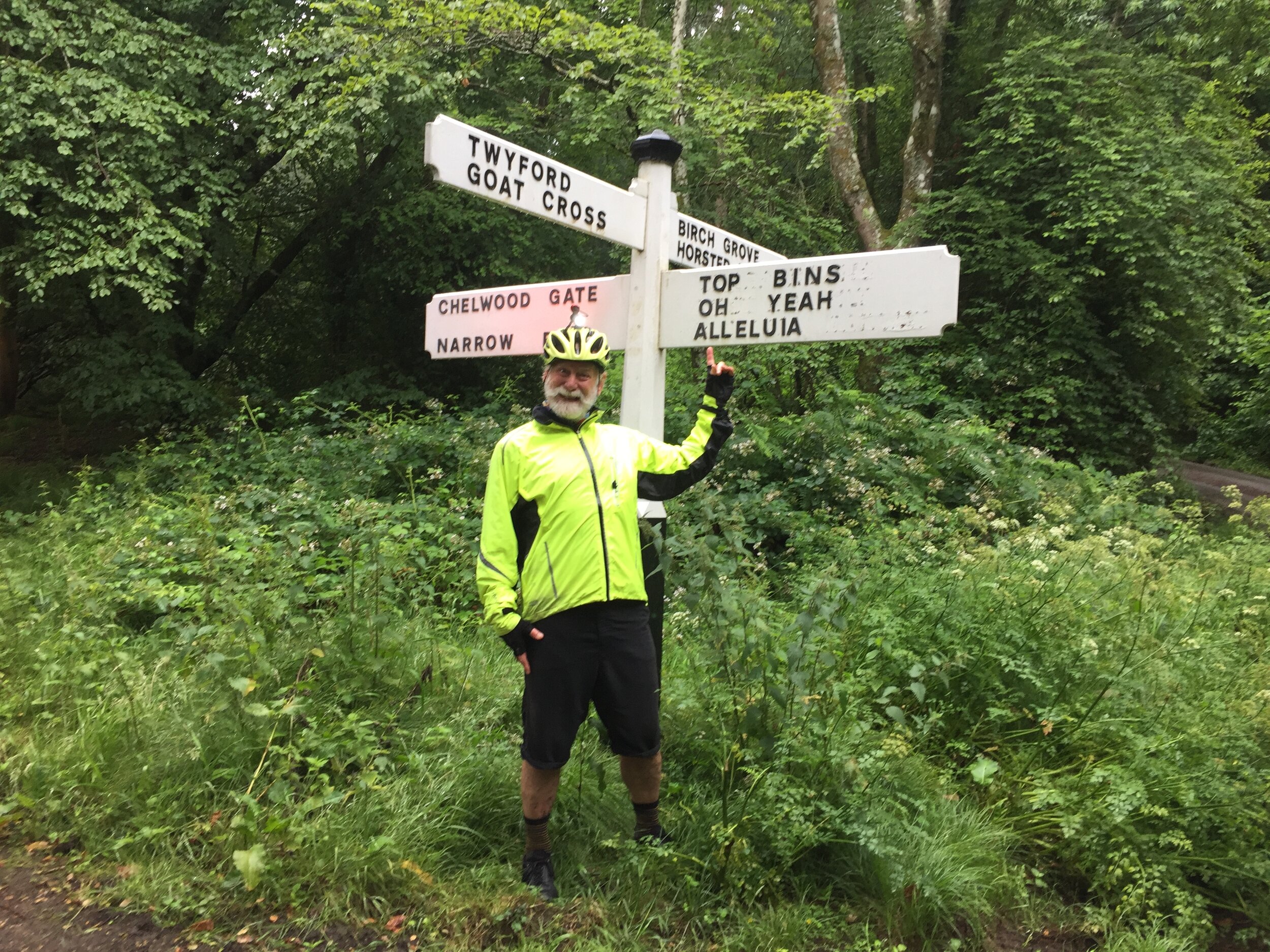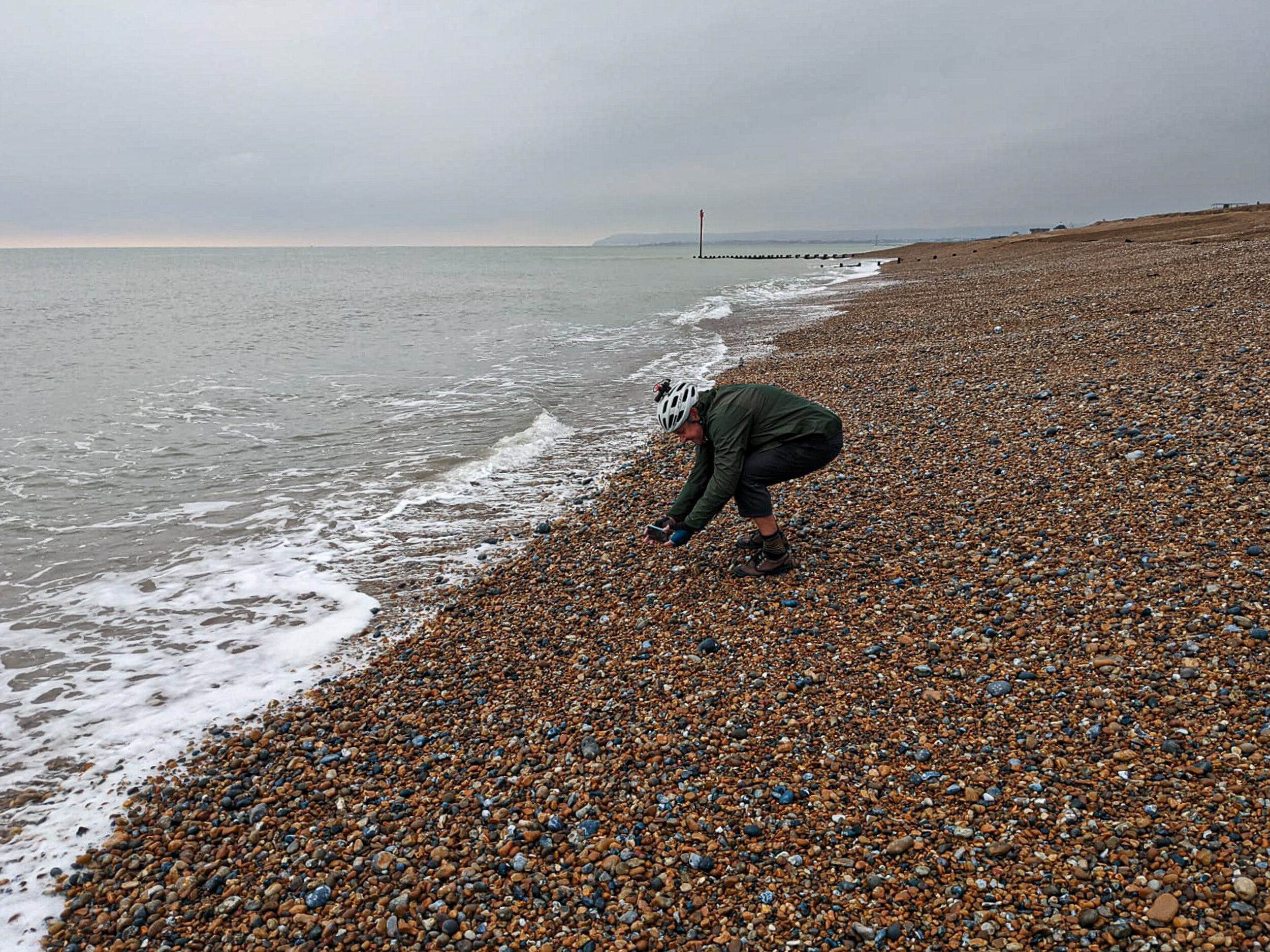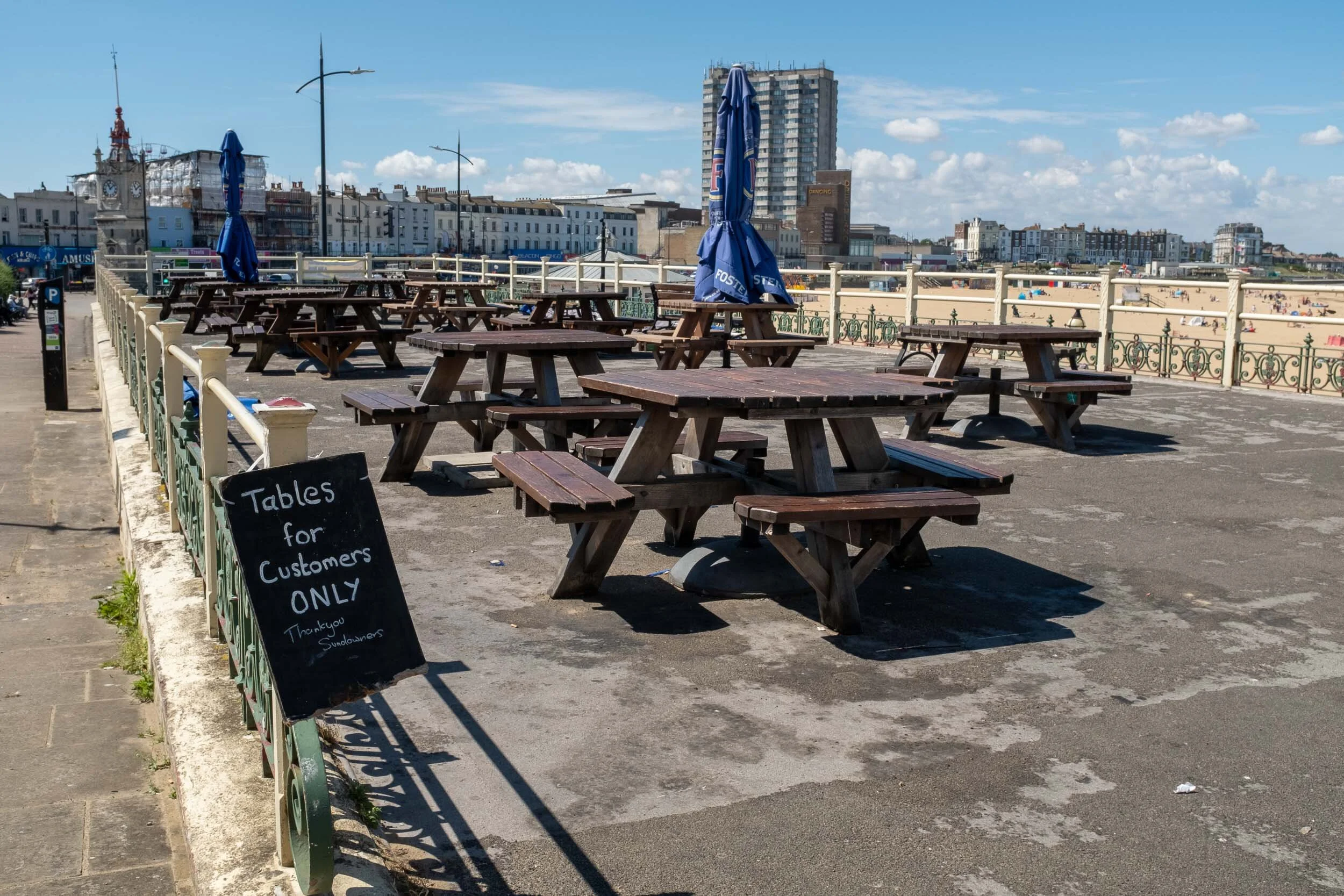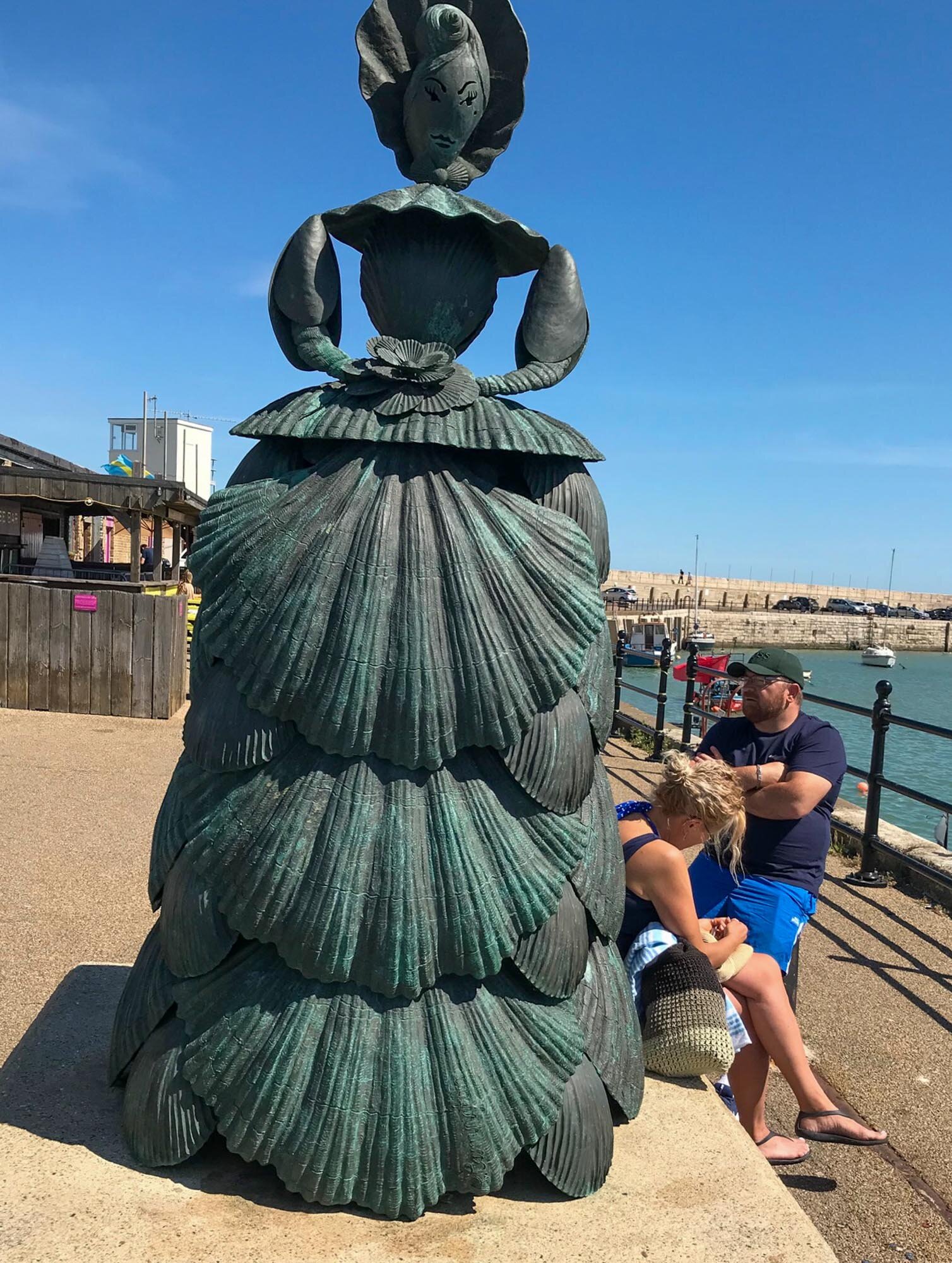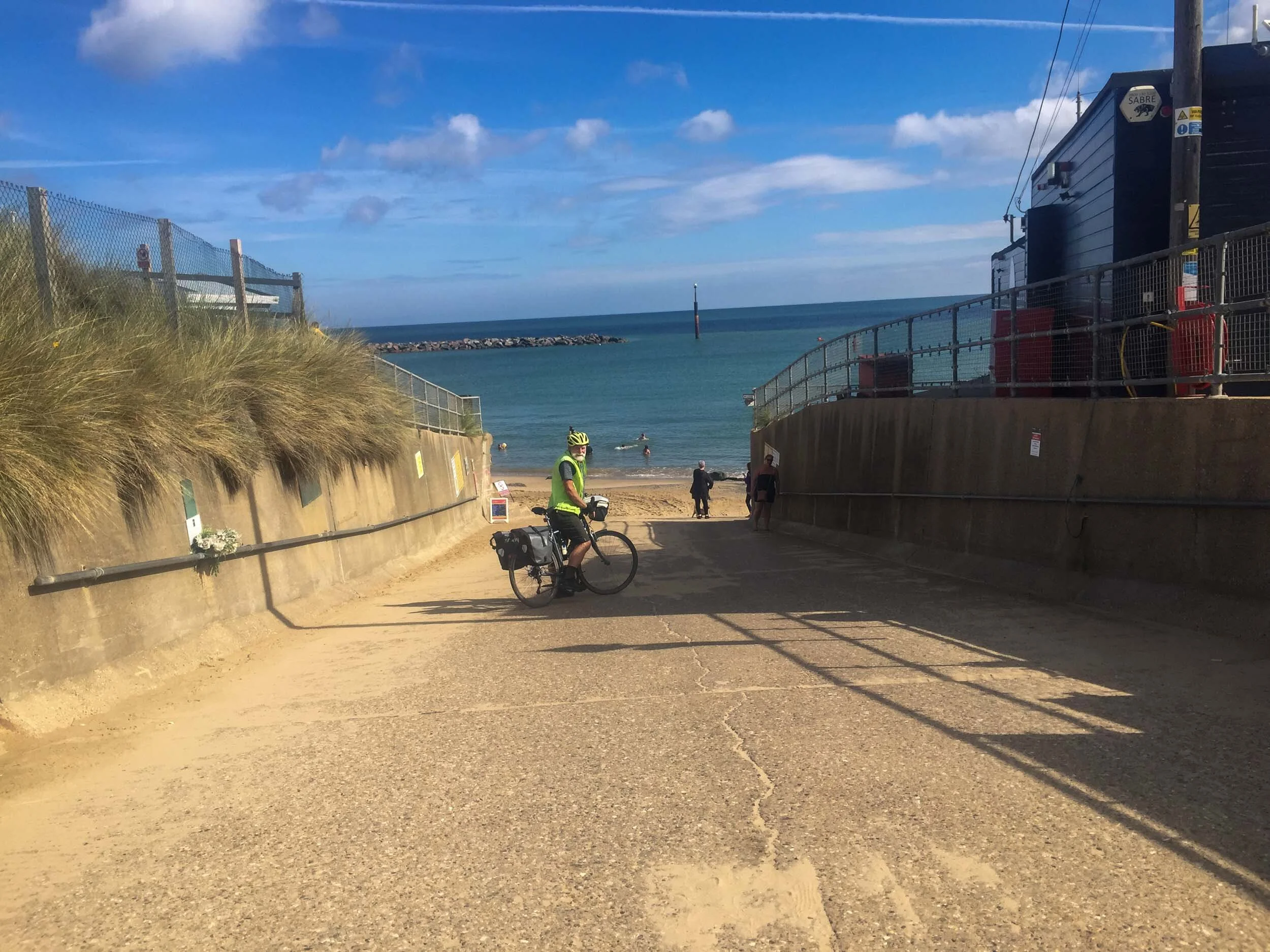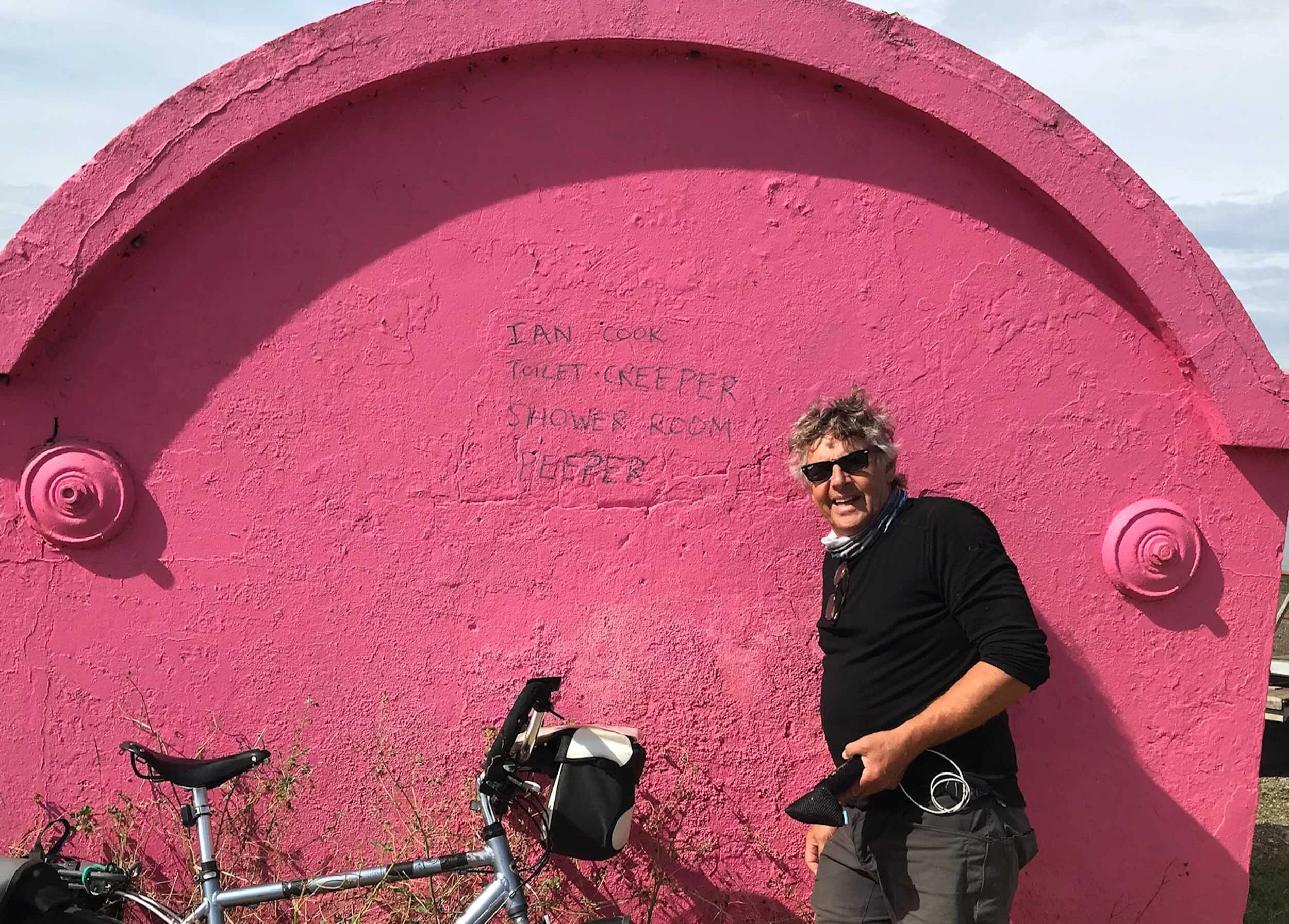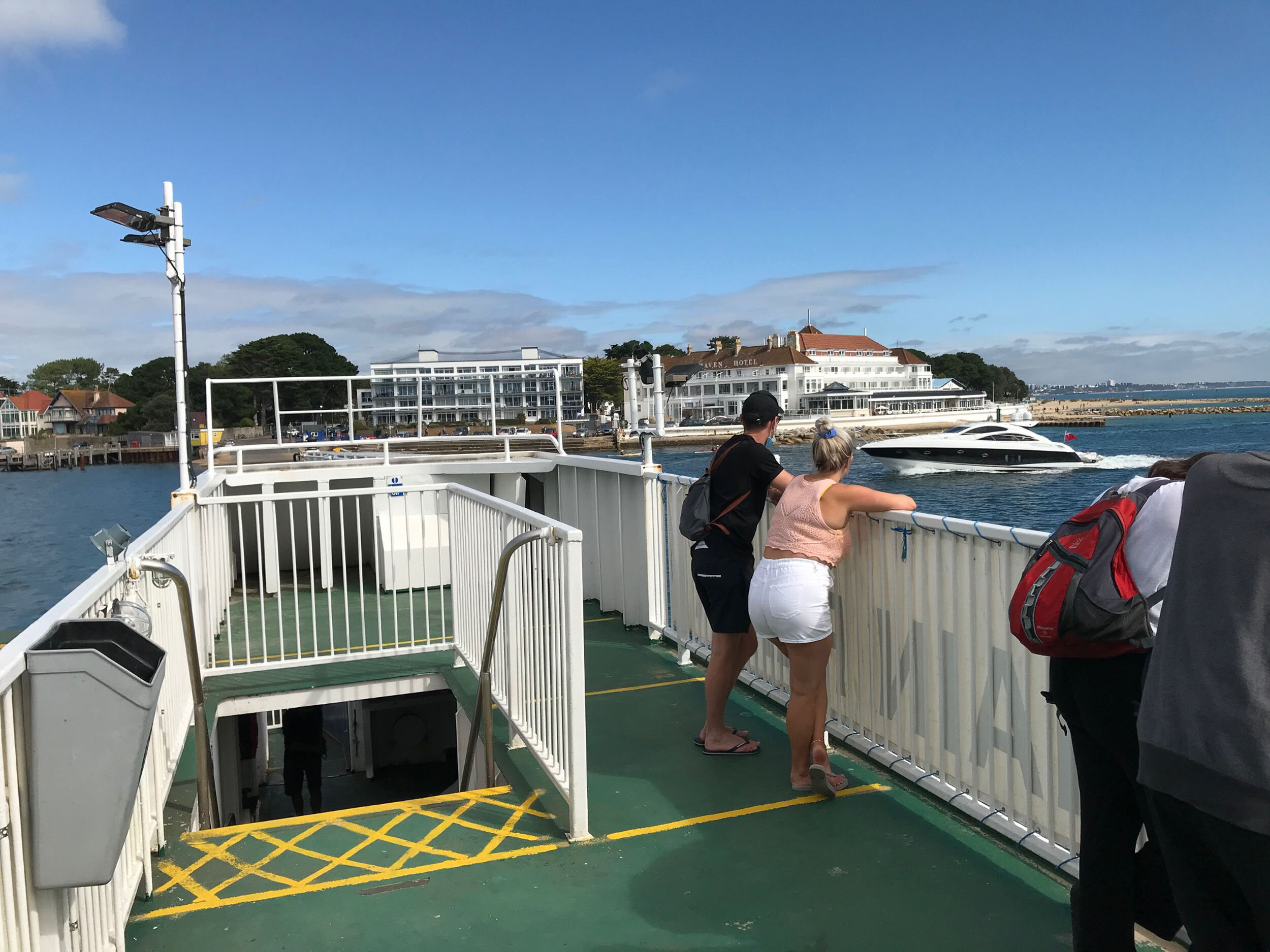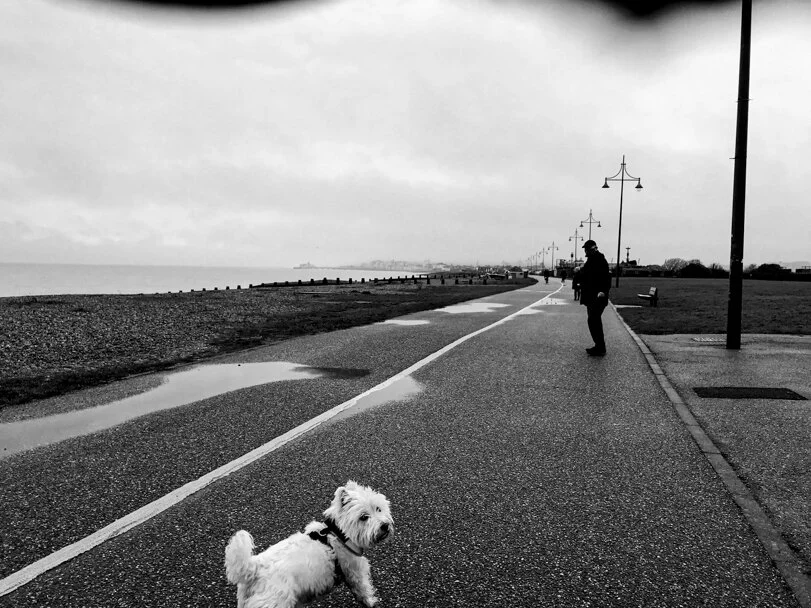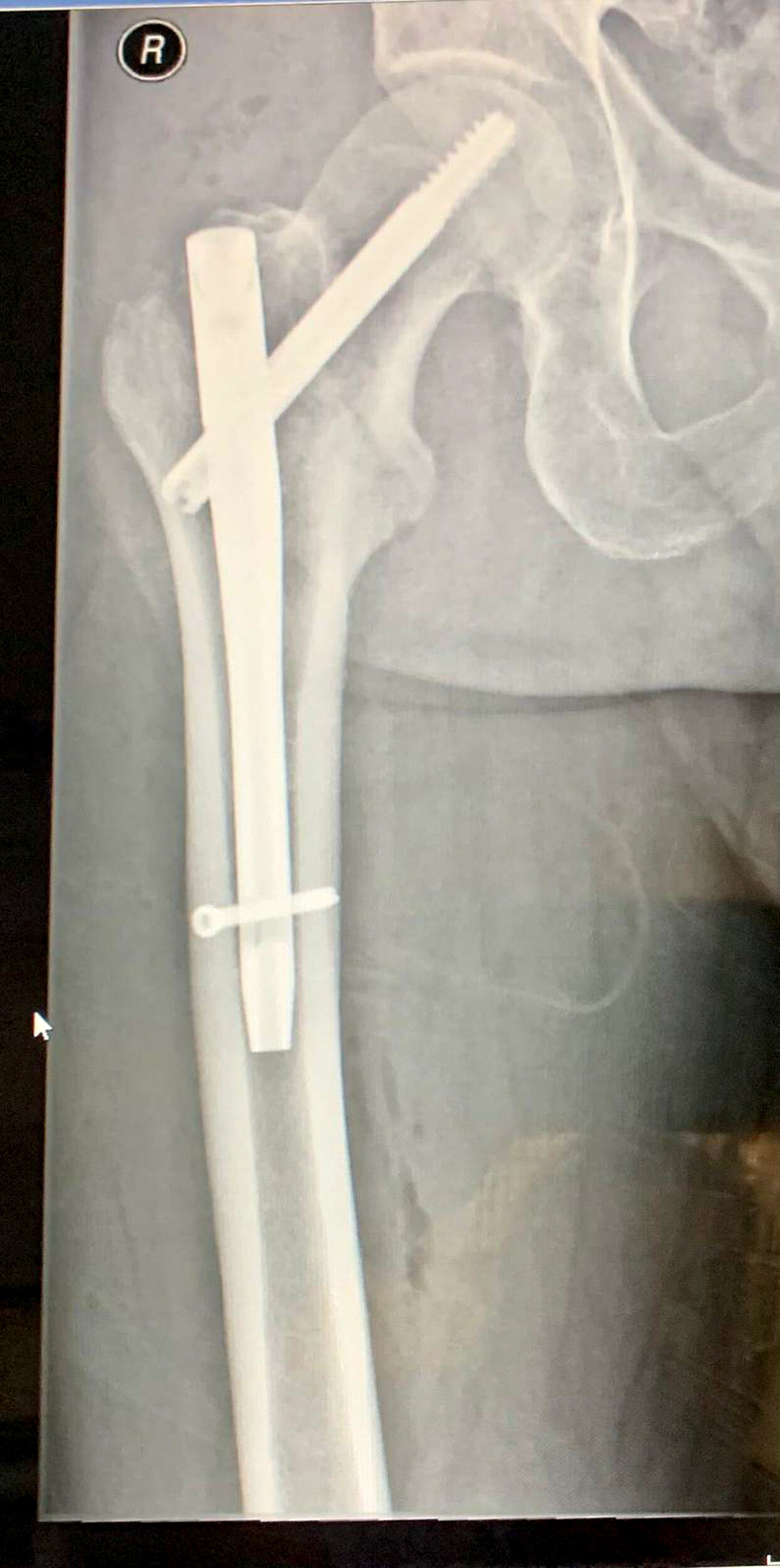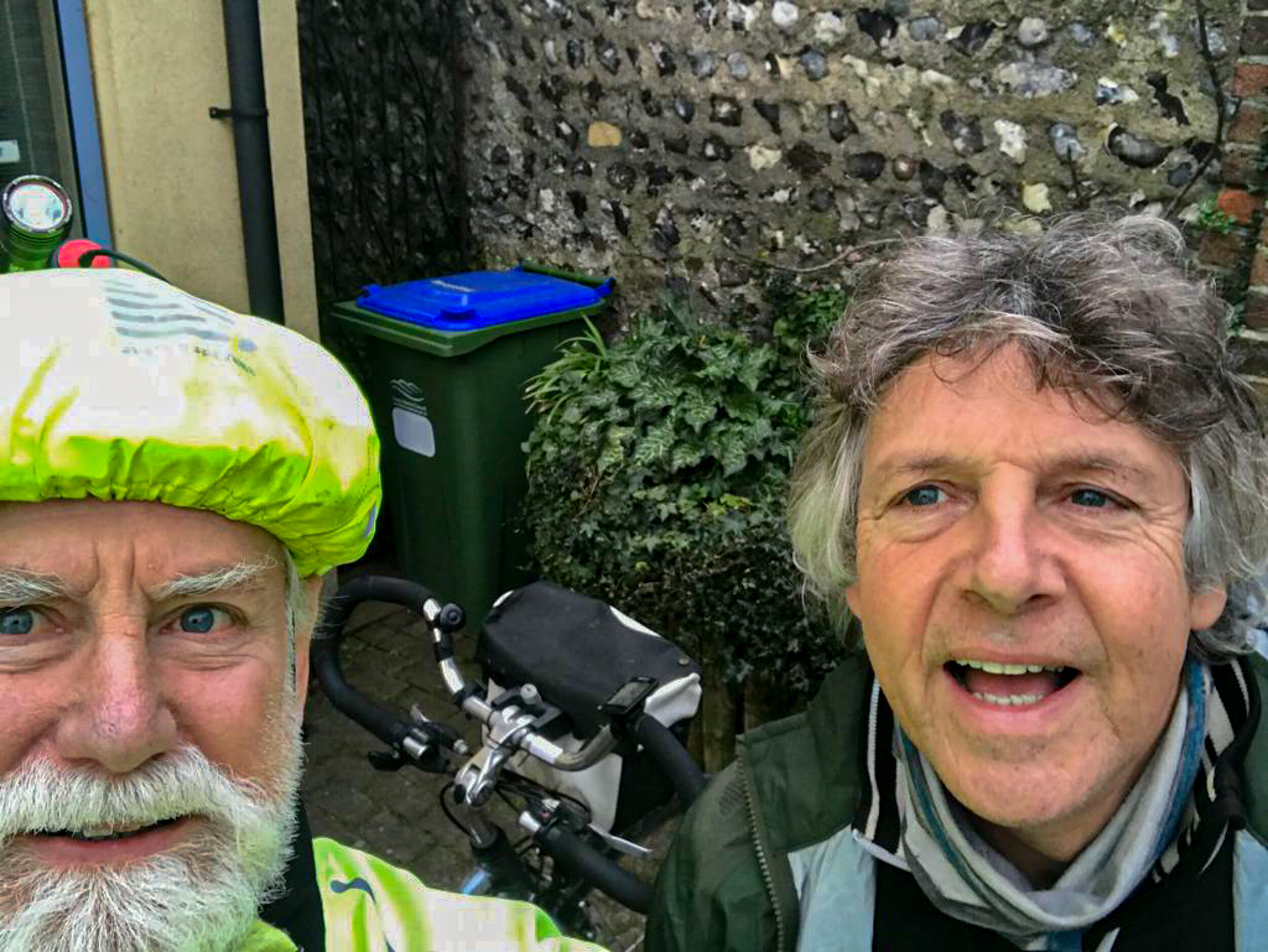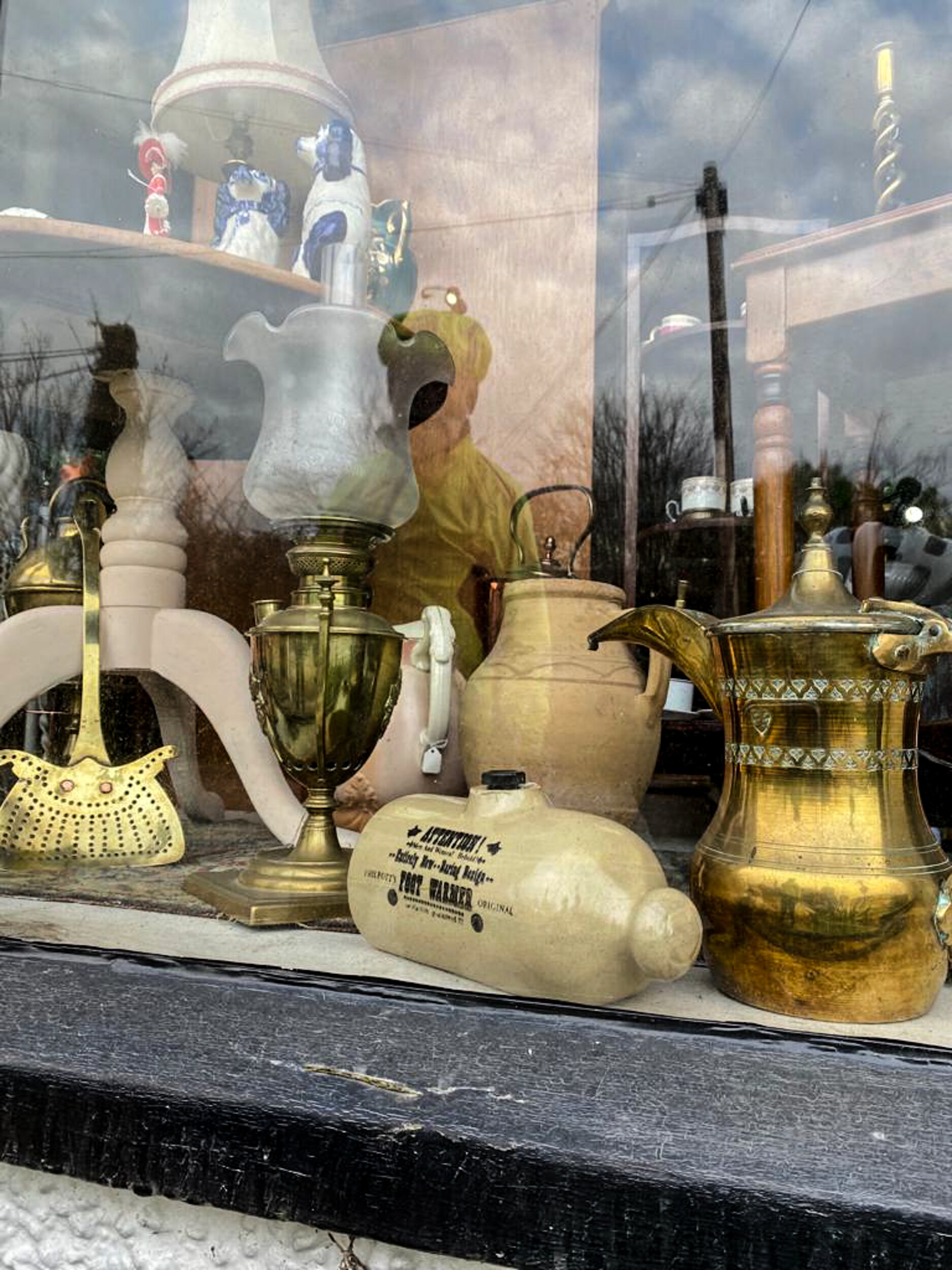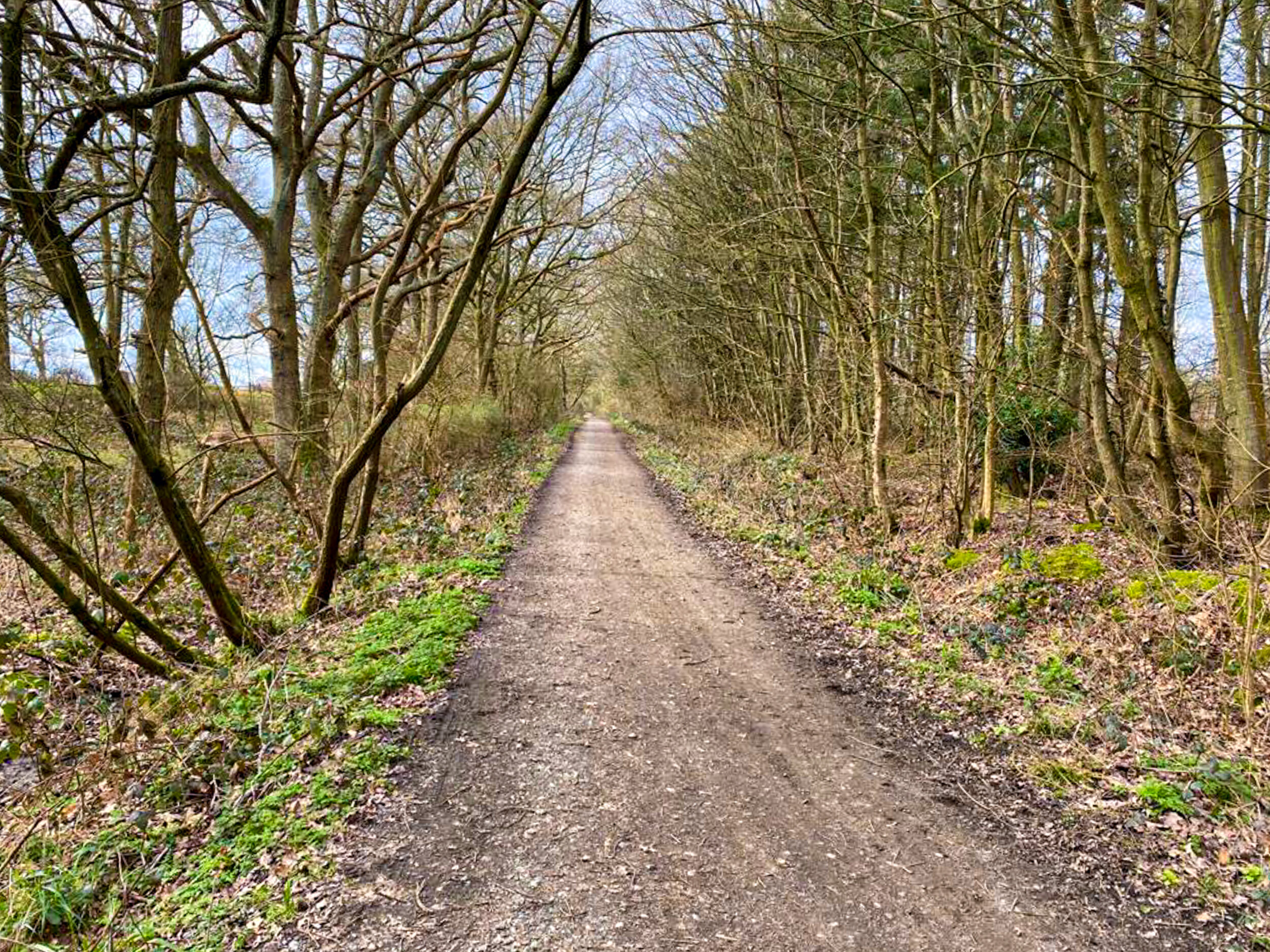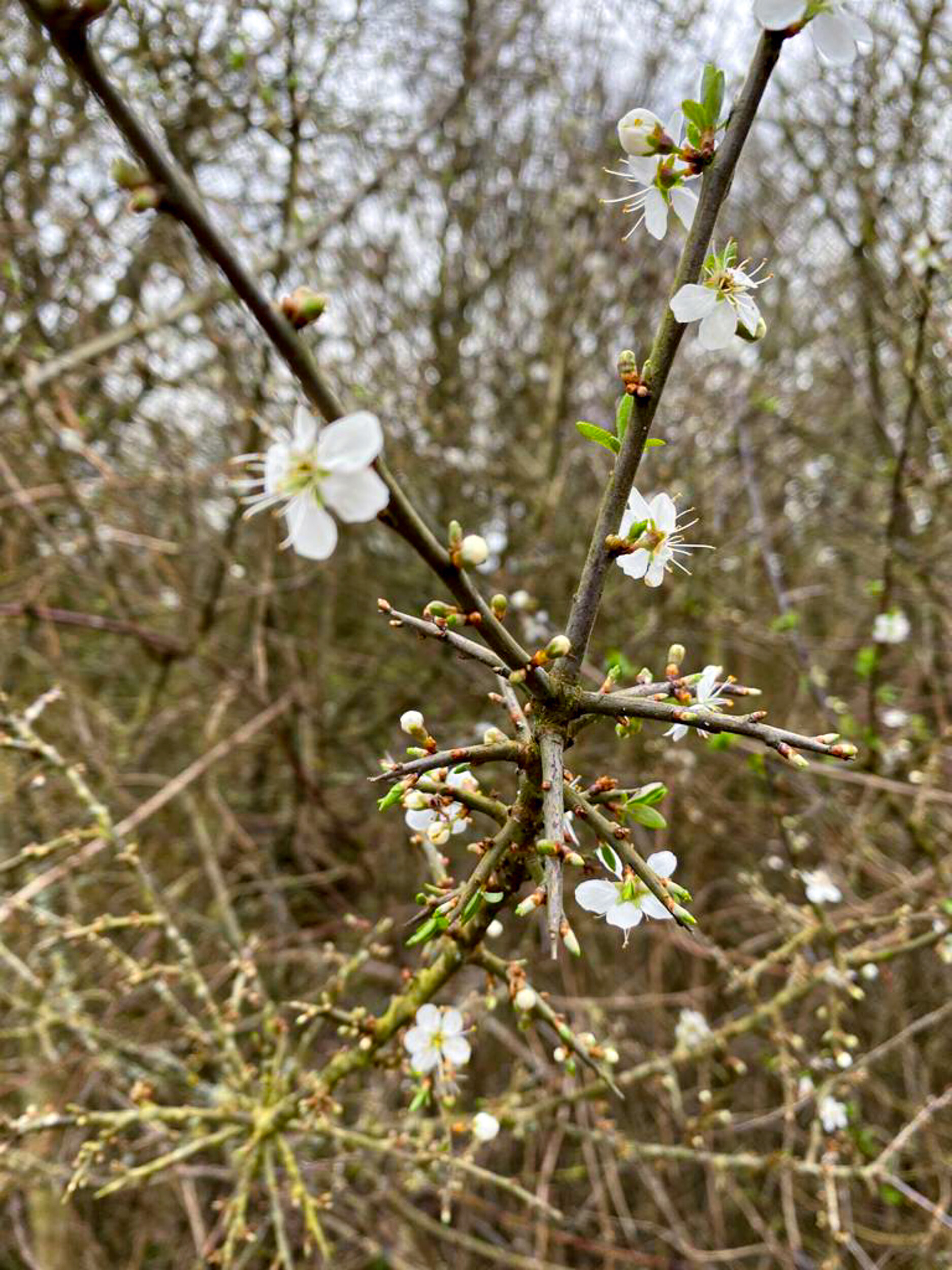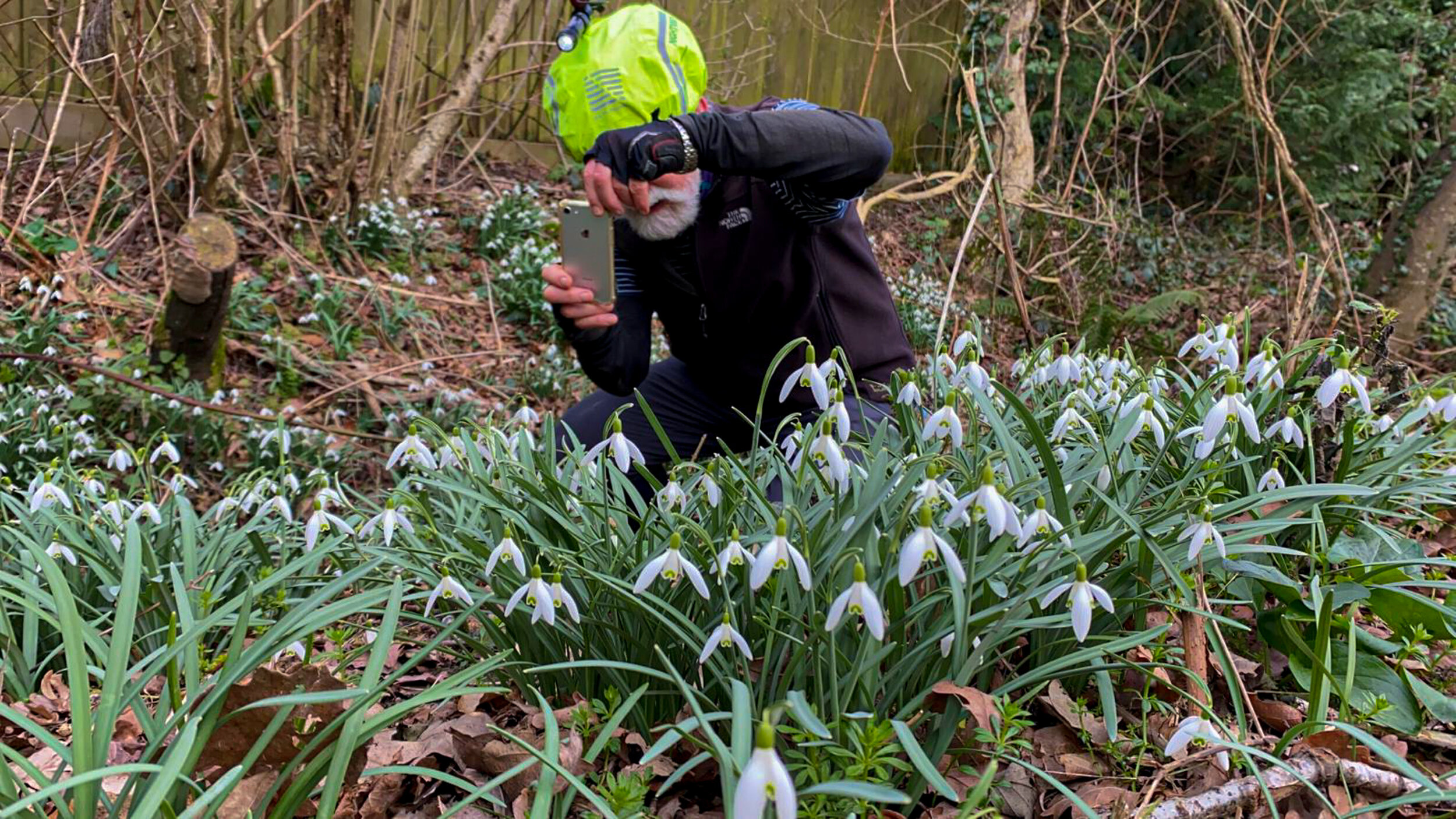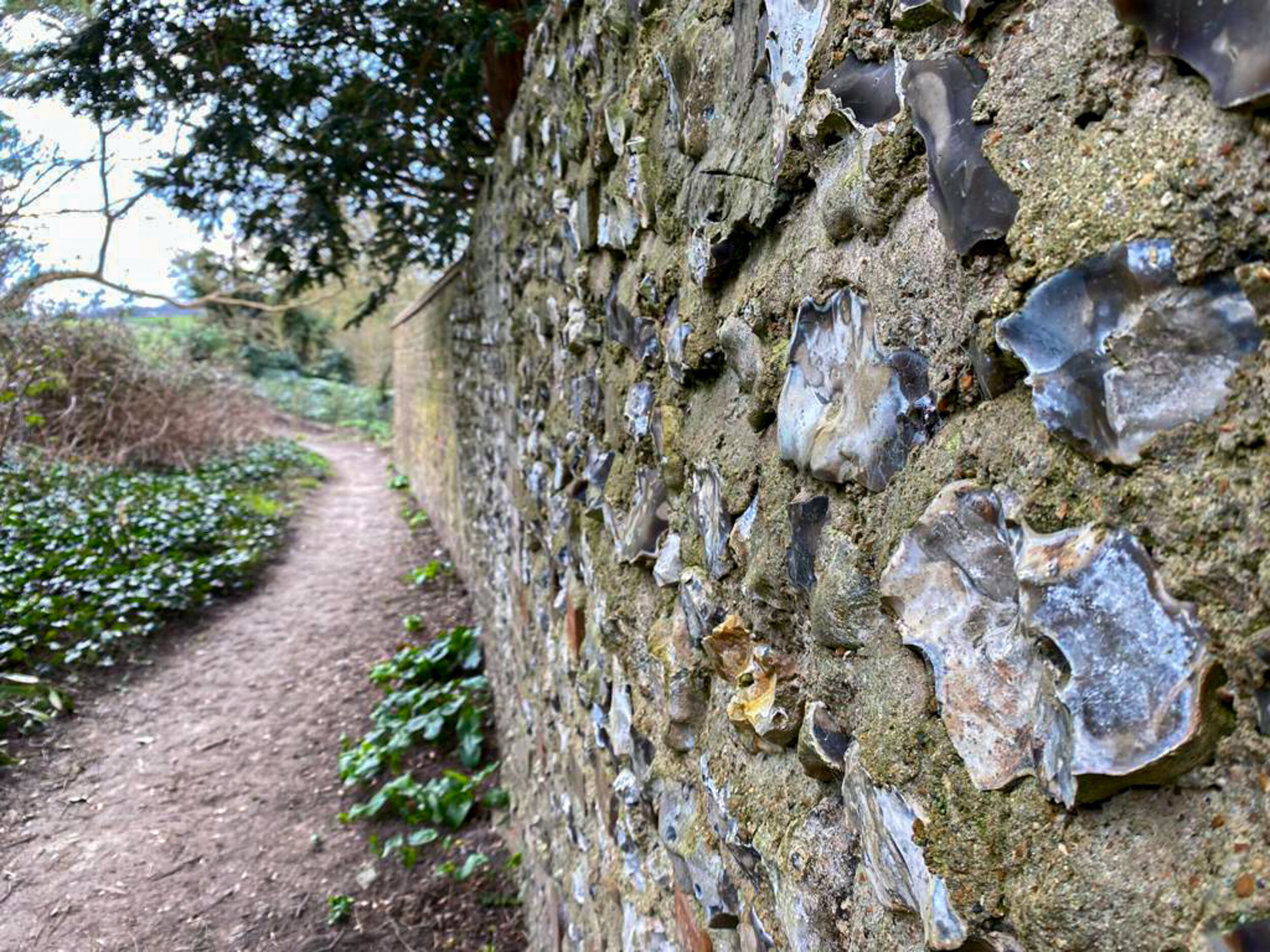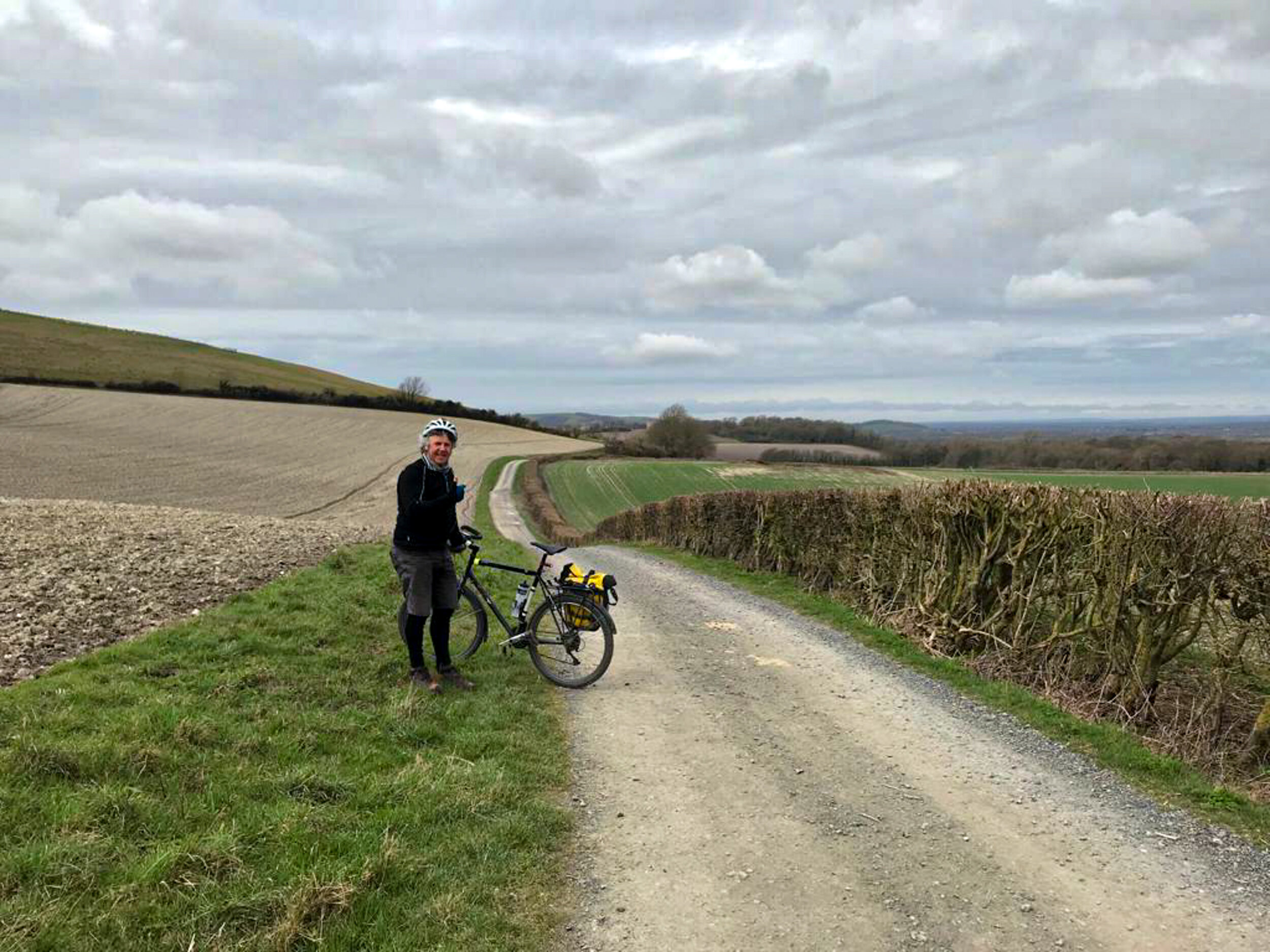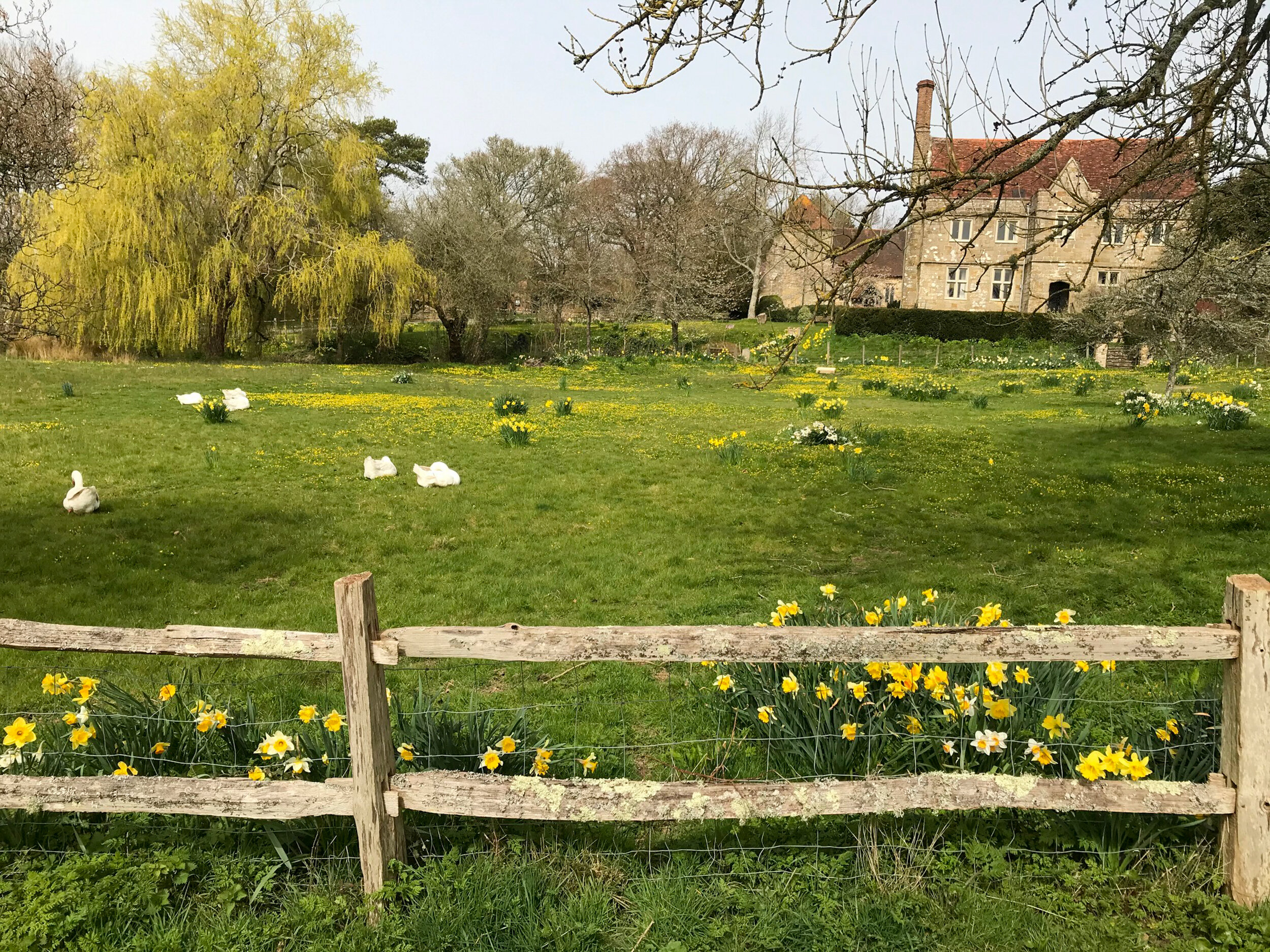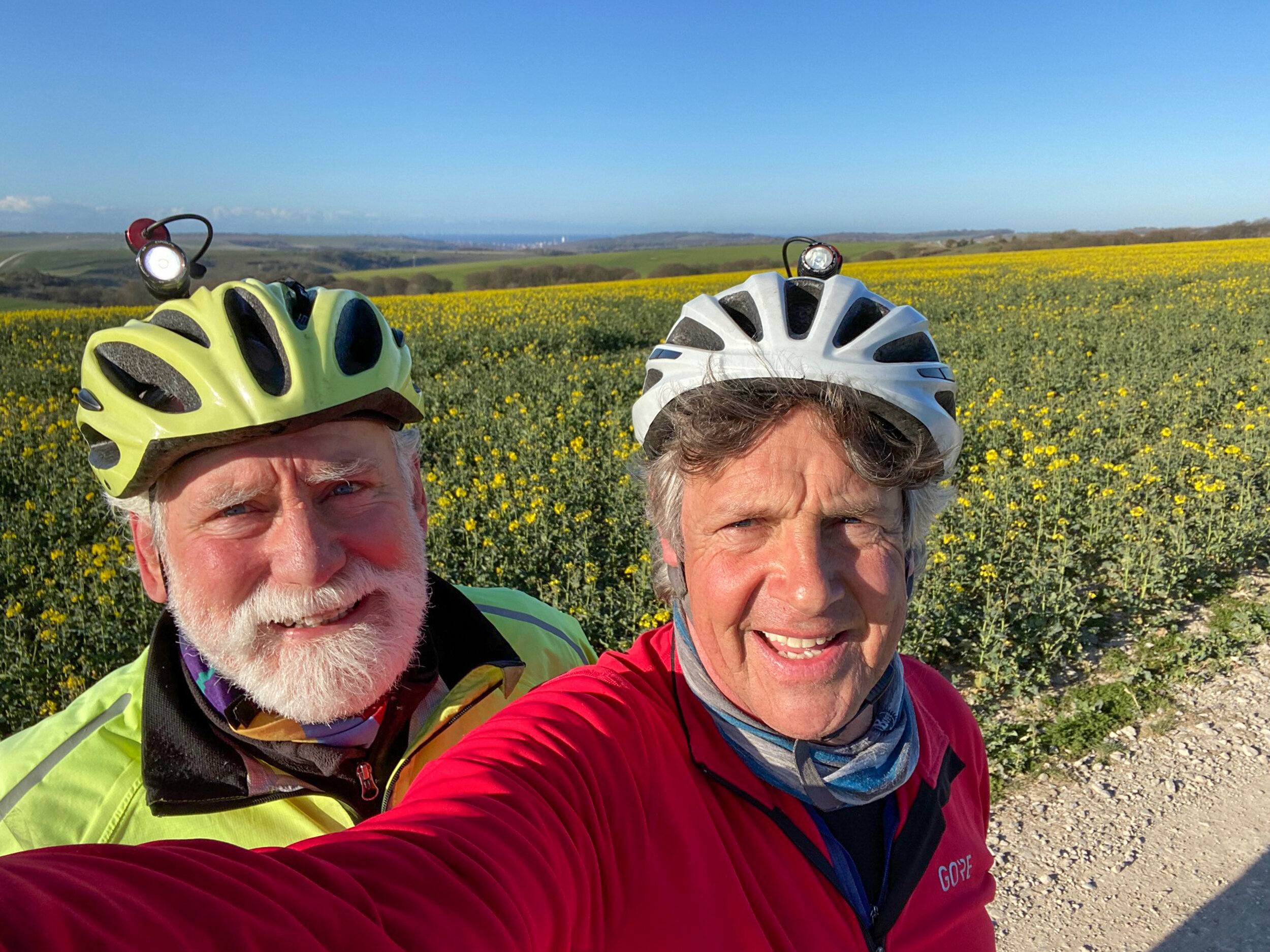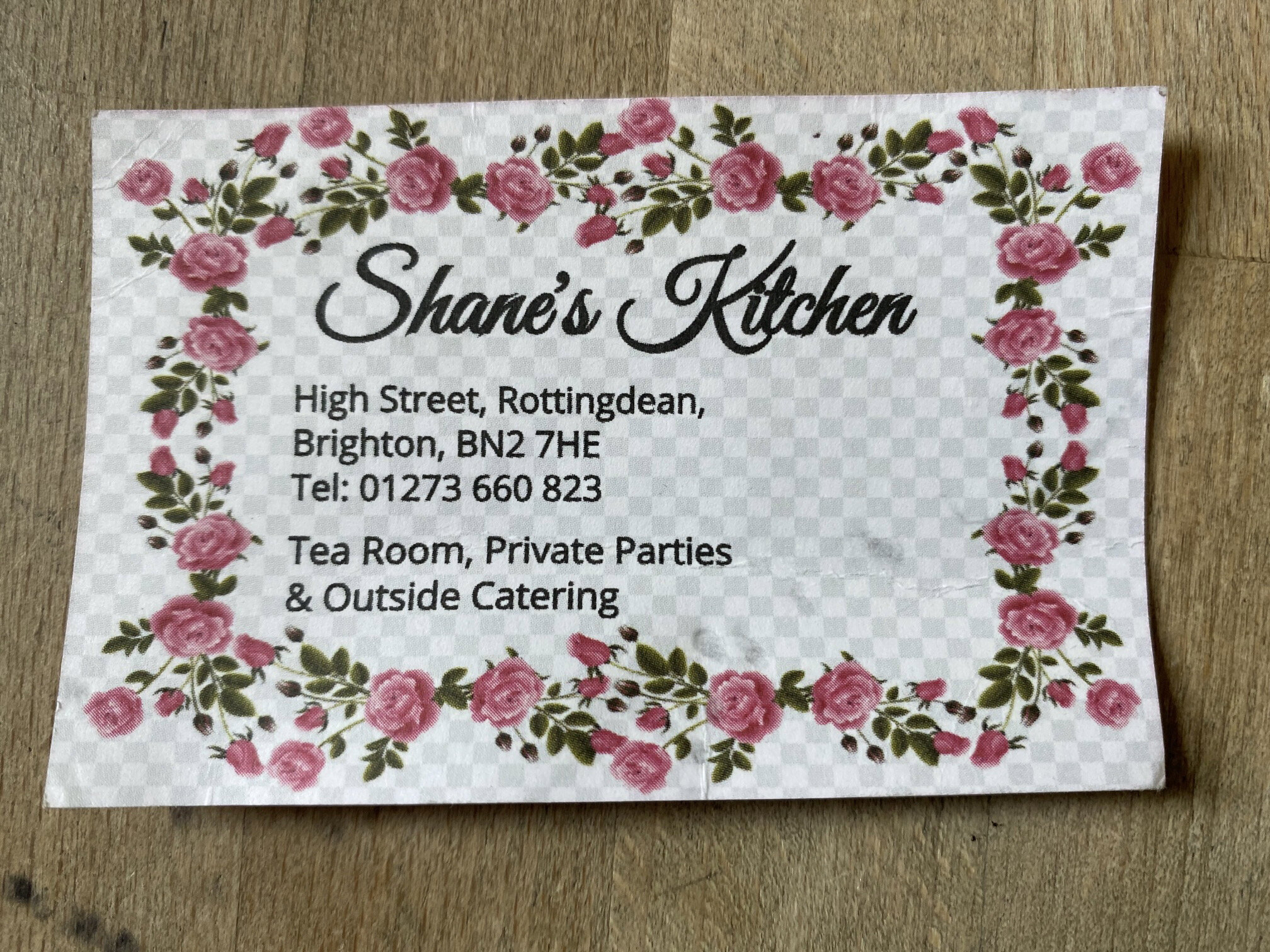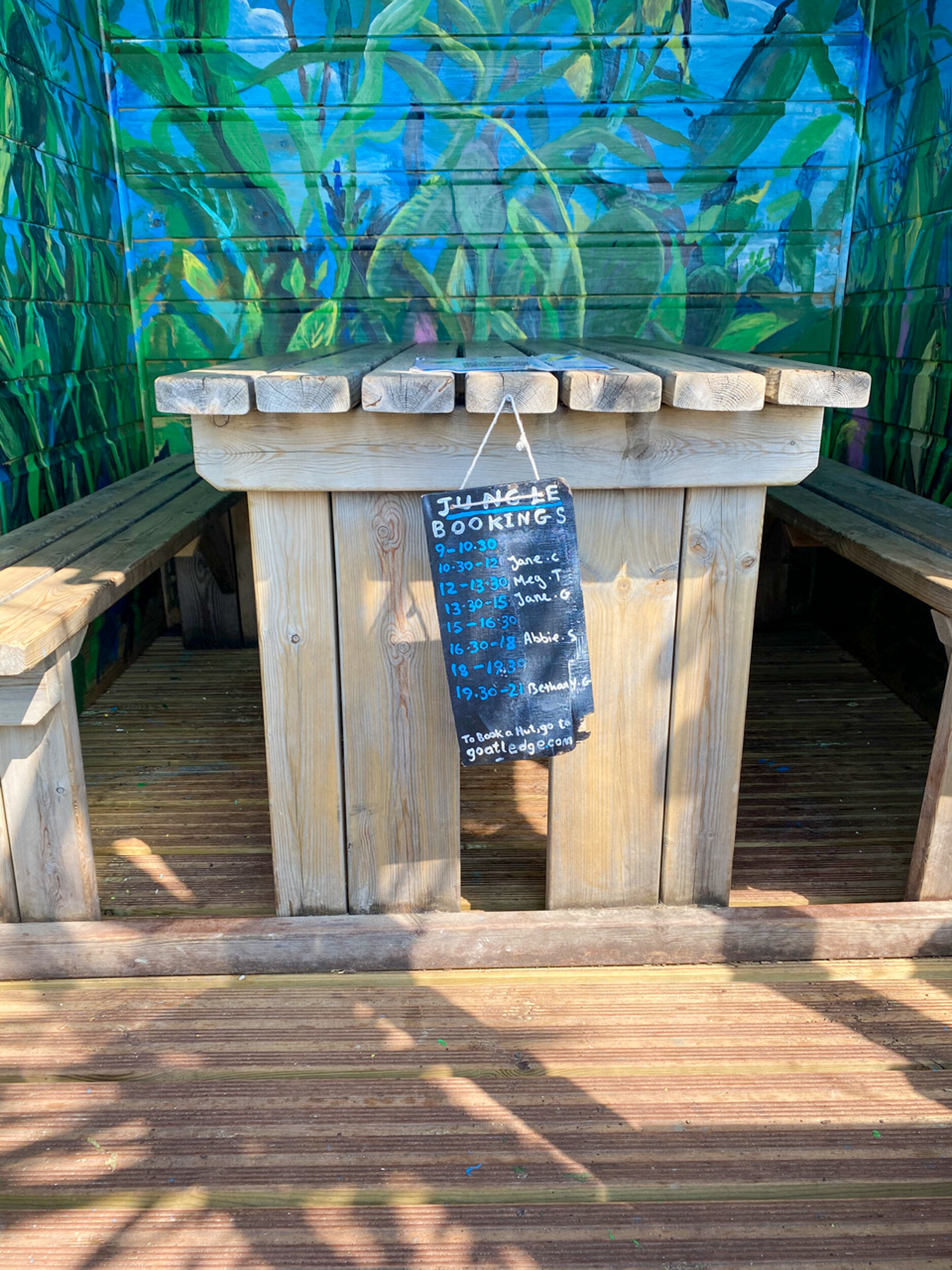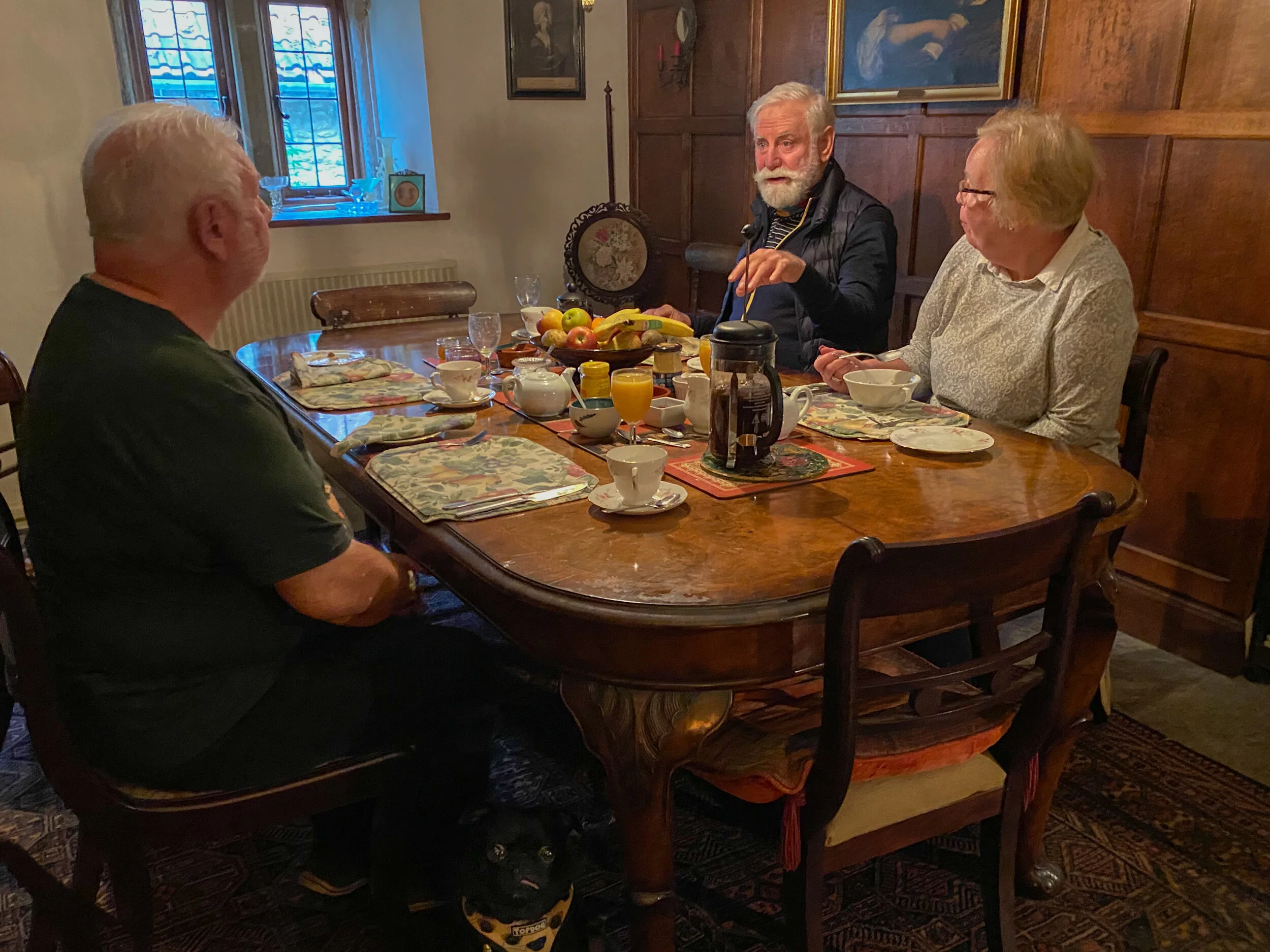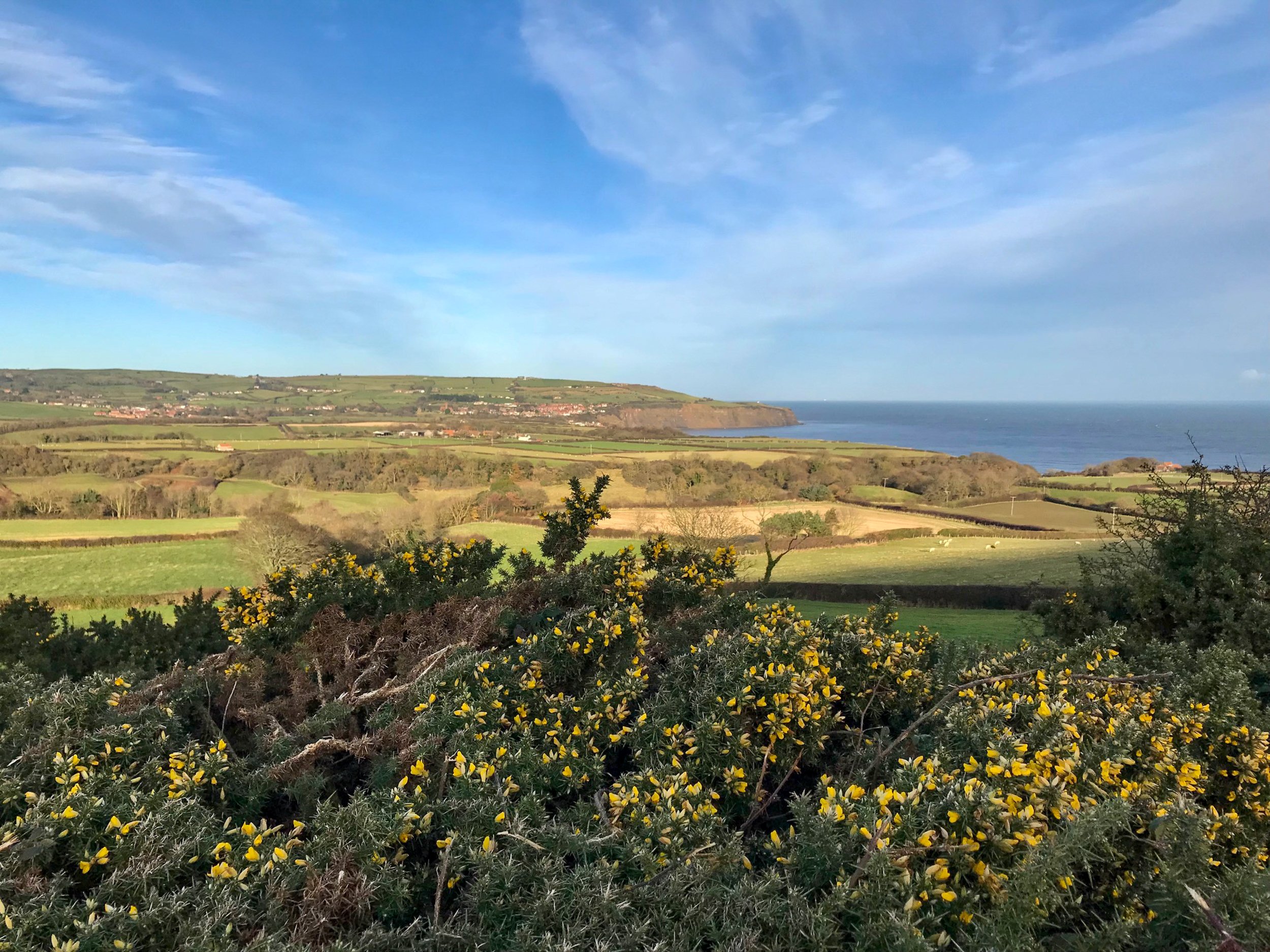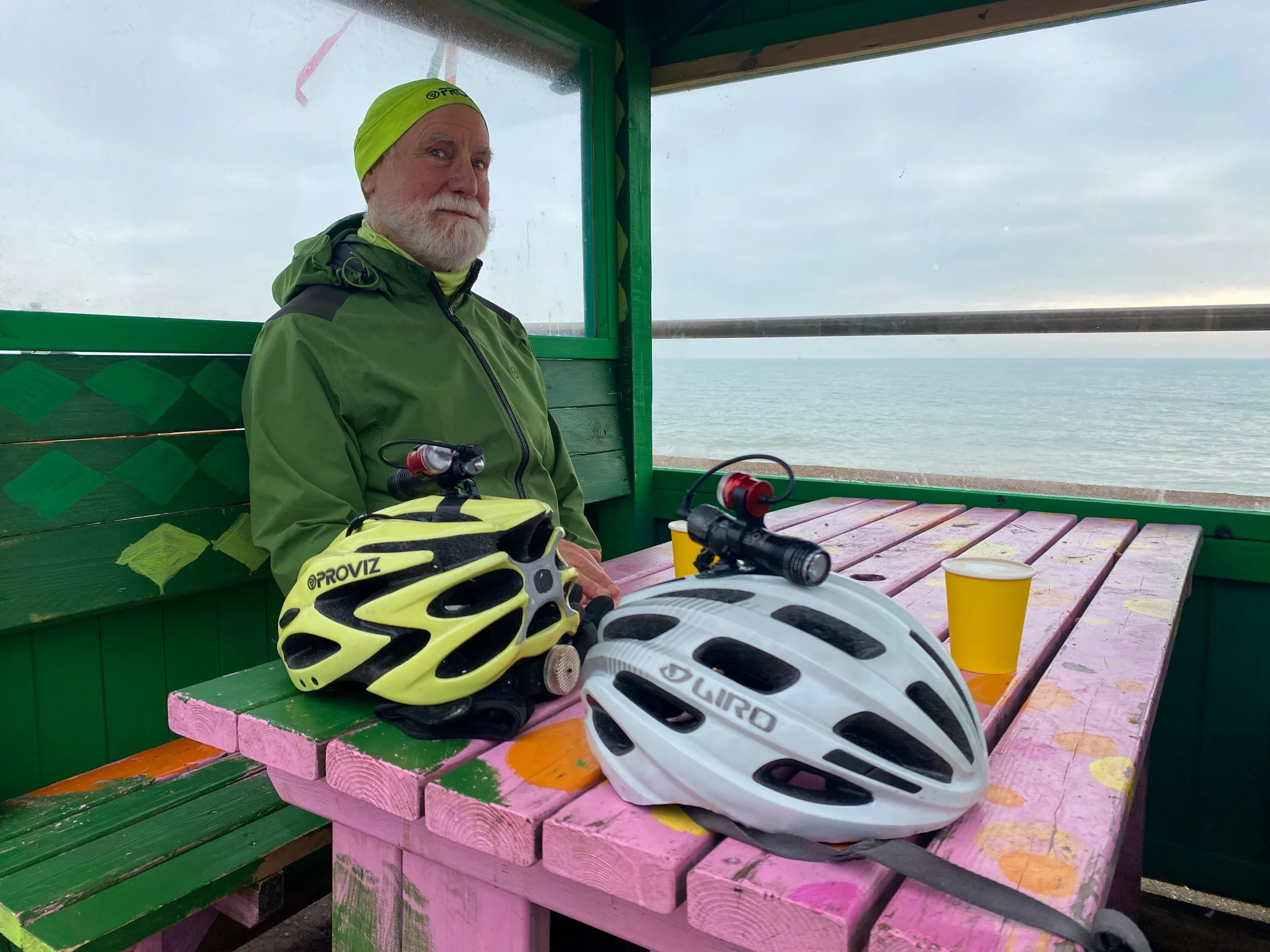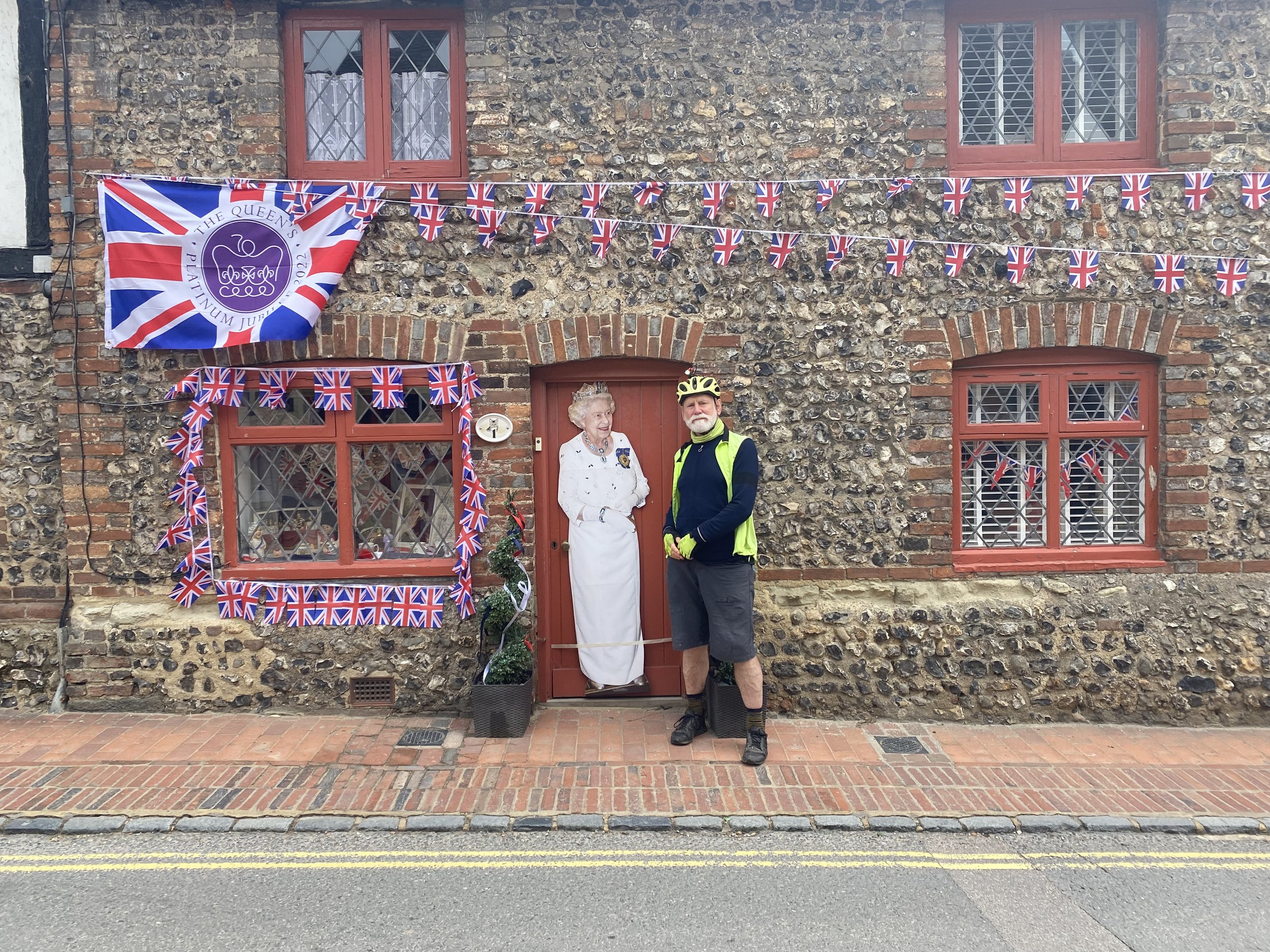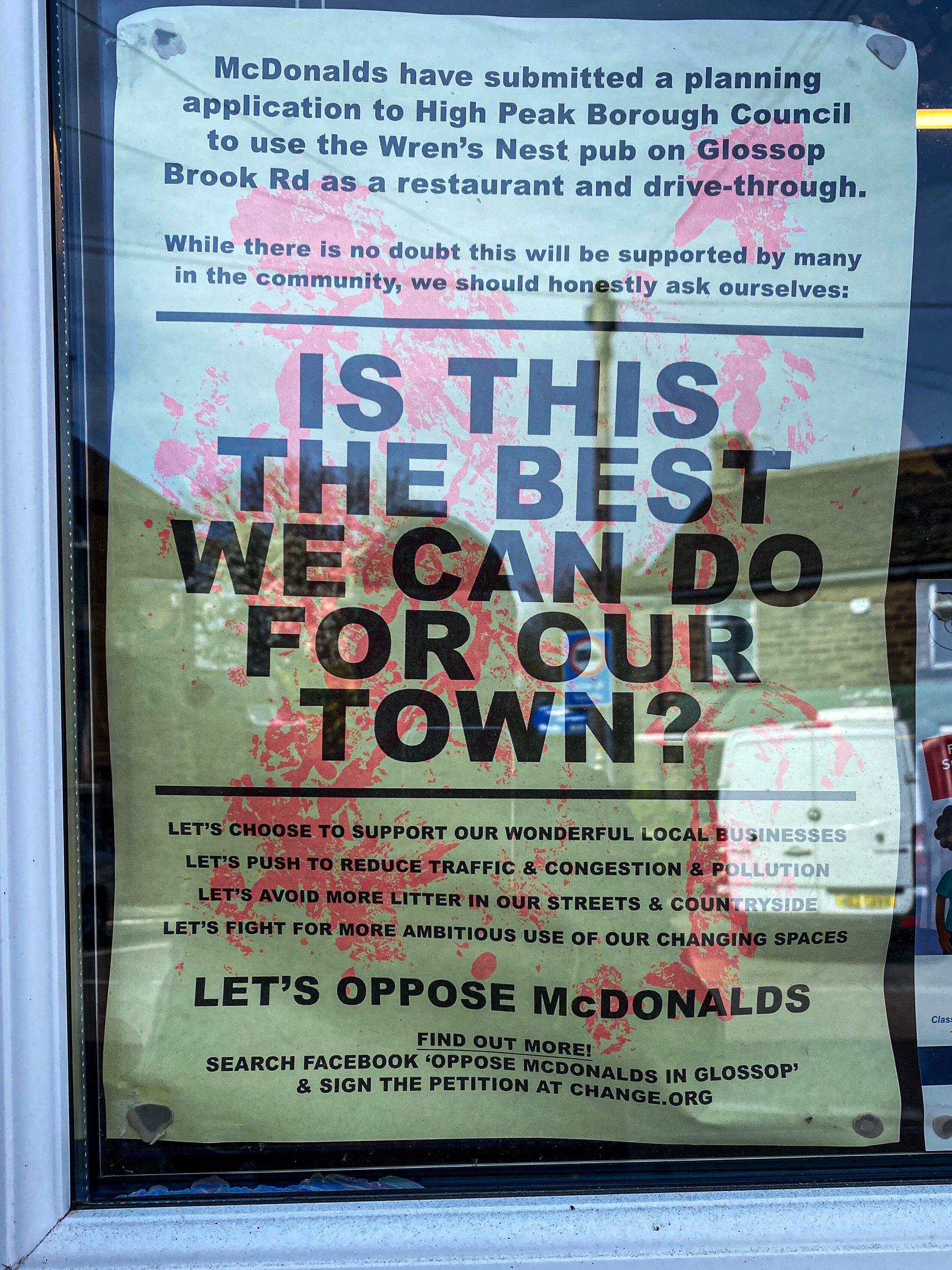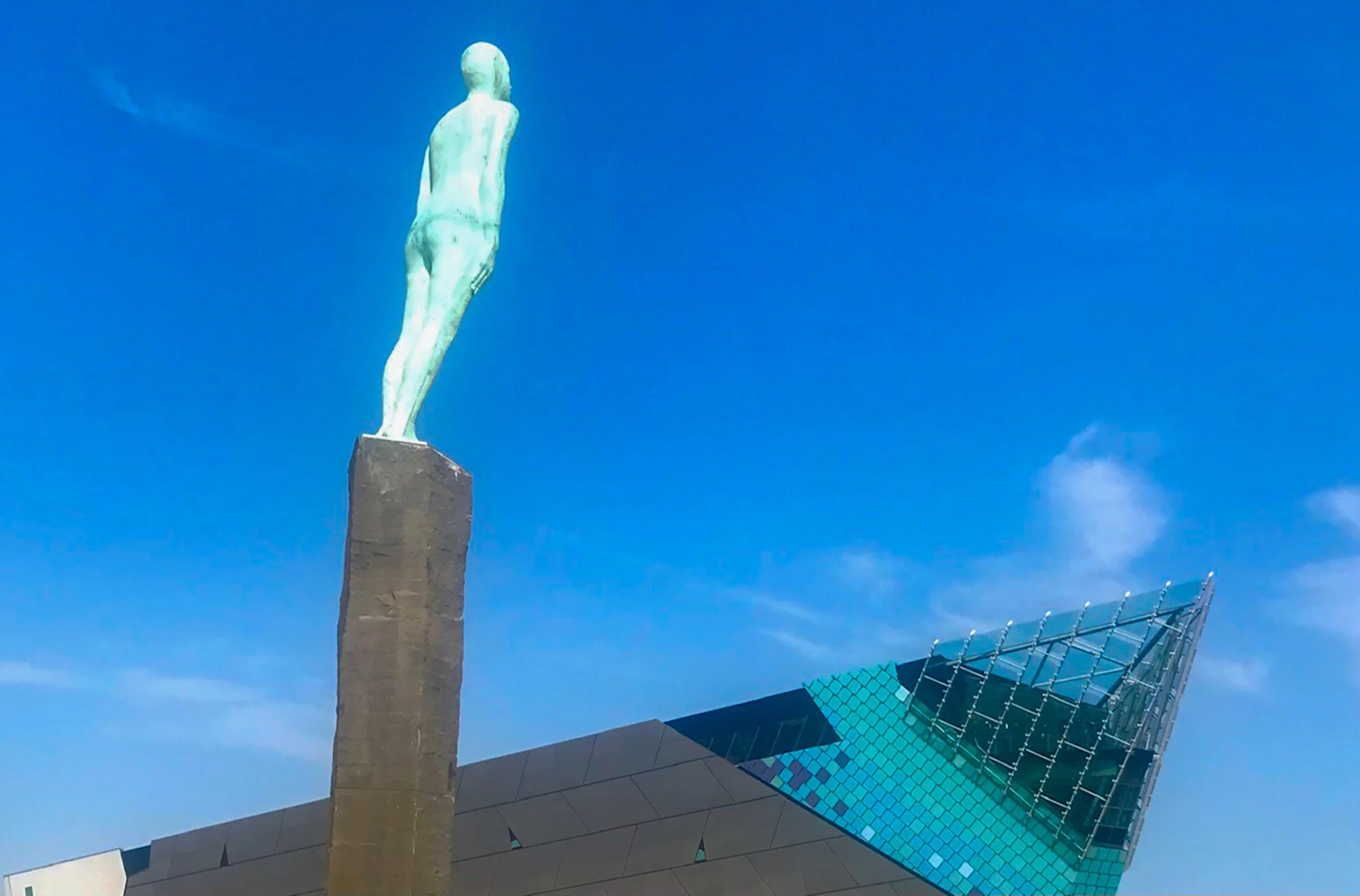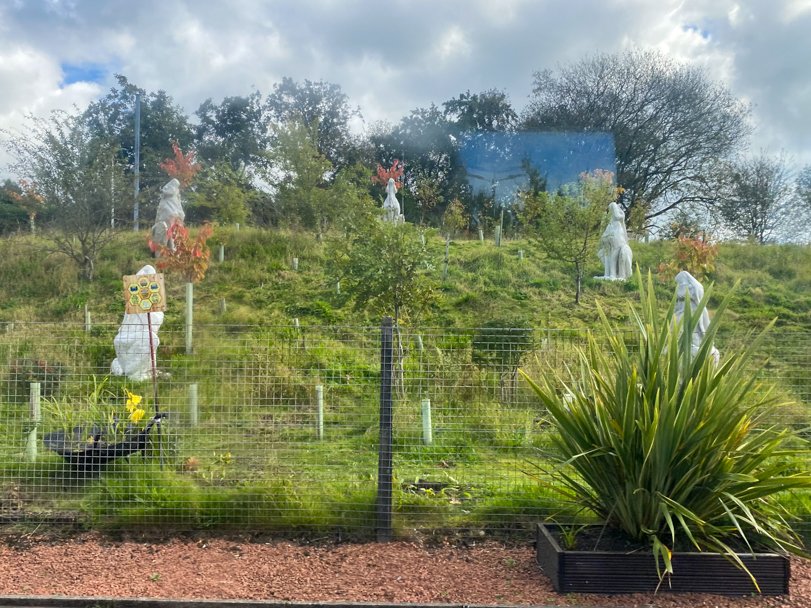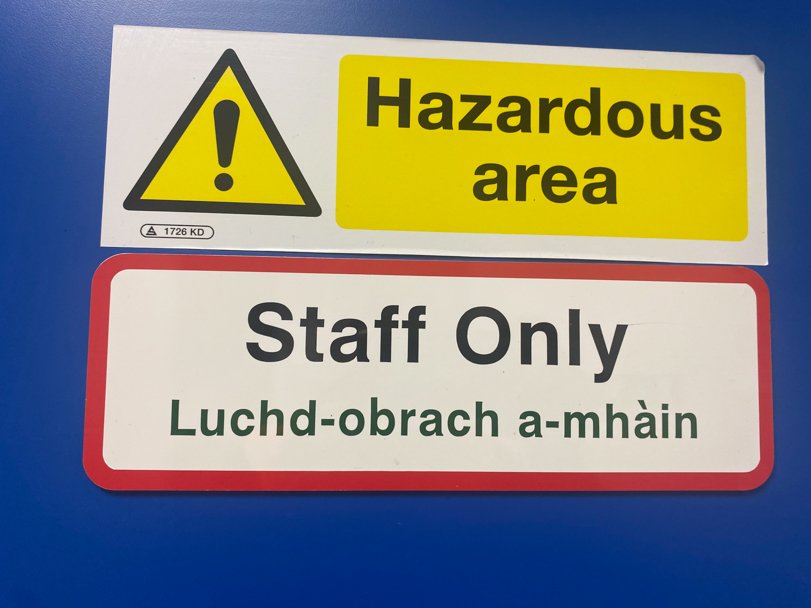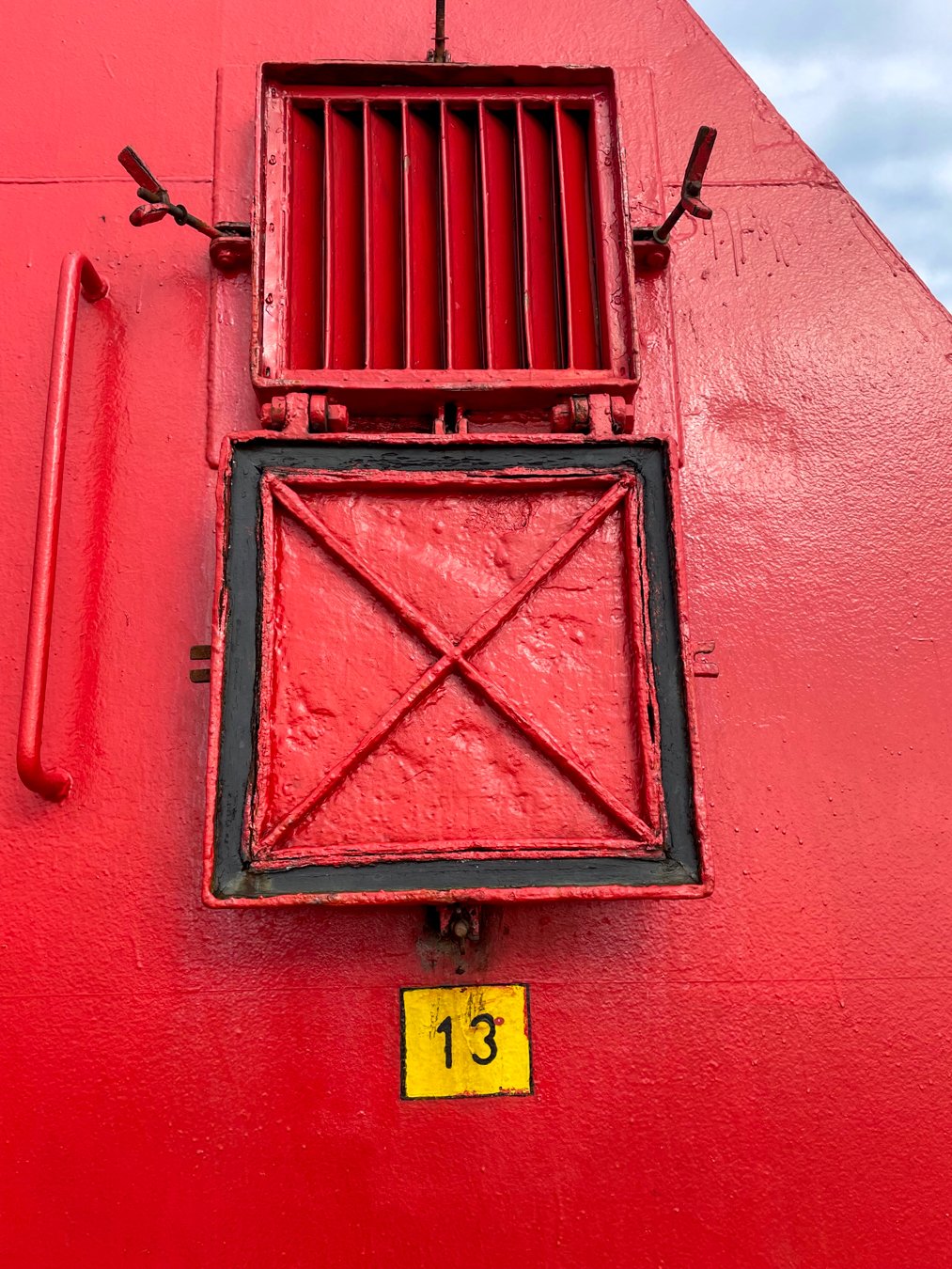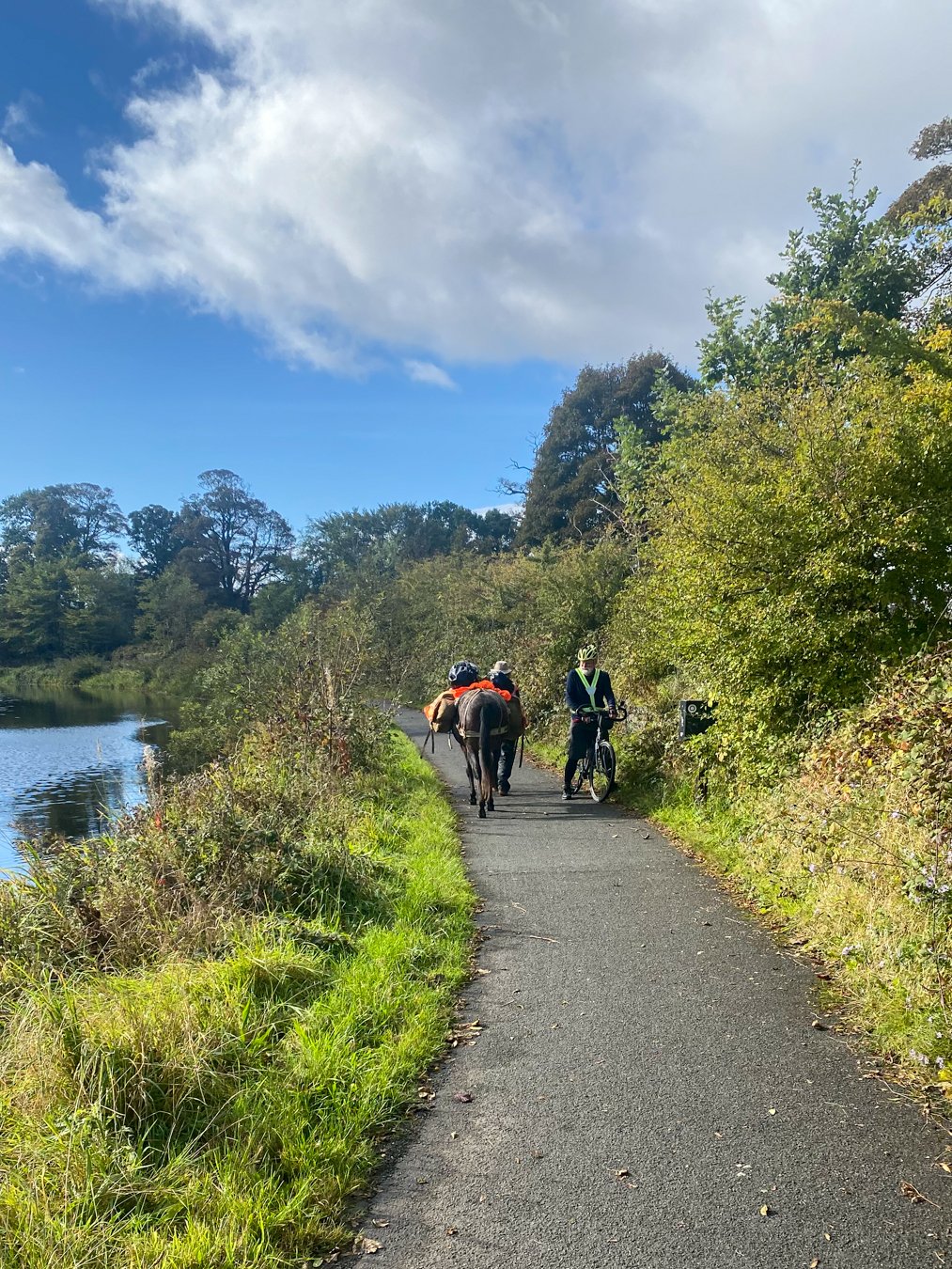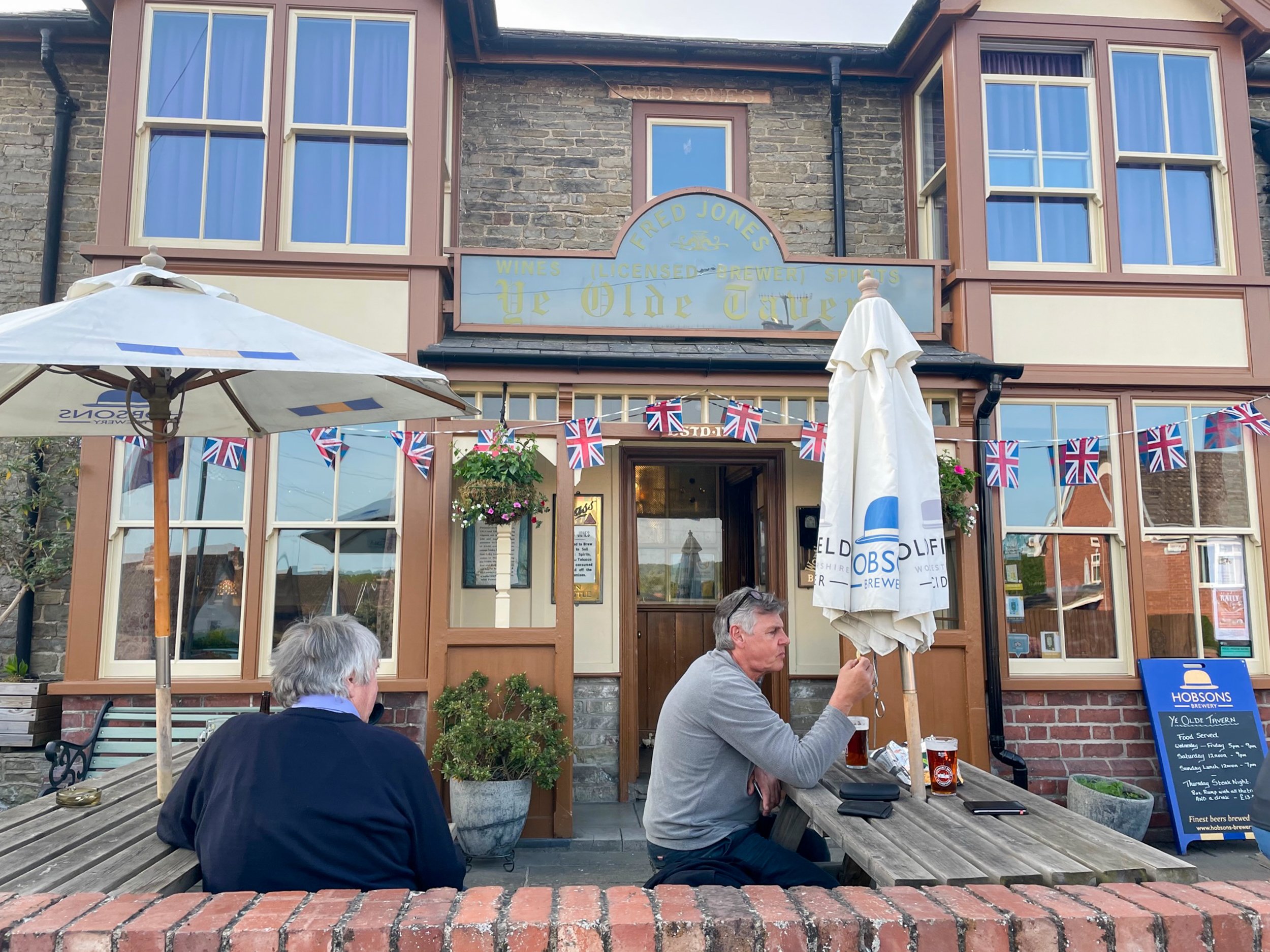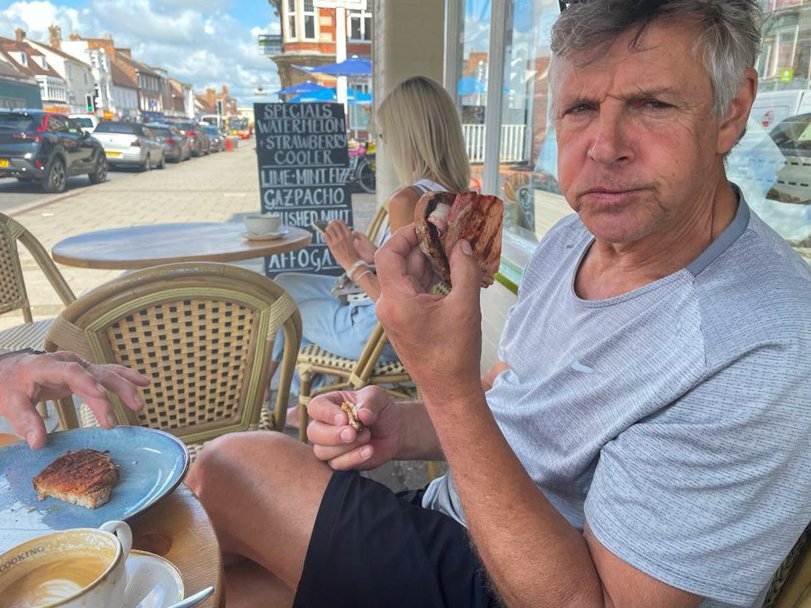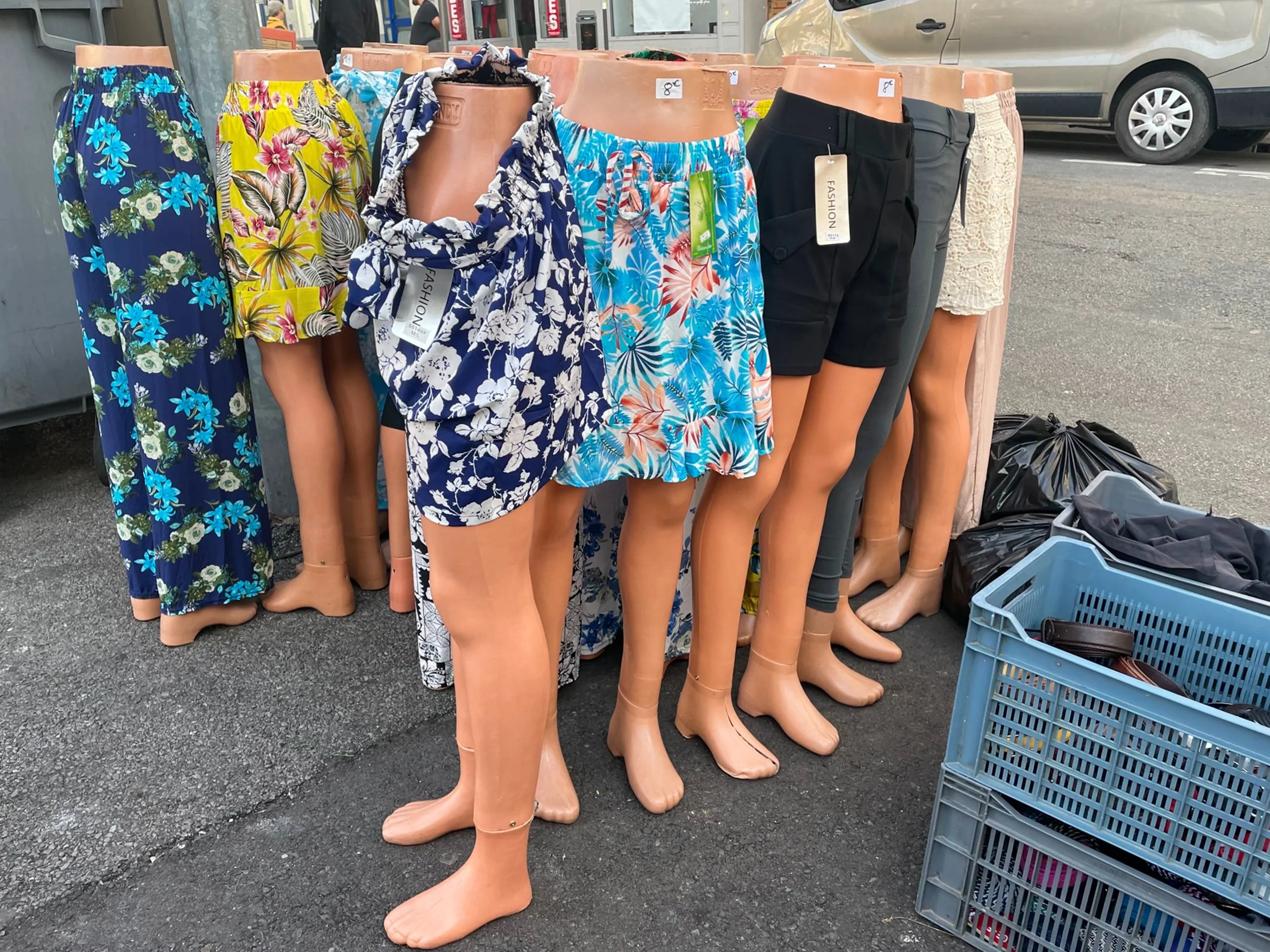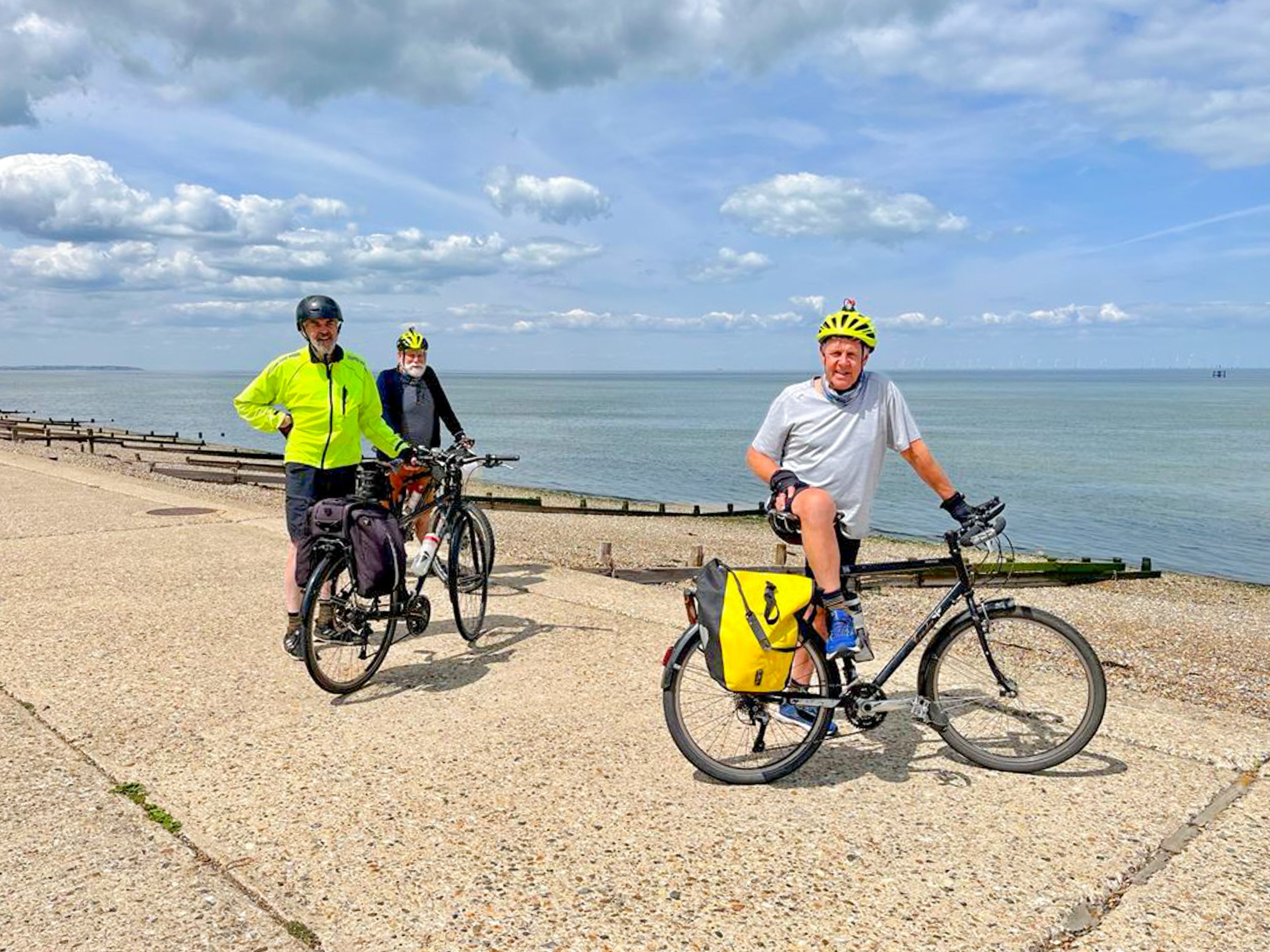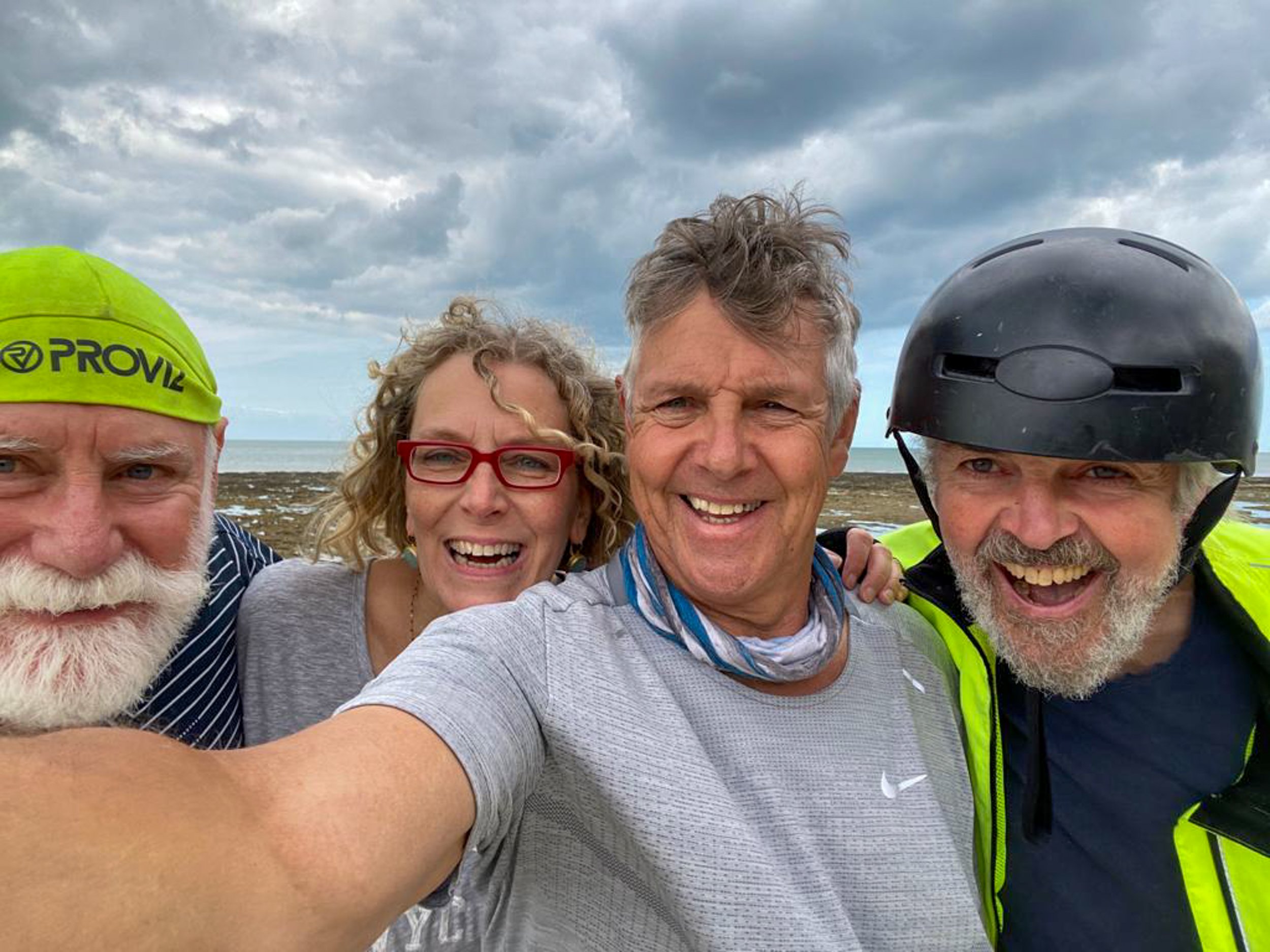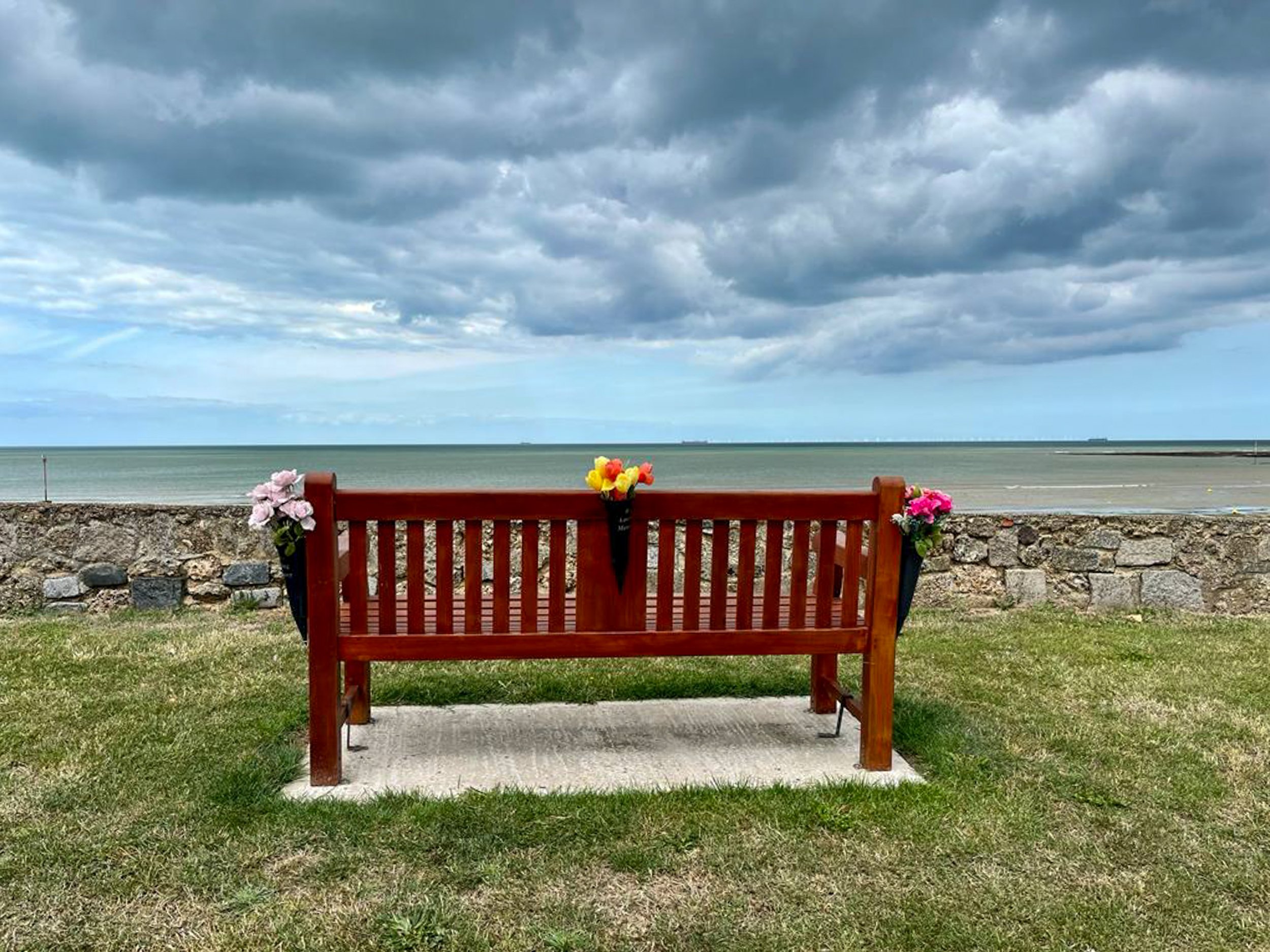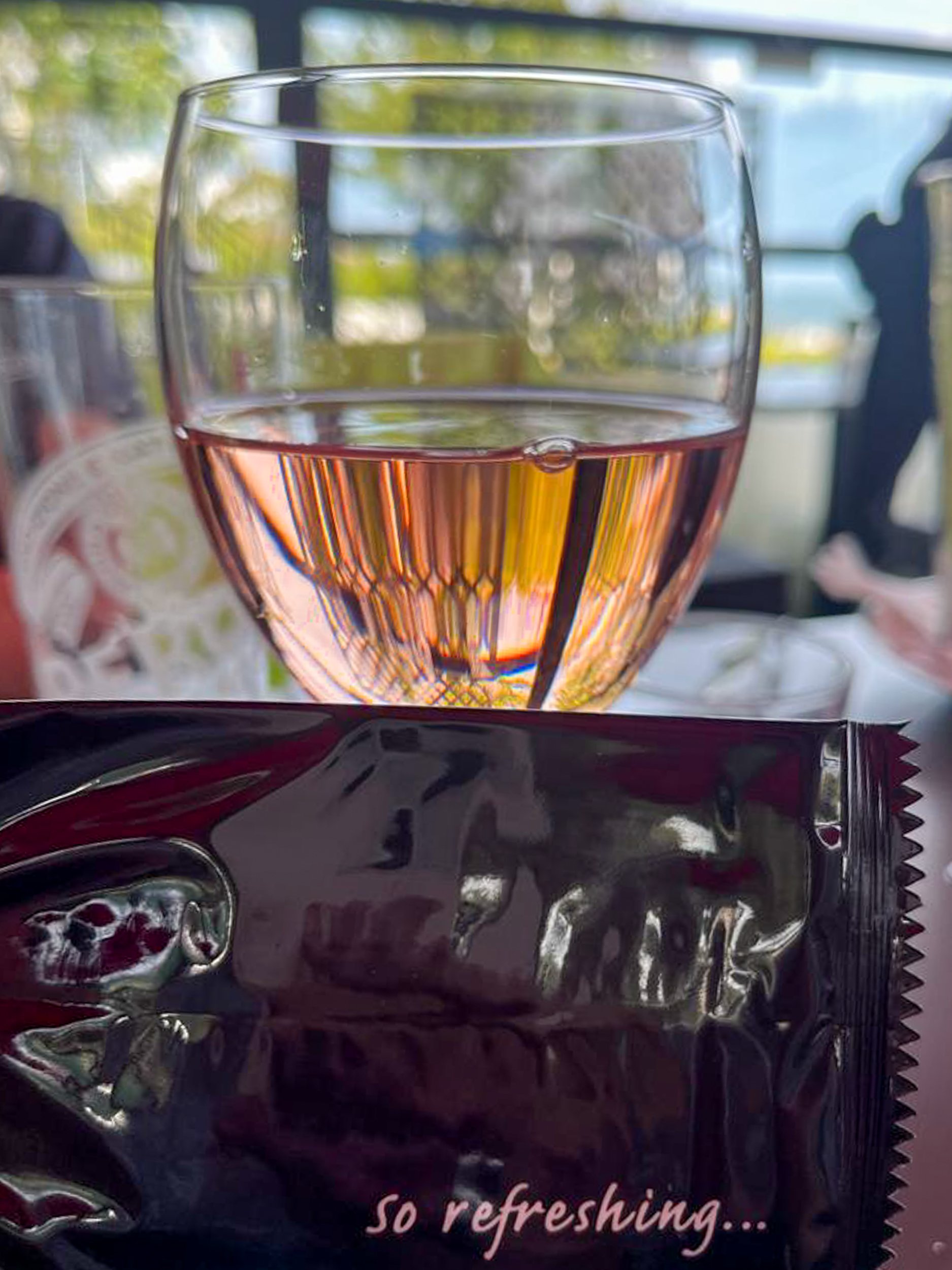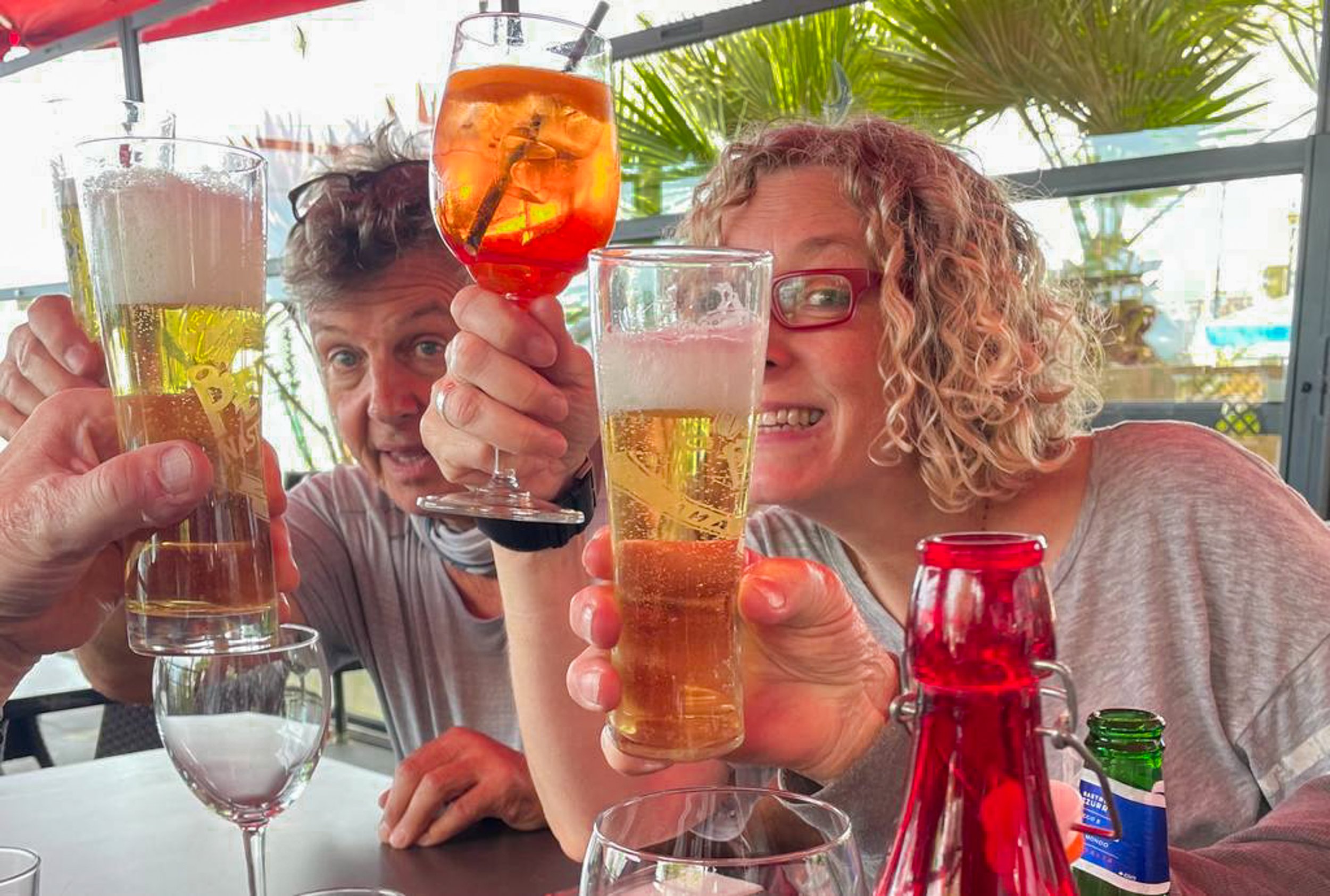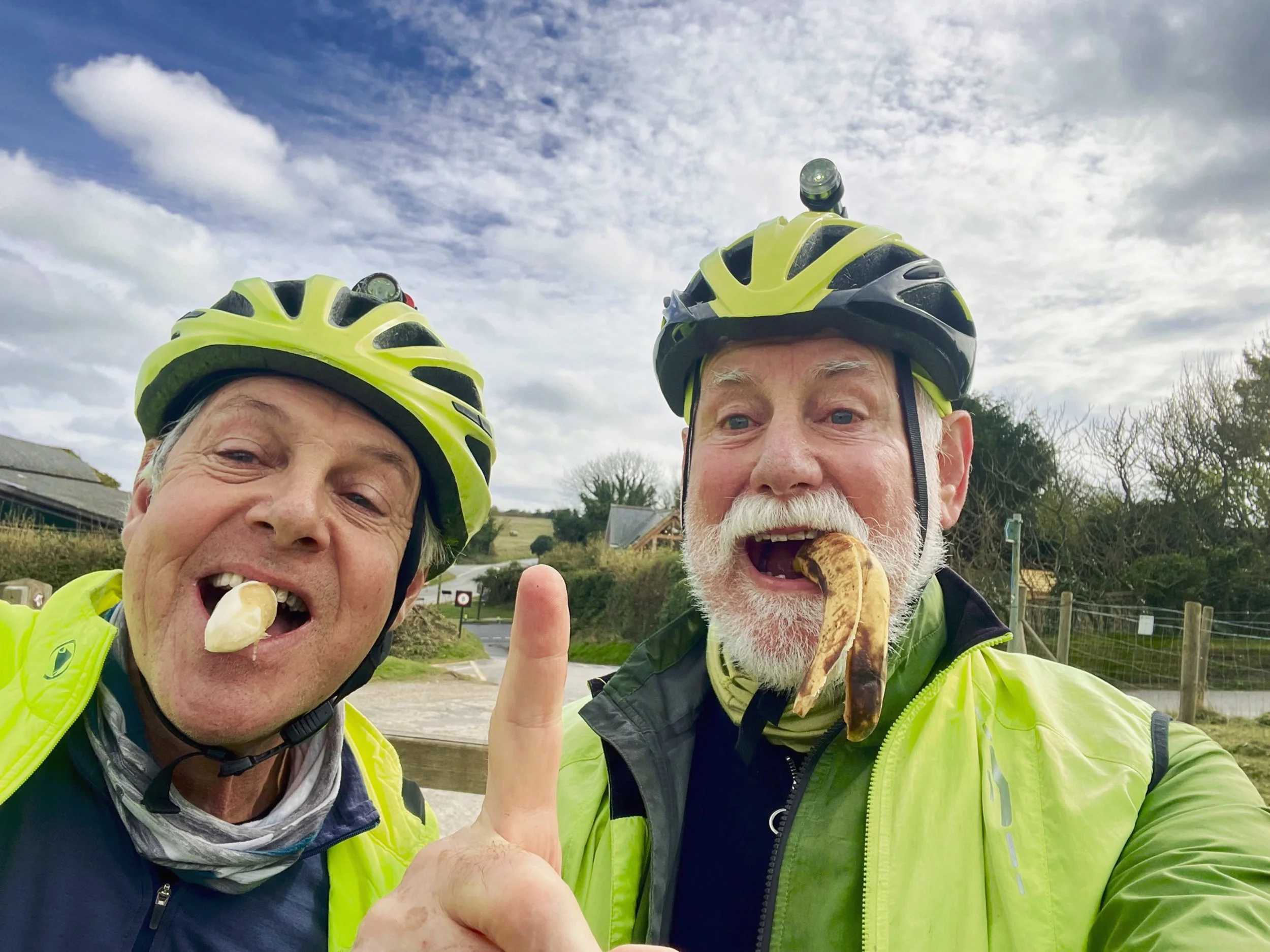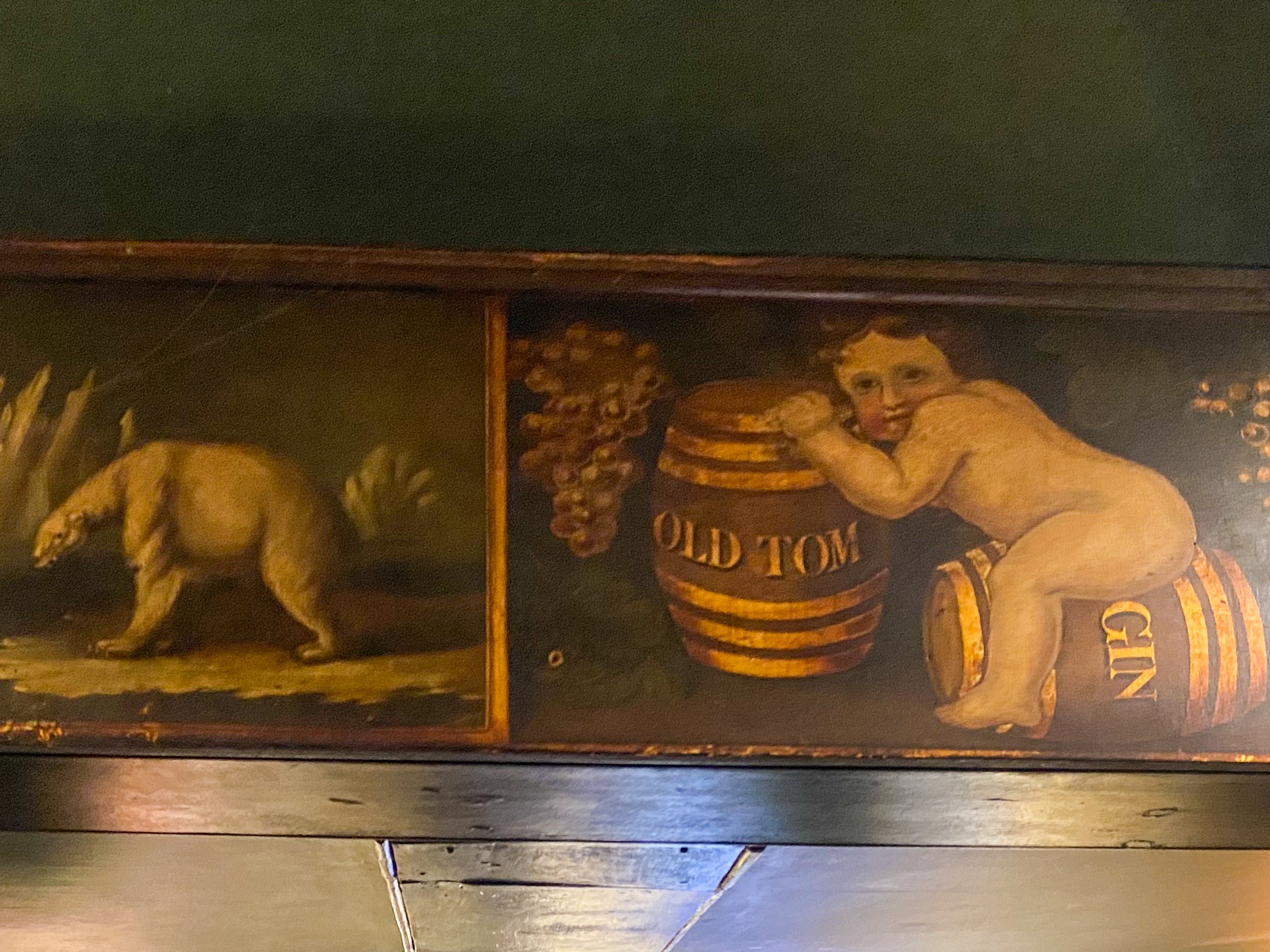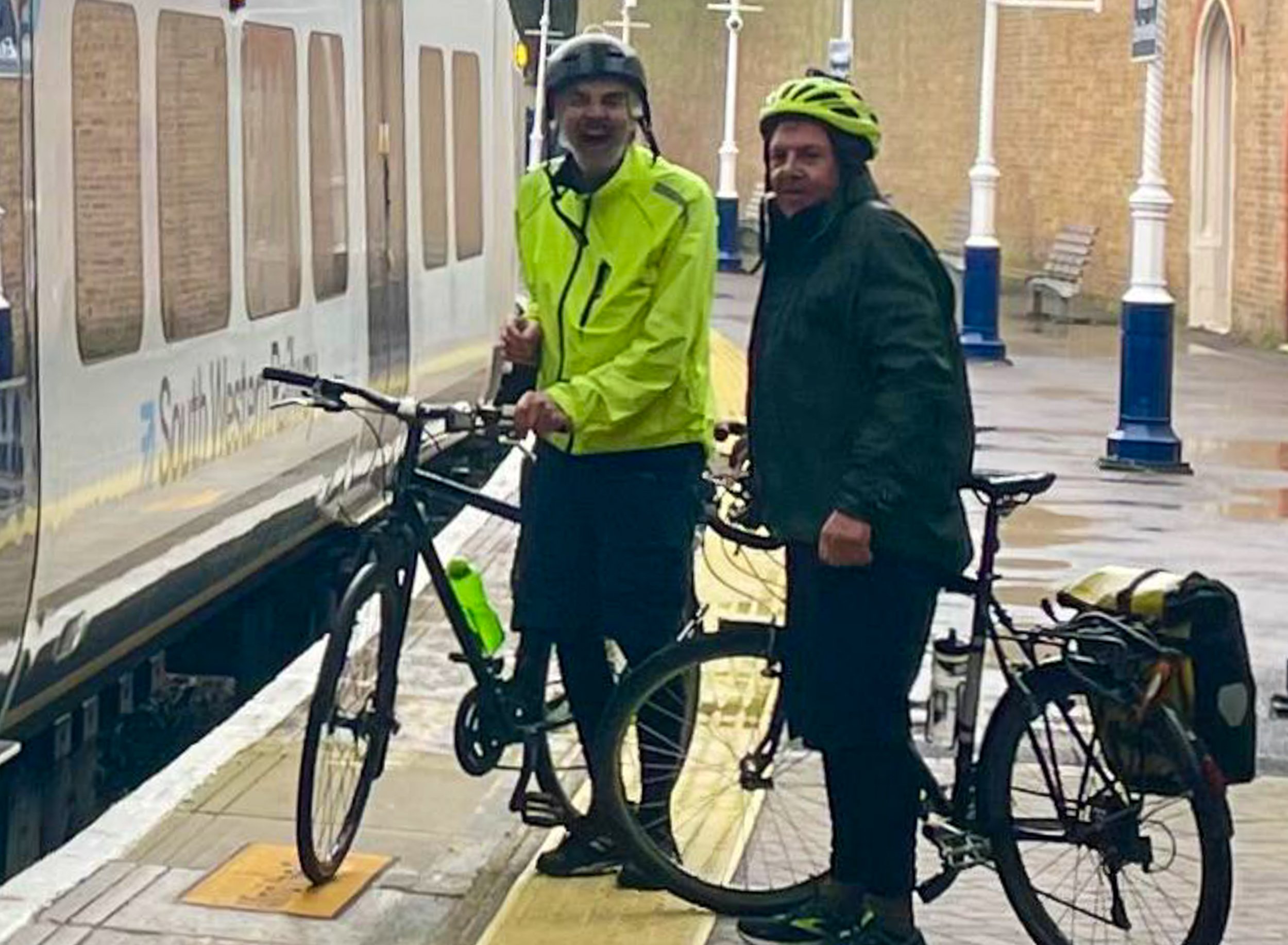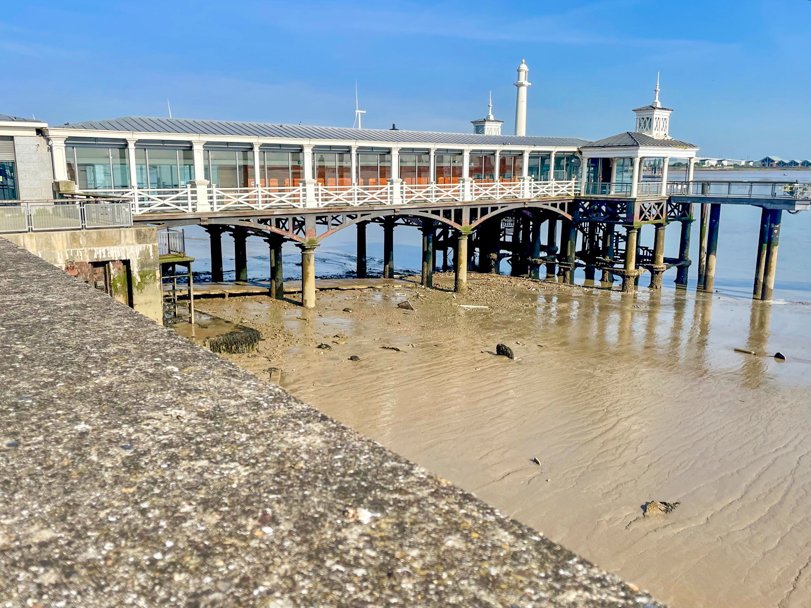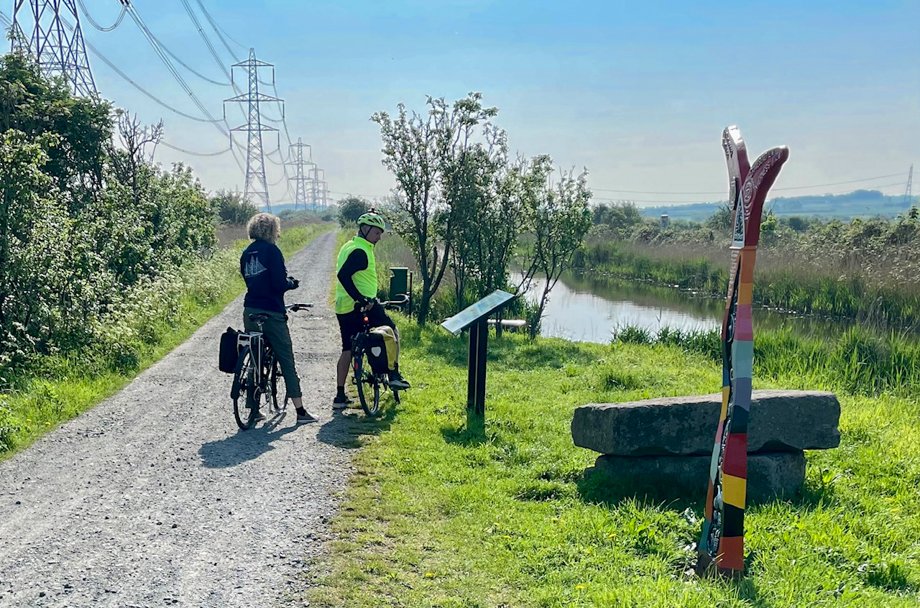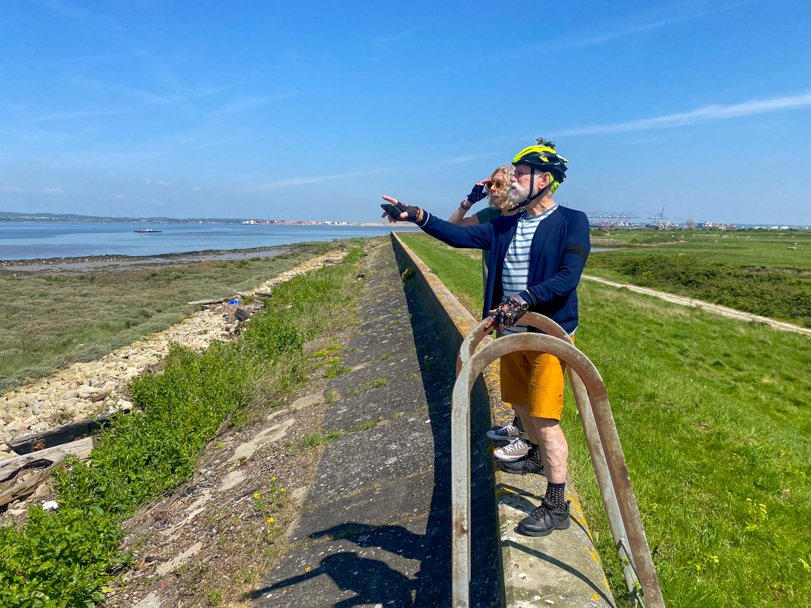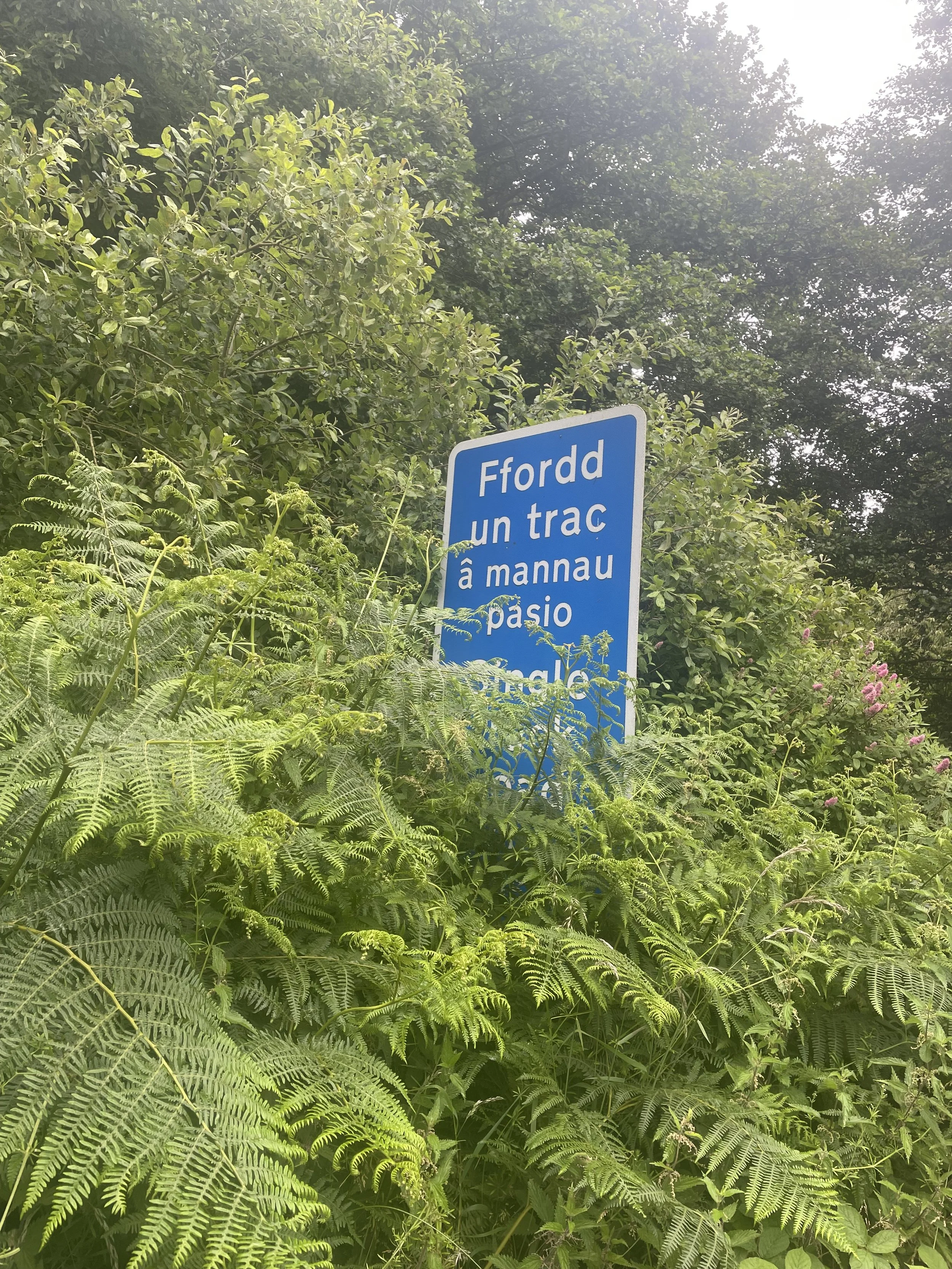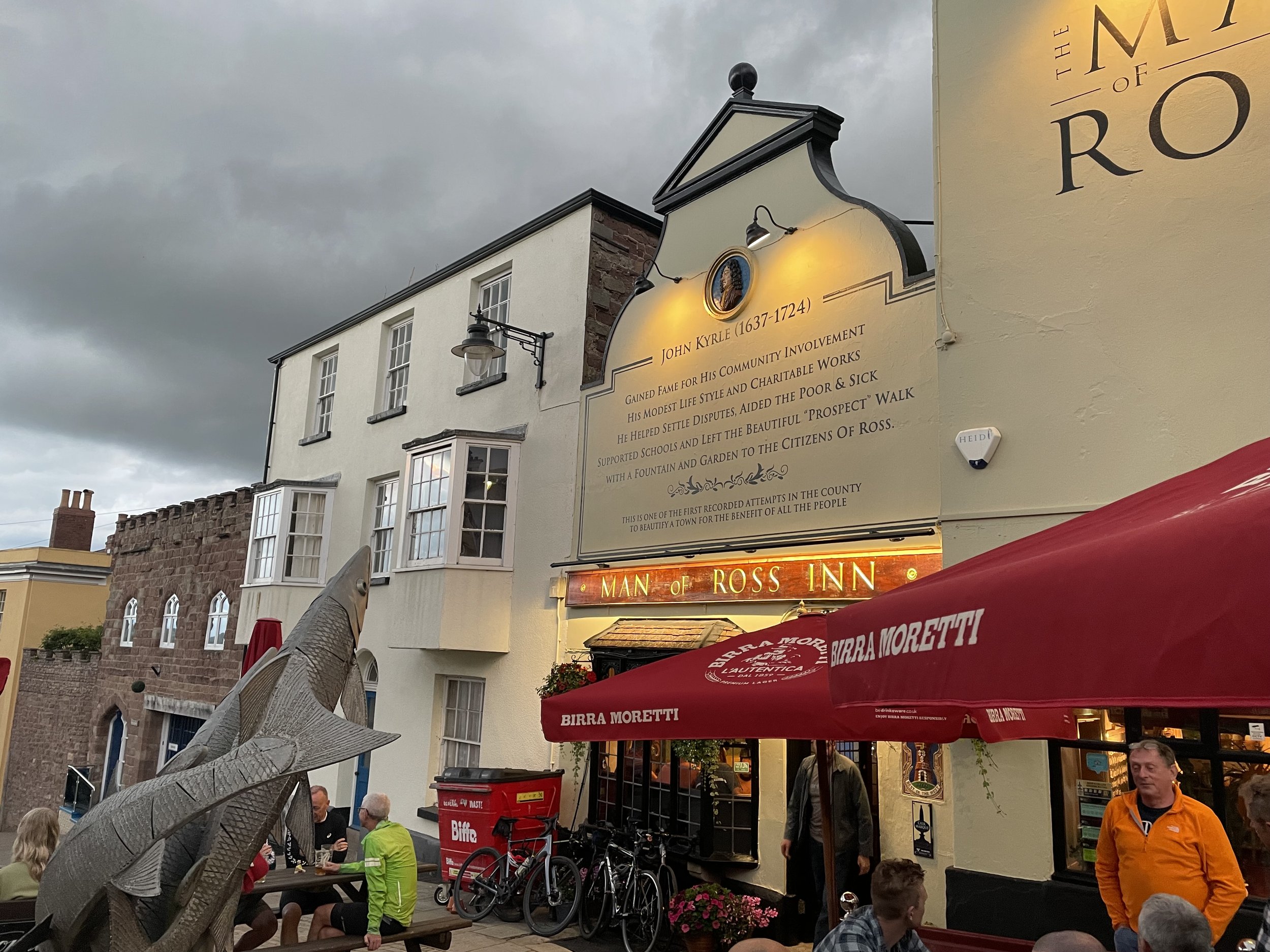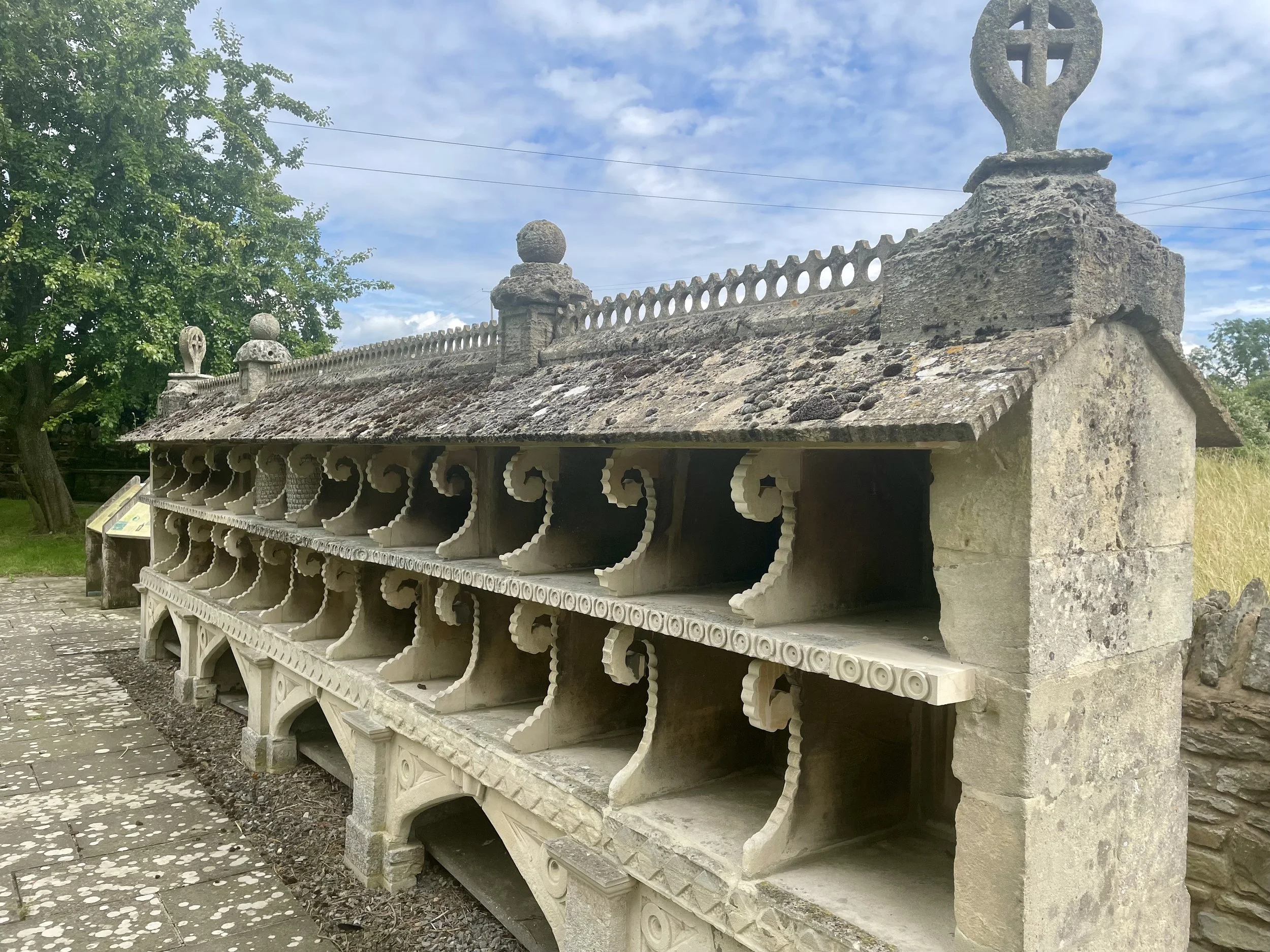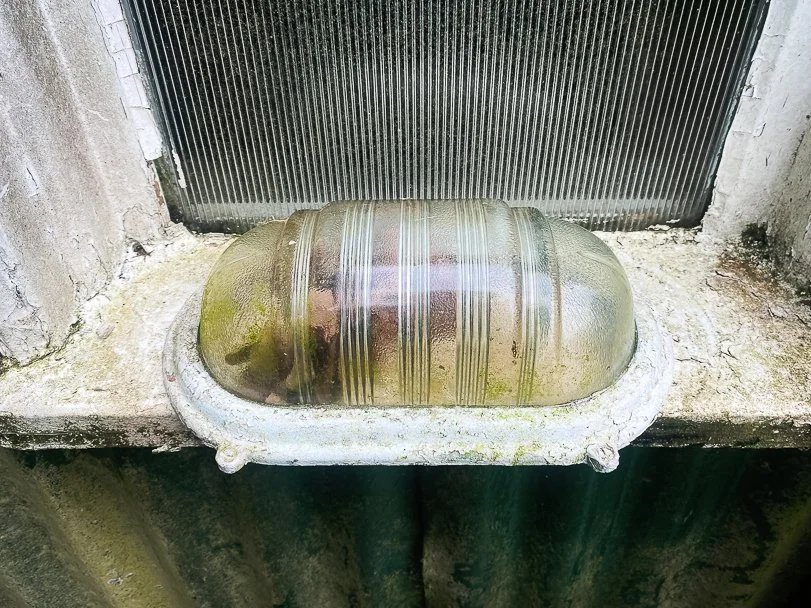51.5 Five Ferries Challenge
A couple of months ago we had a chance encounter with a tandem cyclist and his young daughter on the deserted shingle beach at Cuckmere Haven. He mentioned with enthusiasm that they had just returned from the Five Ferries Challenge in Scotland. A seed was sown.
Back home, a quick Google check told us that the Challenge involved ‘an island-hopping adventure taking in some of the most spectacular scenery of Scotland’s west coast.’ The place names were unfamiliar and exotic: the Kyles of Bute; Kintyre; Lochranza; Arran; Tighnabruiach. We were hooked. It was time for some serious planning.
Trains to and from Glasgow are normally easy to book but the implosion of Avanti West Coast meant that our return journey could not be secured in advance – we would have to travel to Scotland and take our chances once there. A national rail strike added a further level of challenge, as did the weather forecast suggesting that our middle day would be a non-stop deluge punctuated by violent thunder storms. There followed a brief debate, then the predictable decision to go ahead anyway. Guided by our PPM (Pleasure Per Mile) maxim, the daily mileages would be modest, the accommodation snug and with our new nimble mind-set we would duck and dive through the worst that could be thrown at us.
A week before departure Avanti cancels our north-bound train, but their website tells us that we can catch the earlier train at 7.10. NW manages with great difficulty to find a human being at the end of the phone and arranges a reservation for our bikes, a sine qua non if we are to make it to Scotland.
Day 1. The two Nicks rise at 5am for the traditional trans-London dash to the station – Euston this time. Chelsea Bridge is crossed as the first streaks of dawn appear downriver; we glide through empty streets and ghostly squares until progress is abruptly halted by high viz heavies at The Mall. Even though the London Marathon is three days away and Green Park is deserted, our honeyed words fall on deaf ears. We must take the long way round and a half mile is added to our journey.
By 7am Euston station is getting busy and we push our laden bikes through the crowds towards the gate with apprehension. Two one-legged travellers in identical bright sportswear are ahead of us; they are making good progress on their crutches and are swiftly waved through the barrier. We are less fortunate: our tickets are fine but the bike reservations – dictated over the phone – are not. The ticket Stazi suggests that we should go back to the ticket office to get an official email reservation. With ten minutes to departure, we stand our ground as the muttering queue builds behind us. Eventually and with great reluctance we are allowed through, to find that there are no other bikes aboard. For once there is a generous space for bikes instead of the usual broom cupboard; the only problem is that it is nine carriages distant from our First Class seats. We sprint up the platform and settle back just as the train departs.
We are greatly encouraged by the sight of a chef in whites busy in the galley. By the time we reach Bushey an Avanti steward is reciting the food offer – the full gamut from porridge to smoked salmon and scrambled eggs via the mandatory full English. We’re cyclists and we need our carbs so we go for porridge and full English. Problem! We can choose only one dish. With a conspiratorial wink the steward confides ‘but you can order a second breakfast when we reach Preston’. We go with the flow and order the scrambled eggs and smoked salmon, which turns out to be an inspired choice - perfect yellow fluffy eggs, warm toast and decent smoked salmon. We send our compliments to the chef. Soon we are hurtling through the undulating Midlands, tracking the Grand Union Canal, where indolent narrow-boaters are still abed.
The sky brightens as we head north and we are soon in Preston. On cue our trusty steward re-appears and we order the long-awaited full English. It doesn’t disappoint: muscular artisan sausages, black pudding, bacon with heft and full salty flavour. In short - the works. Soon there are proper hills and sheep-filled fields on either side as we glide through the Lake District, polishing off the last slices of toast. Just as we are thinking that life could not be more perfect, a rainbow appears.
At Glasgow Central we change onto a local train to Ardrossan Harbour, the embarkation point for our island hopping adventure. This was a major ferry port in the 19th century, connecting to Belfast and the Isle of Man. Now it serves only the Isle of Arran, whose dark hills are clearly visible across the Firth of Clyde, made more dramatic by a backdrop of billowing cumulus clouds. We have time to kill before our ferry and explore the dilapidated harbour arm, its massive sandstone blocks scoured into fantastical shapes by the elements. A local fisherman, long retired, tells us about the depredation of local marine conservation areas. “There’s only one fisheries protection vessel for the whole of Scotland and with radar every fisherman knows where it is”.
Scores of cars, vans, lorries and a lone cyclist disgorge from the enormous ferry; we humble cyclists are the last to board. The sheer scale of the Firth is breathtaking and we stay on deck for the 50 minute crossing, scanning for dolphins and gannets. Approaching Arran we can see that the steep hillsides are tree-covered, with almost no signs of human habitation. Even our destination, Brodick, is a short straggle of buildings along the waterfront. The sun is sinking as we disembark; we have less than 3 hours to sunset and 30 miles to cover, no big deal except that we have to negotiate a 3½ mile climb over the backbone of the island to reach the west coast. We grind uphill at walking pace under a surprisingly hot sun, pausing occasionally to admire the astonishing views and catch our breath. Highland cattle look balefully at us as we drain our water bottles.
Suddenly we can see bright water below us, and beyond, the dark bulk of Kintyre. It’s payback time and we are rewarded with an exhilarating 30 mph seaward plunge, careening round sweeping bends on beautiful new tarmac down to the west coast. We cross the bleak plain of Machrie Moor, littered with Bronze Age standing stones and cairns, before heading north up the coast towards Lochranza - our berth for the night - at the northern tip of Arran. The coast road is a total delight, one of our most beautiful rides ever. The sun is setting to our left over Kintyre, to our right a low sandstone cliff is almost covered in oak forest. Traffic is light, settlements almost non-existent. We sit on a low bank above the high tide mark eating our smoked salmon sandwiches as seals strike postures on the rocks just in front of us.
At Lochranza the roofless castle in the middle of the estuary provides a gaunt backdrop to the sheep incongruously grazing on the foreshore. Our youth hostel is a surprisingly grand Arts & Crafts building and our twin room is far above expectations. The young middle-European receptionist tells us that there are no pubs in the village and only one restaurant, which is normally fully booked. There is frozen lasagne to be had, which can be microwaved in the communal kitchen - not quite the bacchanal we had in mind after a long day. We stow our bikes in the toasty drying room and return to joyous news: a couple have cancelled their booking in view of tomorrow’s threatened tempest and their table is ours. We buy a couple of bottles of Chilean merlot from the hostel and set off into the pitch black night along unlit roads to a soundtrack of rutting stags.
A mile out of town we spot the glowing windows of The Stags Pavilion through the trees. Inside it is an oasis of calm, an Alpine cabin packed with happy diners. From an excellent and varied menu we choose Loch Fyne mussels and Arran Lamb – of course. Even our cheapo Chilean merlot turns out to be surprisingly toothsome. Our bubbly hostess Val works the tables to a background of Monkees tracks; her Italian husband Rino is backstage on the pans. We drain our bottle and hum along to Daydream Believer. Back at our hostel the forecast for tomorrow’s ferry crossing is dire: strong winds, stormy seas and heavy rain; at least the lightning has disappeared. We decide a nightcap is in order and broach the second bottle of merlot. At 3am we are woken by flying objects bouncing off our Velux window - the storm has arrived.
Breakfast brings little comfort; another helpful middle-European tells us that our ferry to Kintyre has been cancelled. It’s time to test our newly-purchased fluorescent cycle capes. With a following wind we barely need to pedal as we set off for the terminal to wait for news. Disconsolate drivers are already waiting in their steamed up vehicles at the top of the ramp; our ferry sits immobile, its bow doors firmly closed. Across the Sound, Kintyre has vanished; the grey wind-lashed sea merges into the equally grey sky. Sometime later we are exchanging travellers yarns with three English lads in the minuscule waiting room when someone spots activity up on the ship’s bridge and the bow doors start to open. 15 minutes later we set off into the maelstrom. Our captain has decided that we will head for another more sheltered harbour at Tarbert, saving us a 15 mile ride across Kintyre. The crossing is epic, even seabirds have vanished as we plough on at reduced speed, rising thrillingly up white-crested waves before crashing down into dark troughs. Car alarms are going off and as the ship changes tack we are almost blown across the deck.
There is more bad news at Tarbert. We have booked lunch at a decidedly smart seafood restaurant at Portavadie, a further short ferry ride away. The storm is easing and we can actually see the restaurant across Loch Fyne. The trouble is, right now, there are no ferries operating. We retreat back into town in search of a consoling pint and sustenance now that lunch is off the agenda. Tarbert is still a working fishing port, pretty enough to figure on the front of our Ordnance Survey map but close up it has clearly seen better days; many places are closed for the season, others forever. Of the two available pubs we choose The Frigate on the basis that we can actually see through the windows. Inside, two harbour workers in sea boots are playing pool, the landlord is in deep conversation with a regular and takes several minutes to register our appearance, even though there is nobody else there. Sting is serenading us on the giant telly above the bar as the landlord informs us that they don’t do food. We settle for lacklustre fizzy beer served at cryogenic temperature and retreat to a hard banquette. Two near-identical morose German tourists walk in to find that their unfamiliar new Scottish currency is in out-of-date bank notes. An elderly woman in a wheelchair pushed by an equally decrepit man enters. She wears dark glasses and is covered by a bright pink shawl. It’s Pinter meets Joe Orton. We do not linger.
Outside, the wind has dropped and there are encouraging flashes of blue sky but still no news of a ferry, despite the much calmer sea. We are starving and settle for a Cullen skink in the exotically named Ca D’Oro which turns out far better than expected; our humour returns. Back at the terminal a small queue of vehicles has formed and there are rumours of a boat at 4pm. We chat with Linda, a diminutive Glaswegian with a large van and 3 Scottie dogs. She has converted the van on her own and gives us a tour. Linda works part time as a carer, breeds Scotties (no surprise), lives with her wife in a flat and travels around in her van whenever she can. She is a lovely person, worn out by a lifetime of caring.
To our surprise, our ferry appears - it had been hiding in Tarbert harbour all along. The crossing is calm and brief and we are at last back on our bikes, climbing out of Portavadie past our long-closed lunchtime restaurant. Inexplicably, because of the extraordinary geography of the Clyde estuary, we are back on the mainland, even though we still have two ferries ahead of us. The clouds have parted and we are climbing over heathery heathland, with occasional glimpses of the sea, towards our next B&B on ‘Argyle’s Secret Coast’.
Tighnabruiach developed in the late 19th century as a respectable holiday destination for middle class Glaswegians. The houses, scattered along the coast, are mostly detached and look over the Kyles of Bute. There is a grand Victorian Hotel, the Royal an Lochan (too posh for us), another less grand hotel/pub, a few shops and cafes, and that’s it. No beach of course, but glorious views.
We are staying at Tregortha, a substantial Victorian villa above the village and our hosts are Gabor and Carmen, a Hungarian couple with a 15 month old baby, who have worked for a decade in London before moving to Scotland. On their recommendation we are going to the Tighnabruiach Hotel, down by the loch along unlit roads. Gabor hands us an umbrella as we set off into the night. Despite the lack of street lighting we could be hardly miss our destination: in the gloaming the fluorescent purple strip lights around the eaves would not be out of place on a bordello. Inside it is clear that no money has been wasted on expensive designers - the décor has apparently been sourced from eBay and builders’ skips. It is Friday night and the joint is packed with post-work topers of both sexes, most of whom have dogs. The beer at least is on hand pumps - slightly better than The Frigate and marginally less freezing. We sip cautiously as we scan the decidedly retro menu, a far cry from last night’s feast. Our low expectations are justified – the leek and potato soup passes muster but we struggle to finish our main courses (fish cake/steak pie/over-cooked veg). We should have noticed that the crowds have thinned – clearly no local in his right mind eats here. We wash away the bitter taste of disappointment with a couple of large malts (Tamlavula) and then on the barman’s recommendation another couple (Monkey Shoulder). The homeward walk via the deserted seafront passes without incident and we even remember Gabor’s umbrella. No need for nightcaps tonight.
We wake to light rain; the forecast is for sunshine and showers. Our plan is to be back in Glasgow tonight, where we have an architect’s cosy tenement flat booked. With less than 30 miles to ride back to the mainland, the two remaining ferries should not be problematical given the improved weather. Unfortunately the last leg from Wemys Bay is by train, and there is a national rail strike. We will have to play it by ear.
Gabor and Carmen wave us off after breakfast and almost immediately we start a three mile ascent under surly grey clouds. But our spirits are high as we climb steadily above the loch through steeply wooded hillsides; even a downpour is no match for our new capes. We pause at the summit, the clouds part and a dizzying vista opens below us. Now we are cooking con gaz. The next few miles are pure bliss, mostly downhill, with heart stopping views of mountains and lochs at every turn; habitation is almost non-existent although there are a few beasts in the fields. At the loch head we double back and head south on the other side of the Kyles of Bute, this time closer to the water. It is low tide and the shoreline is alive with birds: besides gulls we spot oyster catchers, dunlin, possibly whimbrels, even an avocet. Ahead of us we see our ferry pulling in to Colintraive and pedal like demons to catch it. Needlessly as it turns out as it doesn’t depart for 20 minutes. The 5 minute crossing, shared with a truckload of sheep and two open-top BMWs, costs a princely £1.20.
We disembark on the Isle of Bute in brilliant sunshine and head south on a flawless flat road beside the glittering loch. The wind is now behind us we barrel along at a heady 18mph towards Rothesay, another Victorian resort. Across the water in Loch Striven a sinister grey warship lurks incongruously below the wooded hillsides. At the ferry terminal a helpful Cal Mac official guards our bikes while we grab a coffee and bacon roll before setting off on our final ferry back to the mainland. This time we are first aboard and grab the best seats at the front, where we sit in a state of Zen-like calm, awaiting the roll of the dice on the other side.
We land at Wemys and rush straight to the station, to find it closed. No trains. It starts to rain. We seek advice from a lone taxi driver waiting in the car park; he suggests we call his base to see if they can send a larger vehicle. NW seeks shelter in the station and makes the call. The automated system says that a taxi will be outside the station in one minute. He rushes out into the rain to meet this saviour and finds…our original taxi driver. Aaaarrrggh! Our options are few: cycle the 35 miles to Glasgow in the rain; dismantle the bikes and take 2 taxis for around £150; persuade our first taxi to take both bikes in his taxi plus one person. The arrival of a Glasgow-bound bus settles the debate as NW sprints for the bus leaving NC to ride shotgun with our new friend Cameron.
With his deft social skills, NC has extracted his driver’s life story by the time they arrive in Glasgow. Cameron is 25, has a 5 year old son that he dotes on and a wife he doesn’t love.
He left home at 18 to get away from his stepfather and the next 2 years were a blur of drink, drugs and sex. He impregnated a 16 year old girl - now his wife – and gave up all his vices when his son was born. His dream is to open an artisan pizza place in Pitlochry, for which he needs to accrue around £40,000. Most mornings he gets up at 5am to bake vast quantities of bread rolls, which he then delivers to outlets around Glasgow. Then it’s time for his taxi duties. Some of us have it easy.
NW’s bus is making splendid progress until it stops for an unnaturally long time at a bus stop near Greenock, when passengers are told that the bus has broken down; they must get off and wait for the next bus. The driver is short, stocky and wearing baggy shorts, from which legs that would not disgrace a prop forward protrude. We are not about to argue with her.
Back in Glasgow NC has reassembled the bikes and hauled the panniers up to the fourth floor. We have a large apartment with a bedroom each in a gloriously sunny flat, where we can happily sit out the interregnum until the trains run south again in 2 days’ time. We shower, change and set out to find our first decent beer of the tour. Saturday night is predictably busy as we wander into town past the glowing glass domes of the Botanical Gardens. The Curlers Rest is the first proper pub that we spot on busy Byres Road and we dive straight in. It is throbbing – people are clearly out to enjoy themselves – and we are fortunate to grab a central table where we can people watch and enjoy the action. There are four cask ales, with a small specimen jar in front of each pump to show to show the colour/clarity of each beer served. Assuming these to be ‘tasters’ NW downs one; they are several months old. Our beers are served in old fashioned dimple glasses with handles, saloon bar style; the contents are considerably better than the sample and served at something approaching room temperature. We have another pint to endorse our good judgement, and then set off into the night in search of tucker.
We scour nearby Great George Lane, a tiny mews that has every imaginable cuisine on offer, but on a Saturday evening everywhere is full. With damage limitation in mind, we return to Byres Road and dive into Bantawalla, the first restaurant that can take us. Serendipitously it turns out to be an excellent choice with unusual Indian dishes and distinctive street food. The style is modern with bright Indian colours, the staff clued up. Our excellent taste is endorsed by Frankie Boyle, who sits two tables away with his son. Both are staring at their screens. Pleasantly stuffed, we head home for a nightcap and watch ‘Kadewe –Our Time is Now’, a thought provoking lesbian romp.
Sunday is a bonus day, courtesy of Avanti West Coast, and the forecast is encouraging. We decide on a leisurely ride along the Forth & Clyde Canal to the Falkirk Wheel, a round trip of around 50 miles. This is no ordinary canal – it provided a route for the seagoing vessels of the day between the Firth of Forth and the Firth of Clyde – and its width is more Canal du Midi than Kennet and Avon. Every few miles imposing stone-built stable buildings – Georgian of course – provided a change of horses for the ‘express service’. The towpath is well surfaced and clearly popular with dog walkers and joggers (as well as cyclists); sadly the canal itself is under-used and encroaching plant life needs clearing. We pass a ‘statement’ bridge, which makes a great meal over getting cyclists from one side to the other, then an attractive pilgrim leading a well-laden donkey on a Peace Walk. We would normally stop to chat but she is engaged in an intense phone conversation.
Suddenly to our right two hammer-headed behemoths with predatory beaks break the skyline, something out of a dystopian movie, their gleaming metal flanks shimmering in the autumn sun. The Falkirk Wheel is unique, linking The Forth & Clyde Canal to the Edinburgh Union Canal by means of a rotating boat lift. Sizeable boats are raised 24 metres using minimal power because of the ingenious counter-balance arrangement. A millennium project, its striking sculptural design has made it a successful tourist destination, in contrast to many other overblown and failed grand projects.
On our return journey, still in pursuit of the elusive pint, we pause at the Kirky Puffer, an imposing canal-side pub that is inexplicably packed mid-afternoon on a Sunday. Then we spot the hand pumps – all beers £1.99 a pint! Our delirium is doused when we realise that it is a Wetherspoons. (An explanation: Kirky is short for Kirkintilloch, where the pub is located. ‘Wee Puffers’ – little steamships that plied the Clyde – were built here in the 19th century).
Back in Glasgow, we have a final shop for tomorrow’s journey at the giant Maryhill Tesco -not a life-enhancing experience in this challenging part of the city – and note the proliferation of scarred and pock-marked faces. There are security cameras everywhere. We shield our aged parma ham and artisan cheese from envious gaze as we queue for escape. Outside, a plaintive note seeks help in finding a lost ferret. The creature has escaped from a third floor window.
Our last supper is taken at the Hanoi Bicycle Club, where we failed to gain entry on the previous night. It’s definitely worth the wait as we down substantial nose-tingling Vietnamese phos in an attic lit by garish lanterns. Still glowing with chilli afterburn, we head back to our tenement for an early night, passing a comatose girl face down on the pavement, mercifully receiving treatment.
We rise early on Monday morning and NW, baking a baguette for the journey home, wakes the entire block by setting off the smoke alarm at 5.15. By 5.45 we are pedalling the three miles to Glasgow Central station over dark, slippery roads, made more hazardous by potholes and treacherous manholes. We manage to get lost in the grounds of Glasgow University and arrive for our south-bound train with just 20 minutes to spare. We’re travelling second class this time, so no gourmet breakfast, but at least we have hand crafted parma ham and cheese sarnies, plus seat and bike reservations. The journey passes pleasantly without incident and we arrive on time at Euston. Then the familiar routine: a cycle dash across gridlocked London to Casa Cornwall where NW collects his left-behind sponge bag and we part company. Another notch on the 51.5 bedhead.
The takeaway? Well, we handled everything the weather gods could throw at us, short of a plague of frogs. Even Avanti’s dismal performance pre-departure was more than offset by the lovely staff who looked after us once aboard. Train strike? Nothing that a £75 taxi ride couldn’t sort out. Five Ferries Challenge? A pedant would point out that we used only four, so only a silver medal. Then factor in the astonishing scenery, some memorable meals, great accommodation, lovely people, the sheer fun. And eventually… a decent pint or two.
PPM? Off the scale.
51.5 Five Ferries Circuit
29 September – 3 October 2022
29 September
London Euston 07.10 dep
Glasgow Central 12.00 arr £78.00
Glasgow Central 12.18 dep 12.48 13.18 13.53 14.18
Ardrossan Harbour 13.04 arr 13.26 13.58 14.31 14.58 £5.80
Booking ref 4LWRNW5G
Seats K07, K13 + 2 bike spaces
Ardrossan Ferry 15.20 dep boarding from 14.50 (booked, tickets in folder)
Brodick (Arran) 16.15 arr £4.20
Cycle to Machrie Moor (10.6 miles)
Explore Machrie Moor
Cycle to Lochranza Hostel, closes at 9.30 (15.7 miles) tel. 01770 830631
Total cycling 26.3 miles
B&B in Lochranza £36/pp
30 September
Explore Lochranza Castle (2 miles)
Ferry Lochranza to Claonaig £3.20
Cycle Claonaig to Tarbert (11 miles)
Ferry Tarbert to Portavadie £3.00
Lunch
Cycle Portavadie to Tighnabruaich (12 miles)
Total cycling 23 miles
B&B in Tighnabruaich ‘Tregortha’ info in folder tel. 01700 811132 £45.00
1 October
Cycle Tighnabruaich to Colintraive (14 miles)
Ferry Colintraive to Rhubodach (Island of Bute) £1.30
Cycle Rhobodach to Rothesay (9 miles)
Ferry Rothesay to Wemyss Bay £3.45
Total cycling 23 miles
Wemyss Bay 14.57 dep
Glasgow Central 15.46 arr £5.50
Air BnB Sat & Sun 70 Hotspur Street, Glasgow G20 8LP, Flat 3/1 £117.53
Contact Michelle 07732 878 187 (Whyte on buzzer)
3 October
Glasgow Central 06.30
Euston 11.10 £50.60
Total travel, rail + ferries £155.05
Total accommodation £198.53
GRAND TOTAL £353.5
NW August 2022
NW Journey to and from London
28 September
Lewes 17.57
Clapham Junction 18.58 arr
Ref F53HR8JR
3 October
London Euston 11.10 arr
Ride to Victoria
Victoria 12.24
Lewes 13.26
Ref NH437bh7
Ferry timetable
Lochranza 08.15 09.30 10.45
Claonaig 08.45 10.00 10.45
Tarbert 10.00 11.00 12.00 13.00 in time for lunch!
Portavadie 10.25 11.25 12.25 13.25
Colintraive 10.00 10.30 11.00 11.30
Rhubodach 10.25 11.25 12.25 13.25
Rothesay 13.05 14.05
Wemyss Bay 13.40 14.40 – connects with 14.57 train to Glasgow!


















































